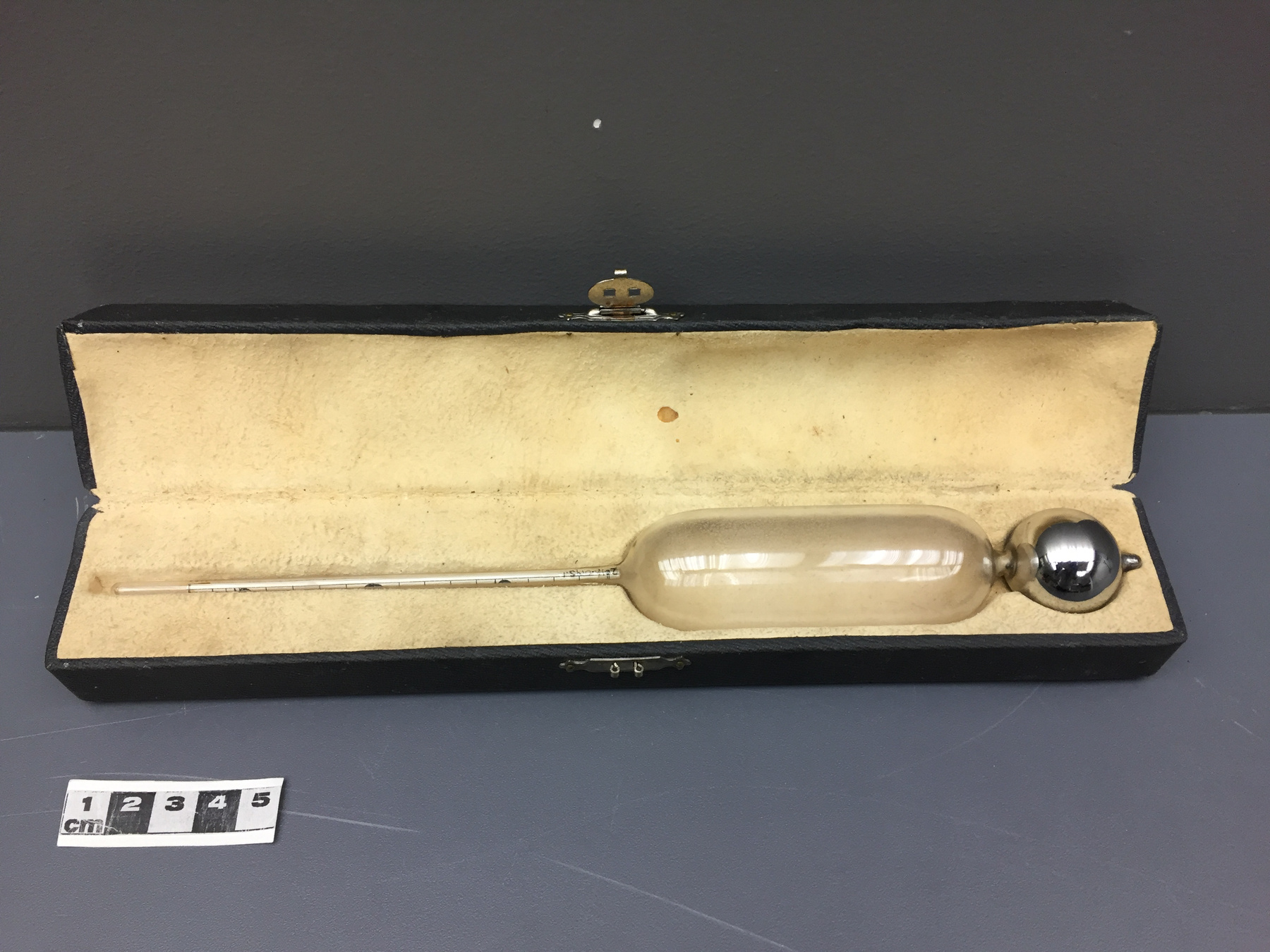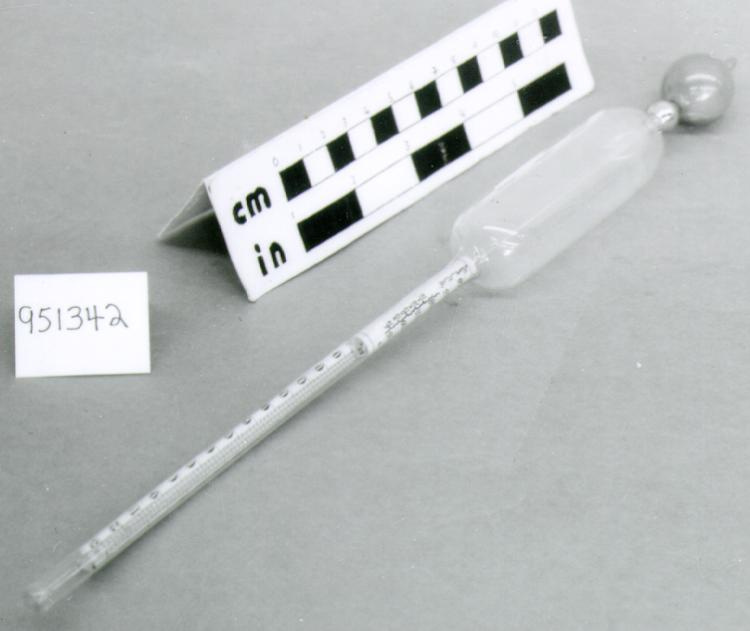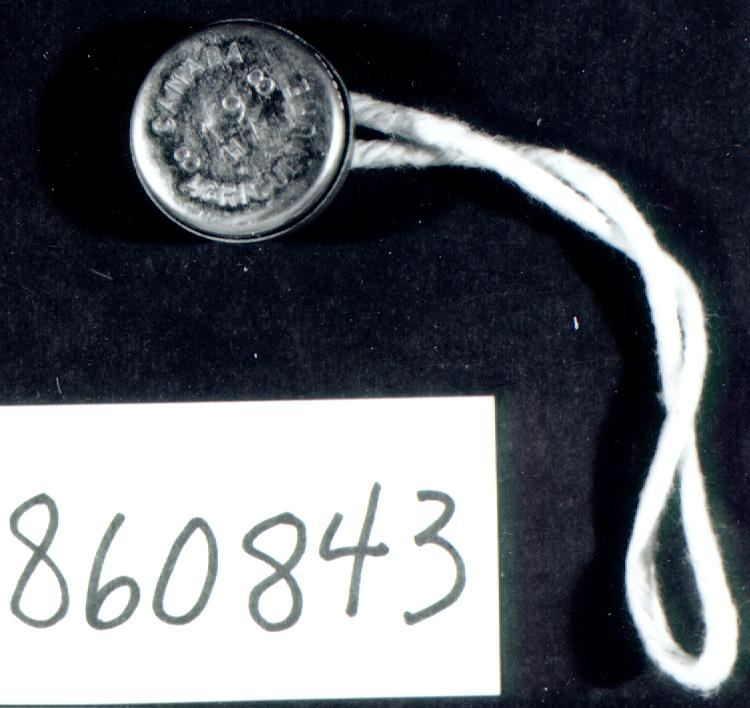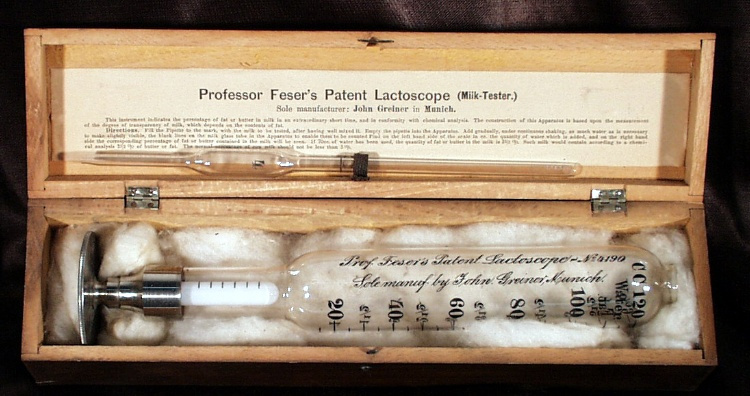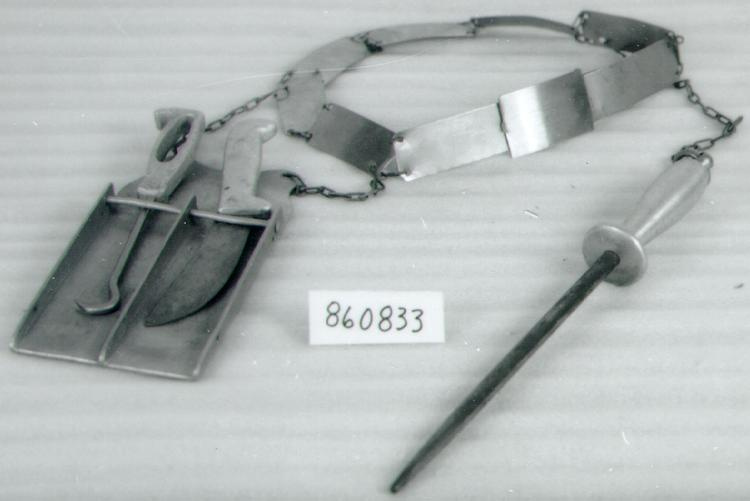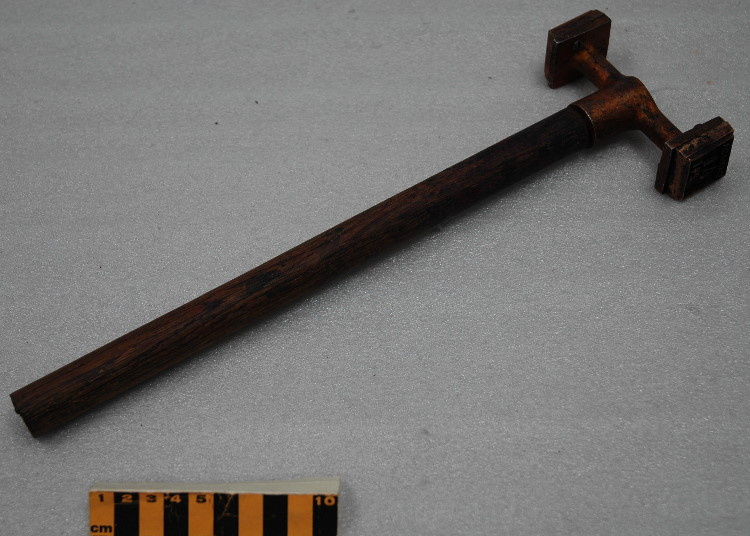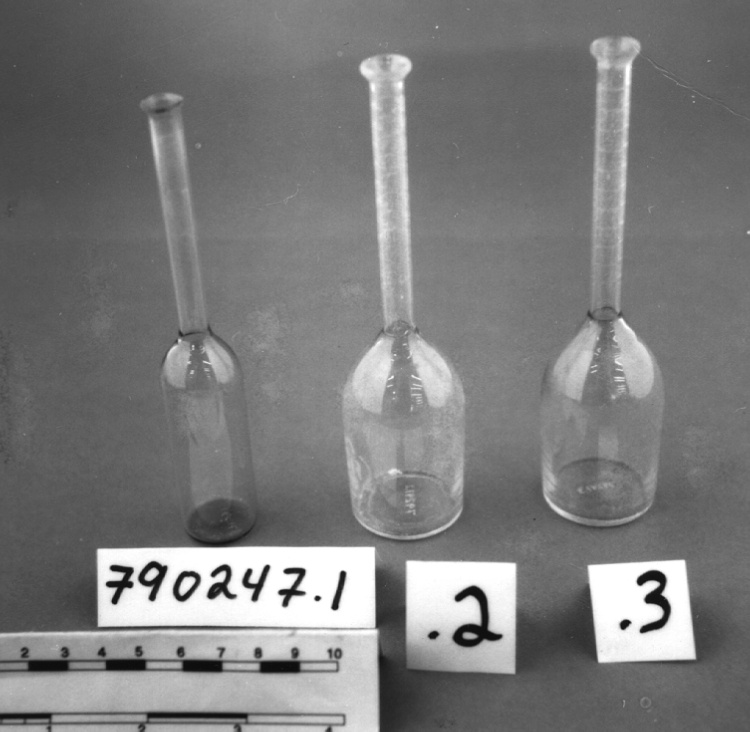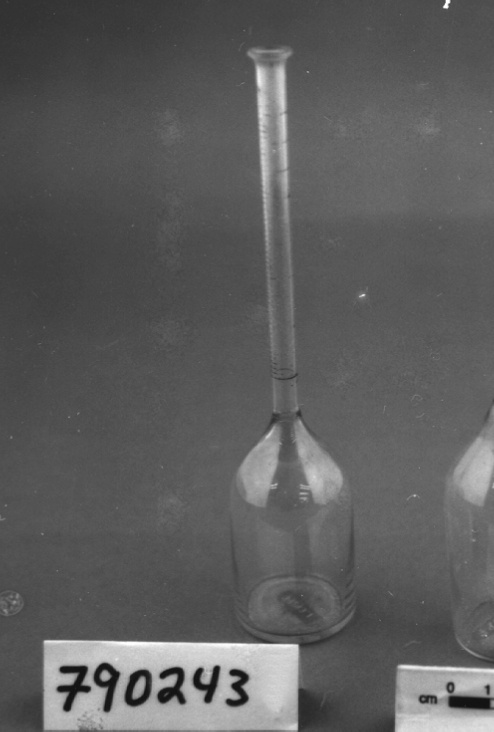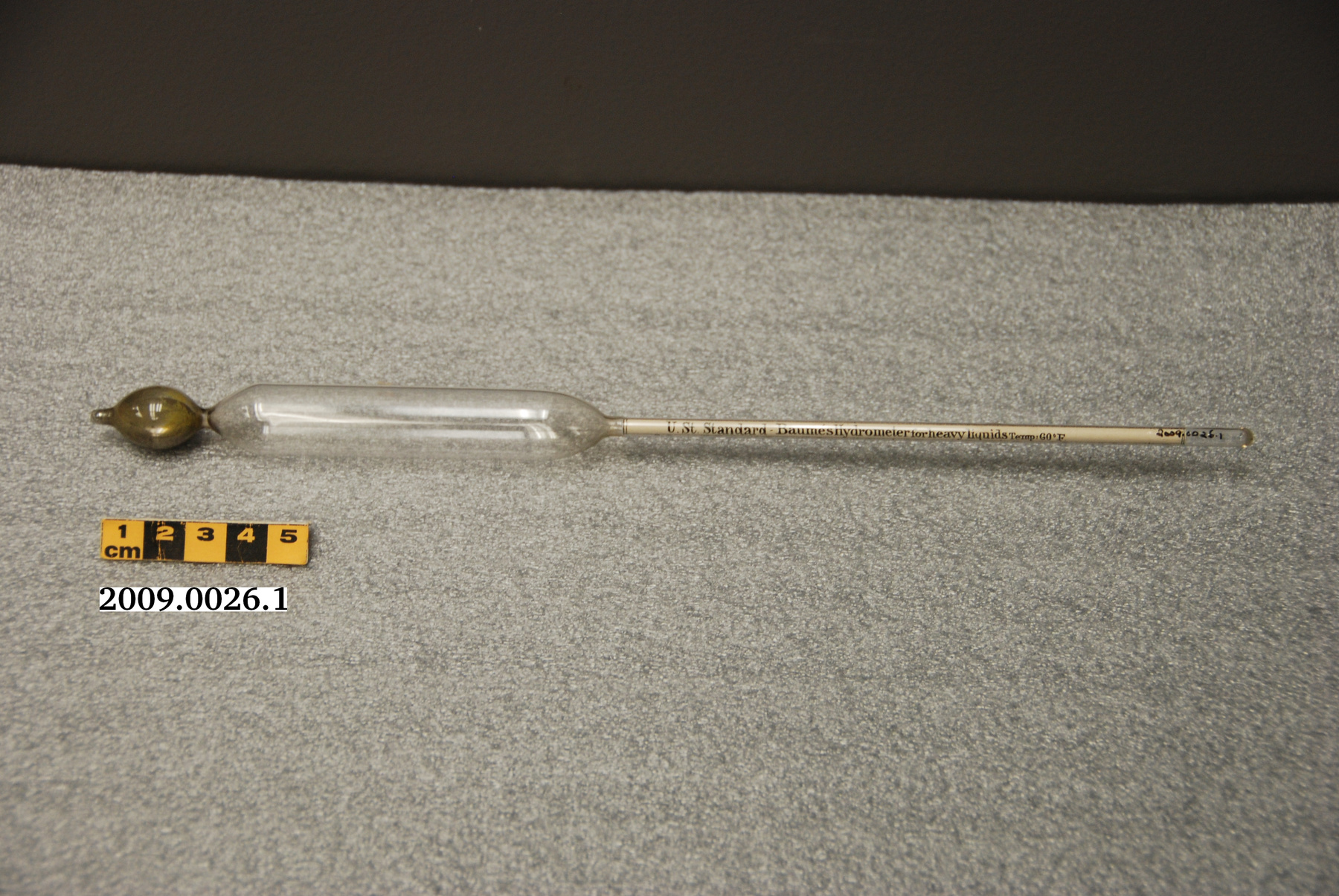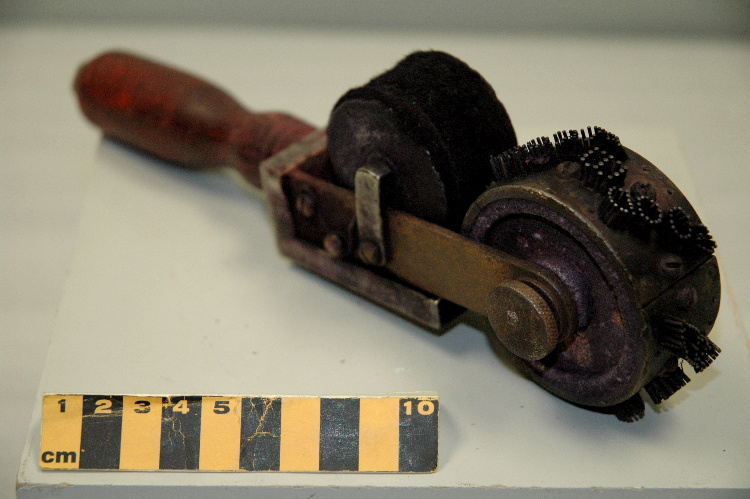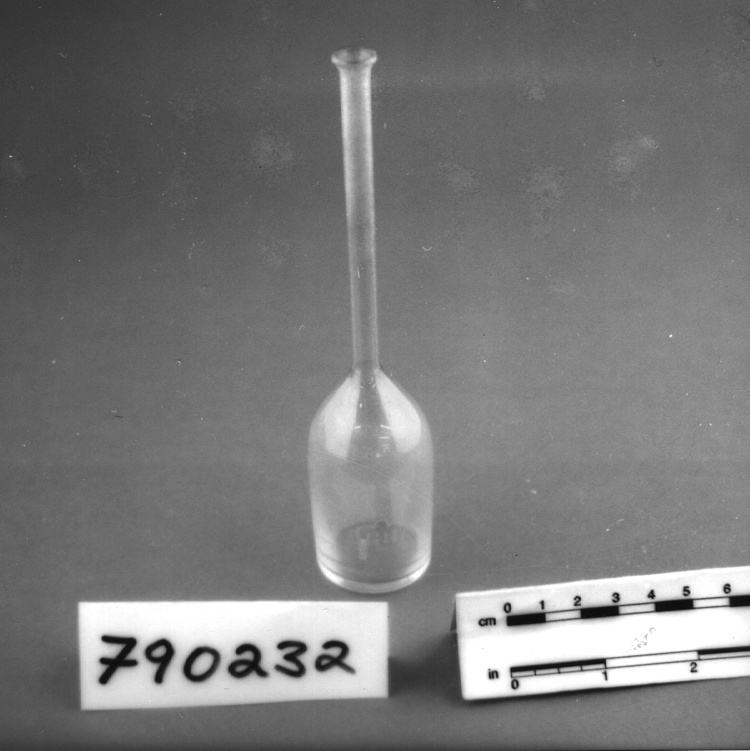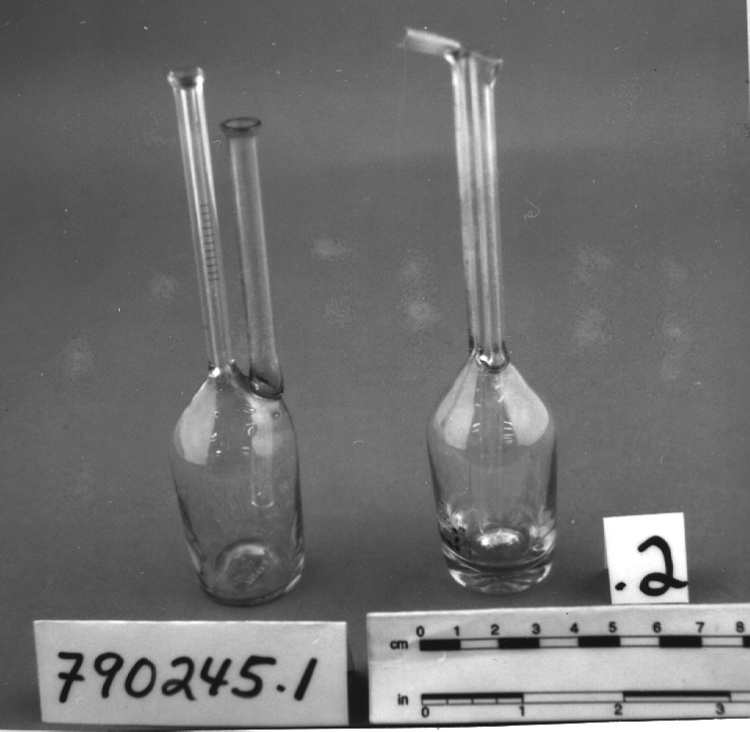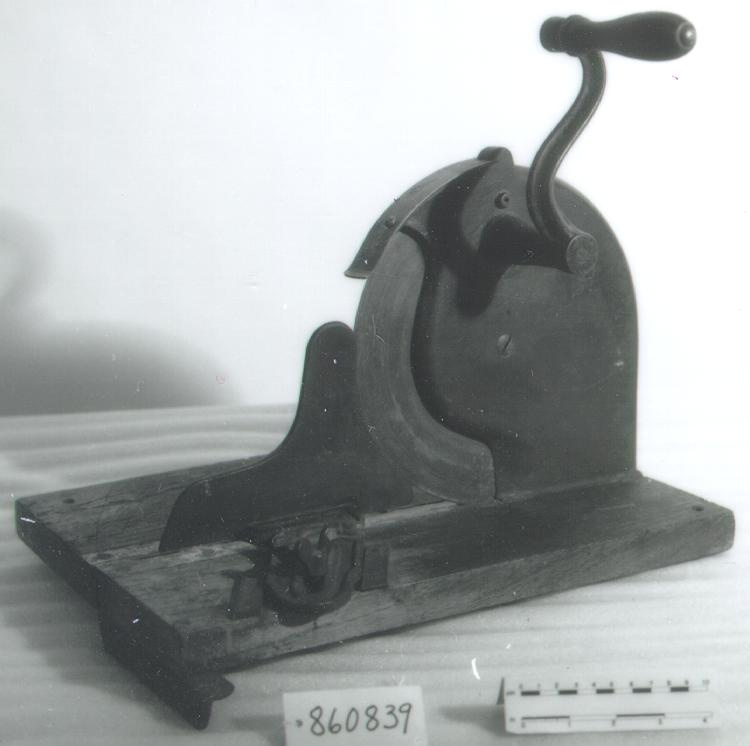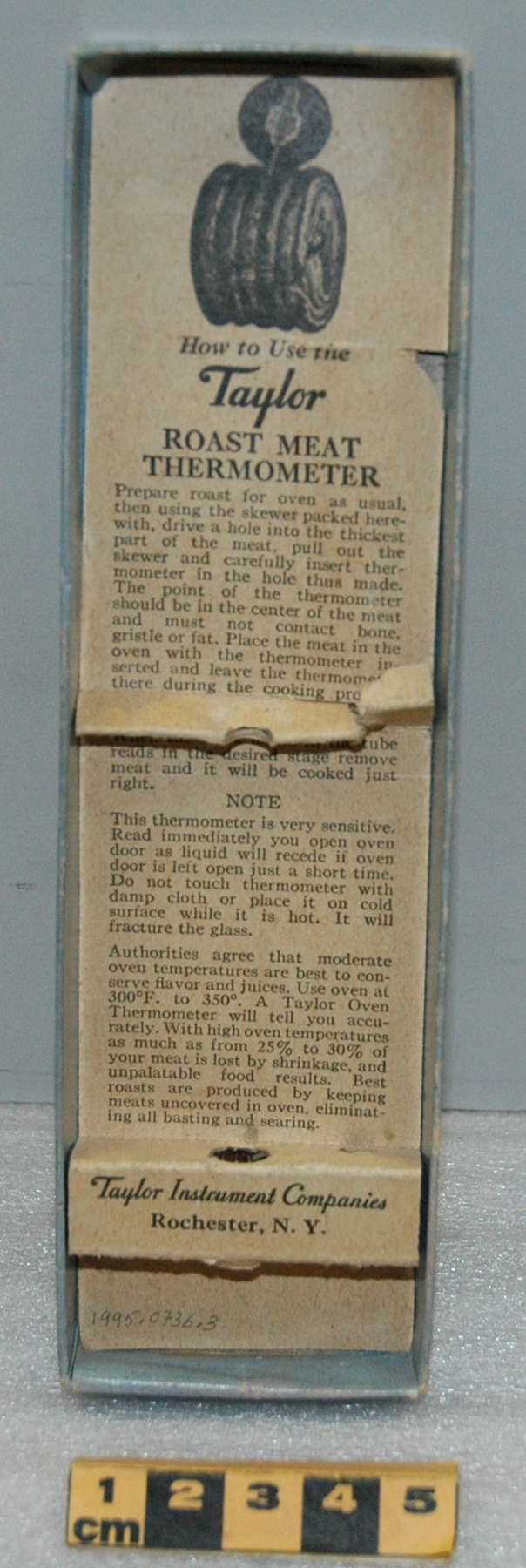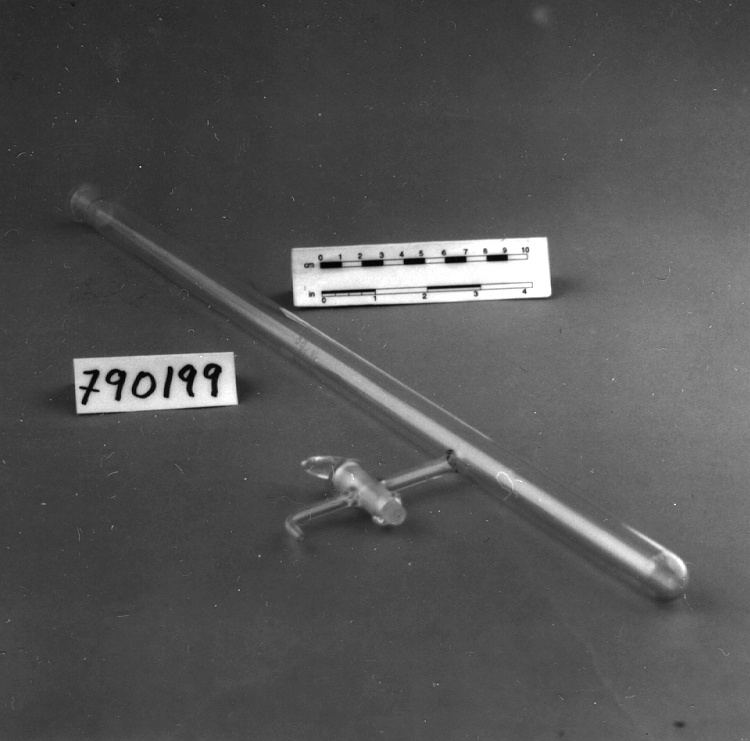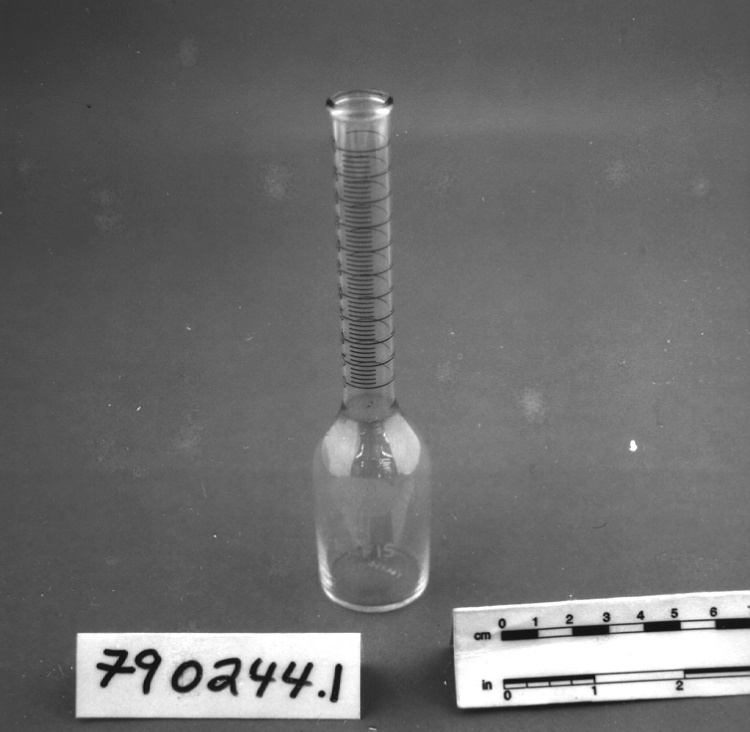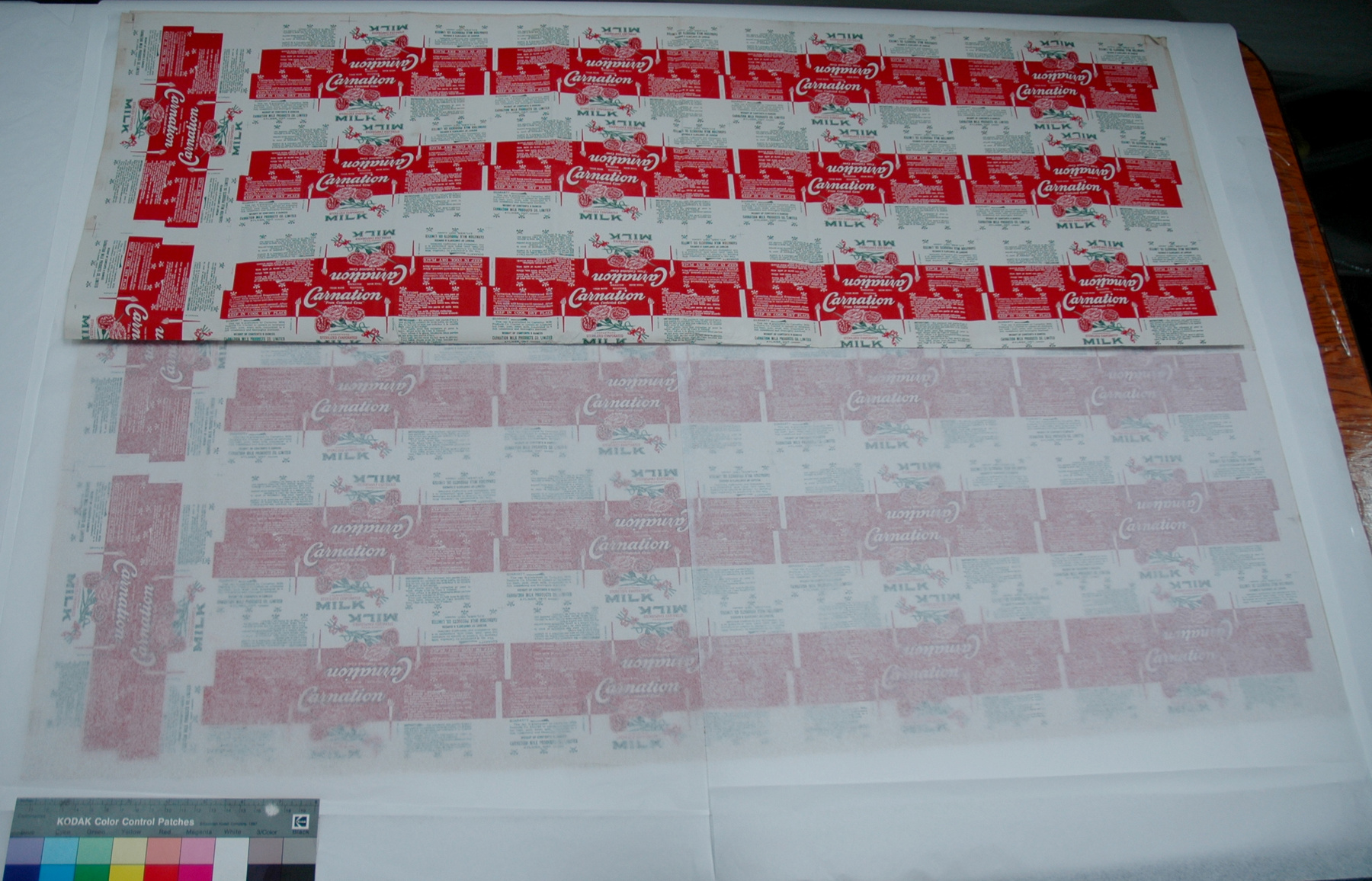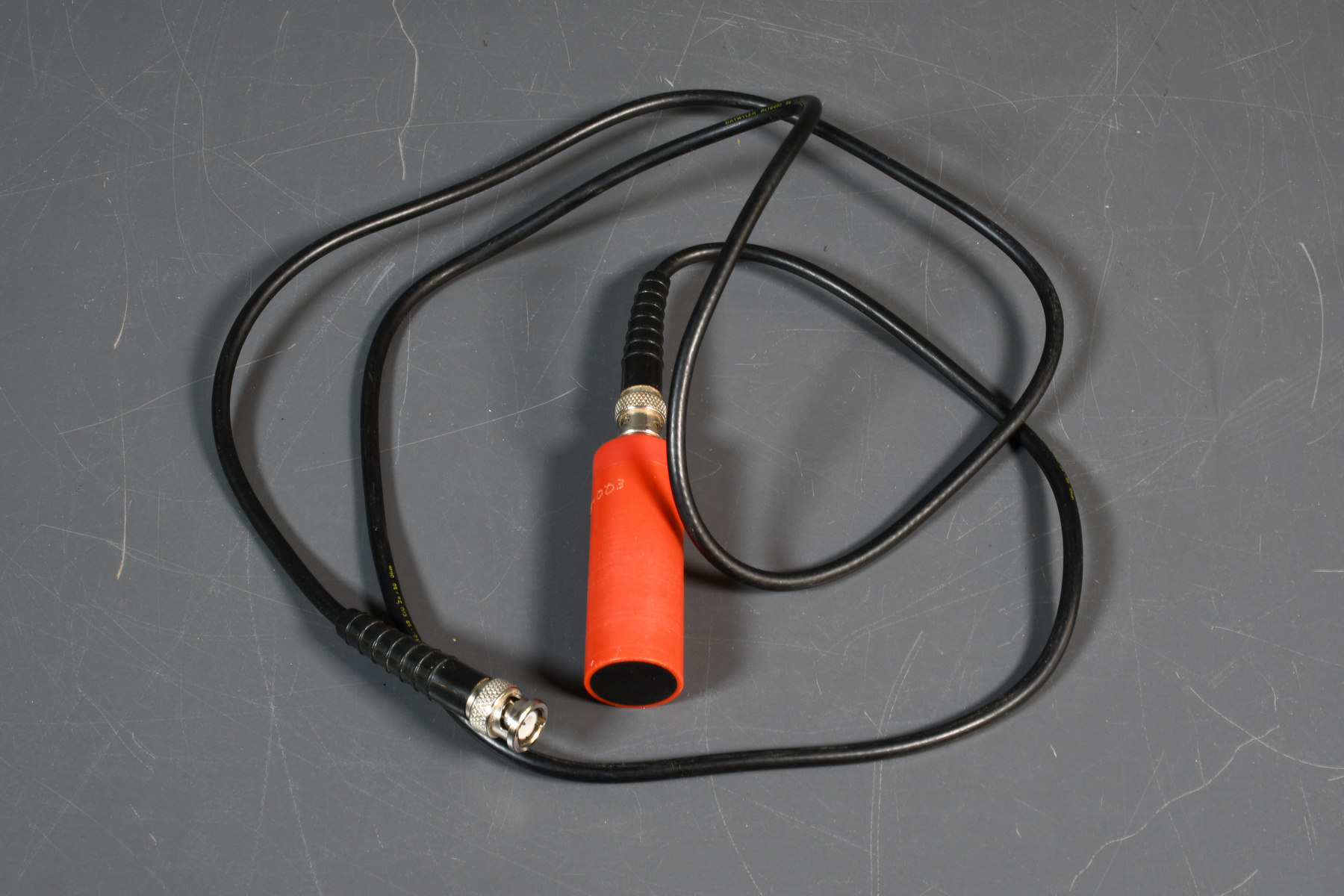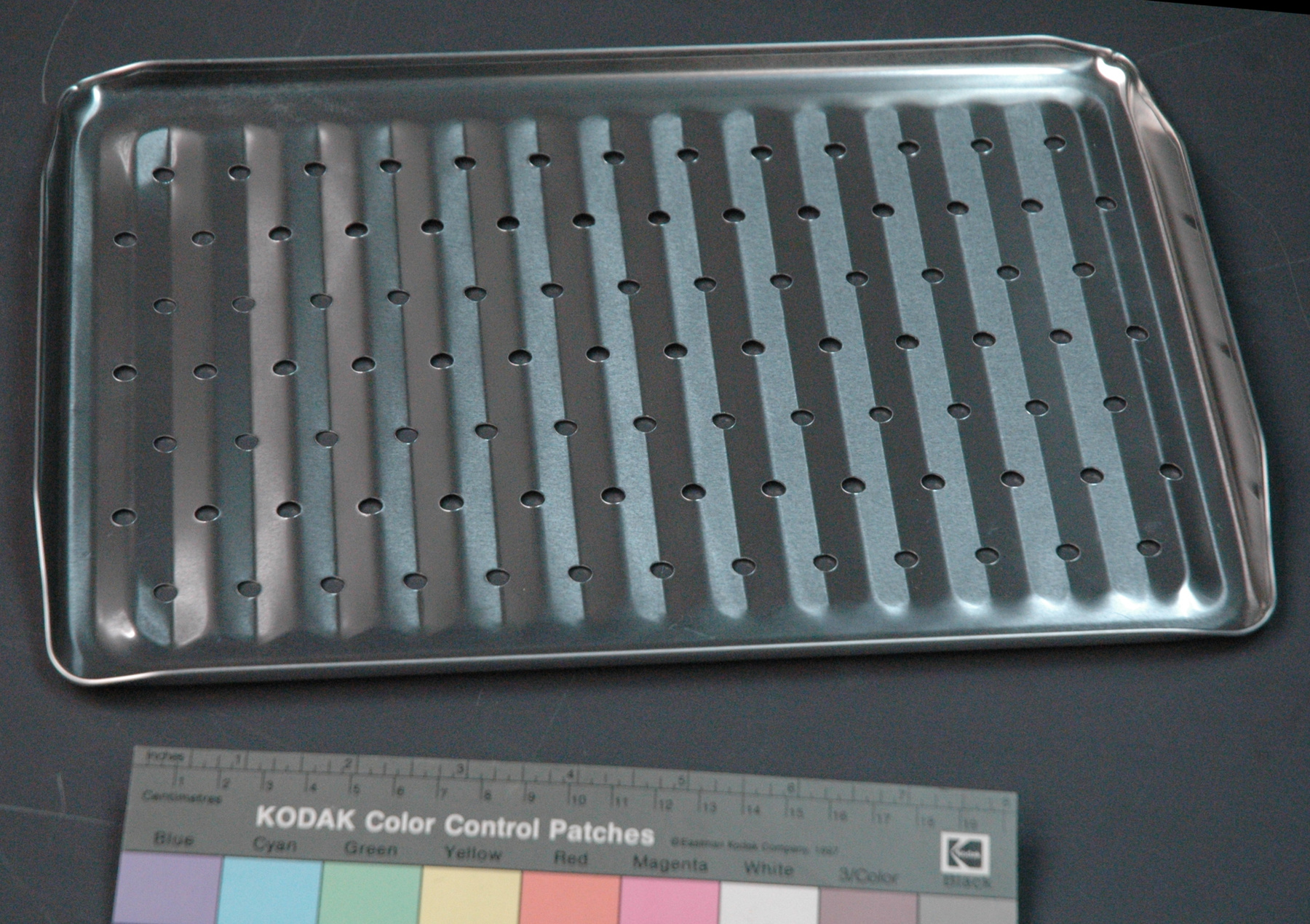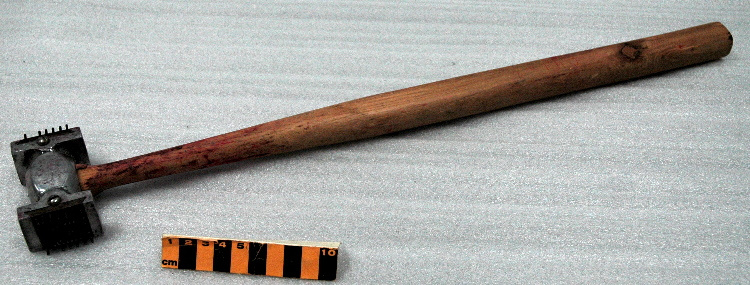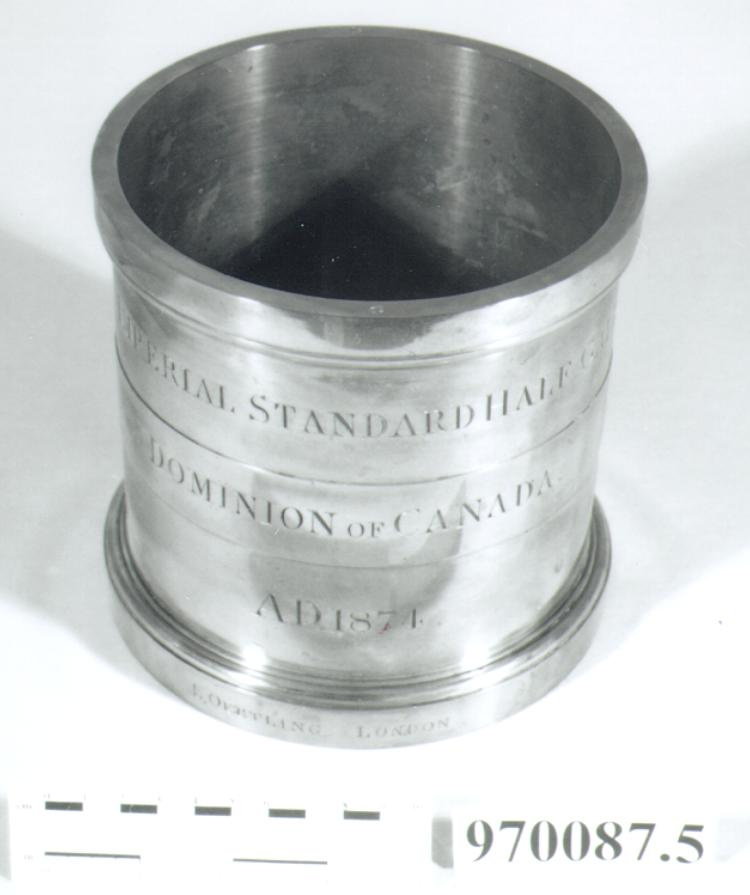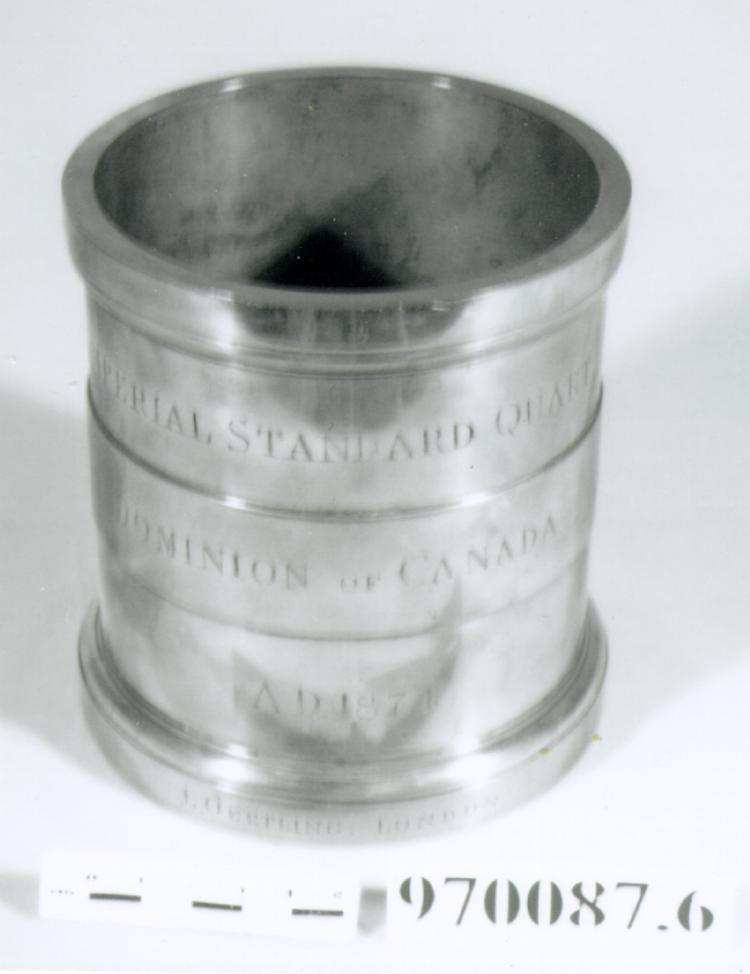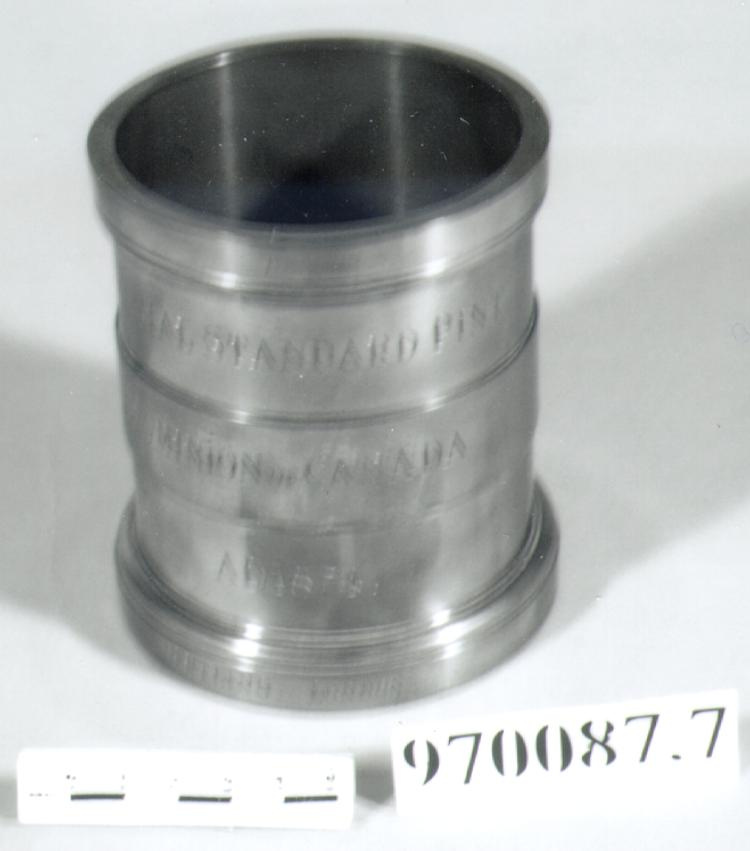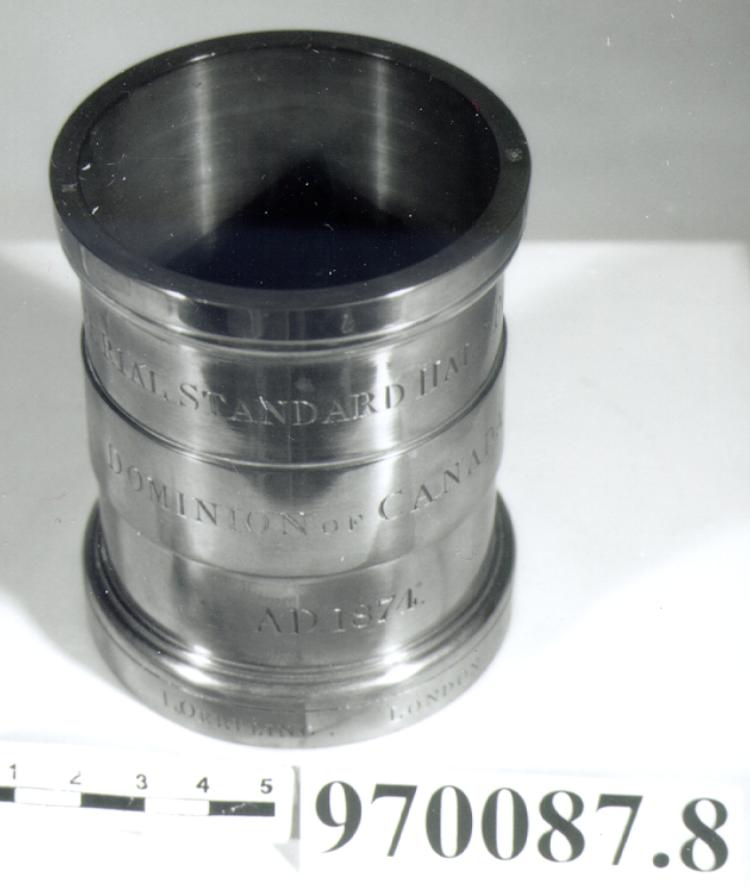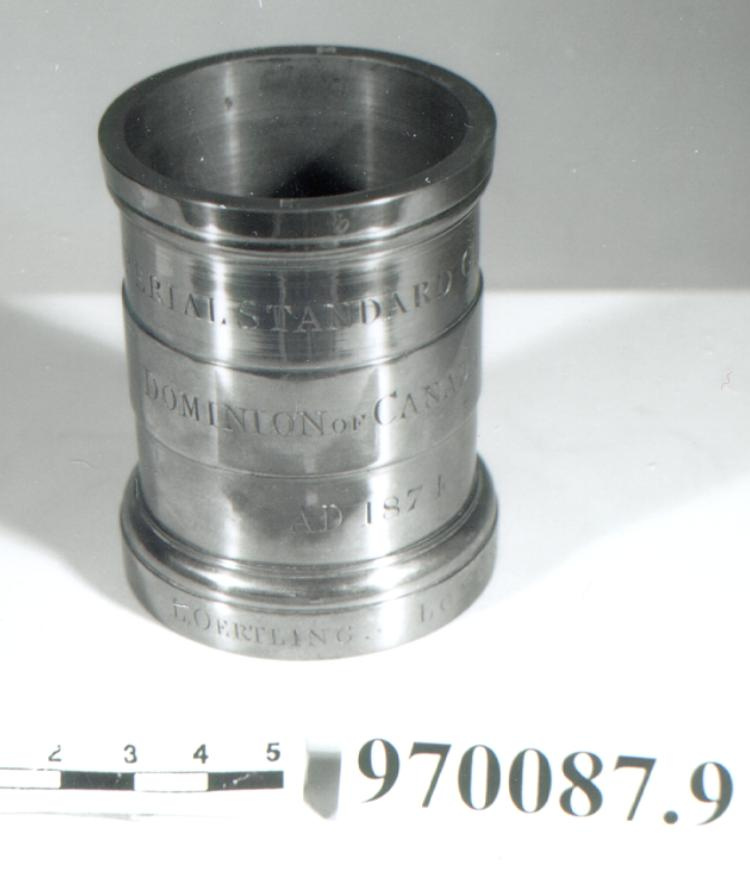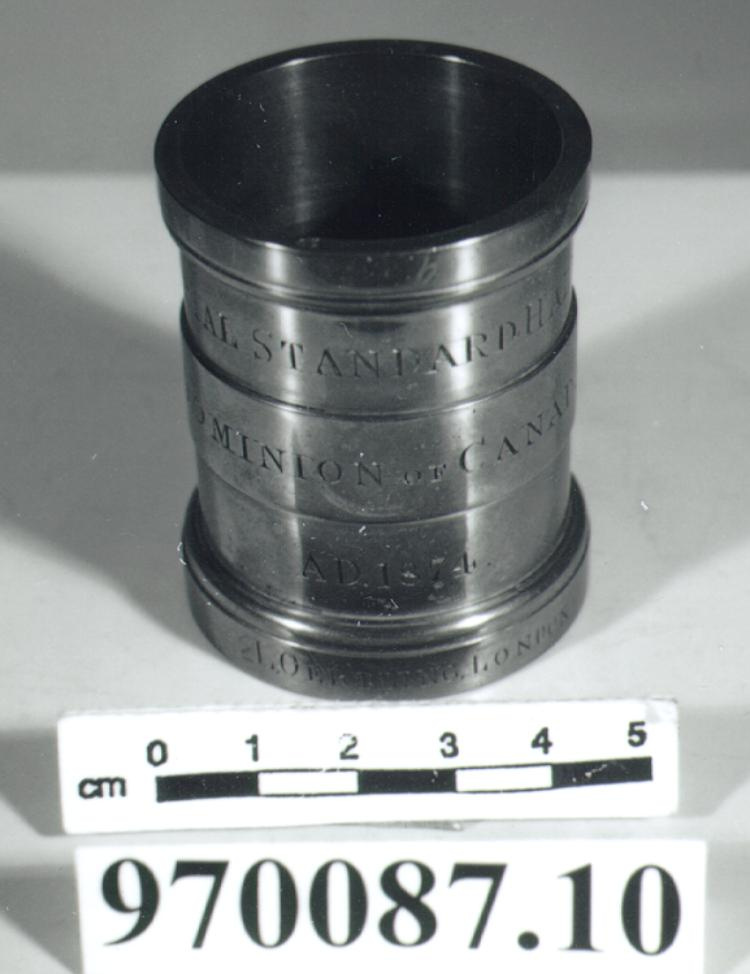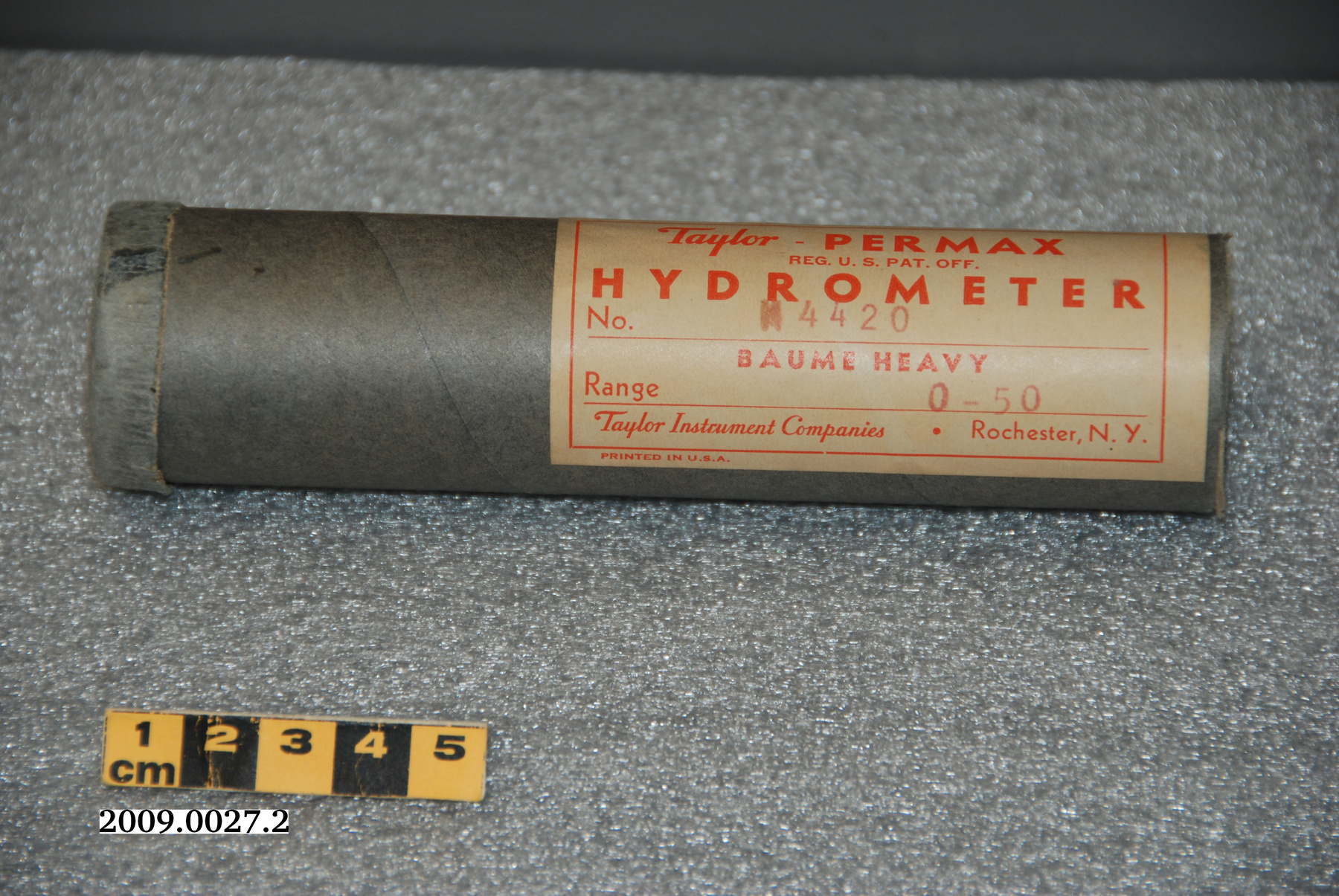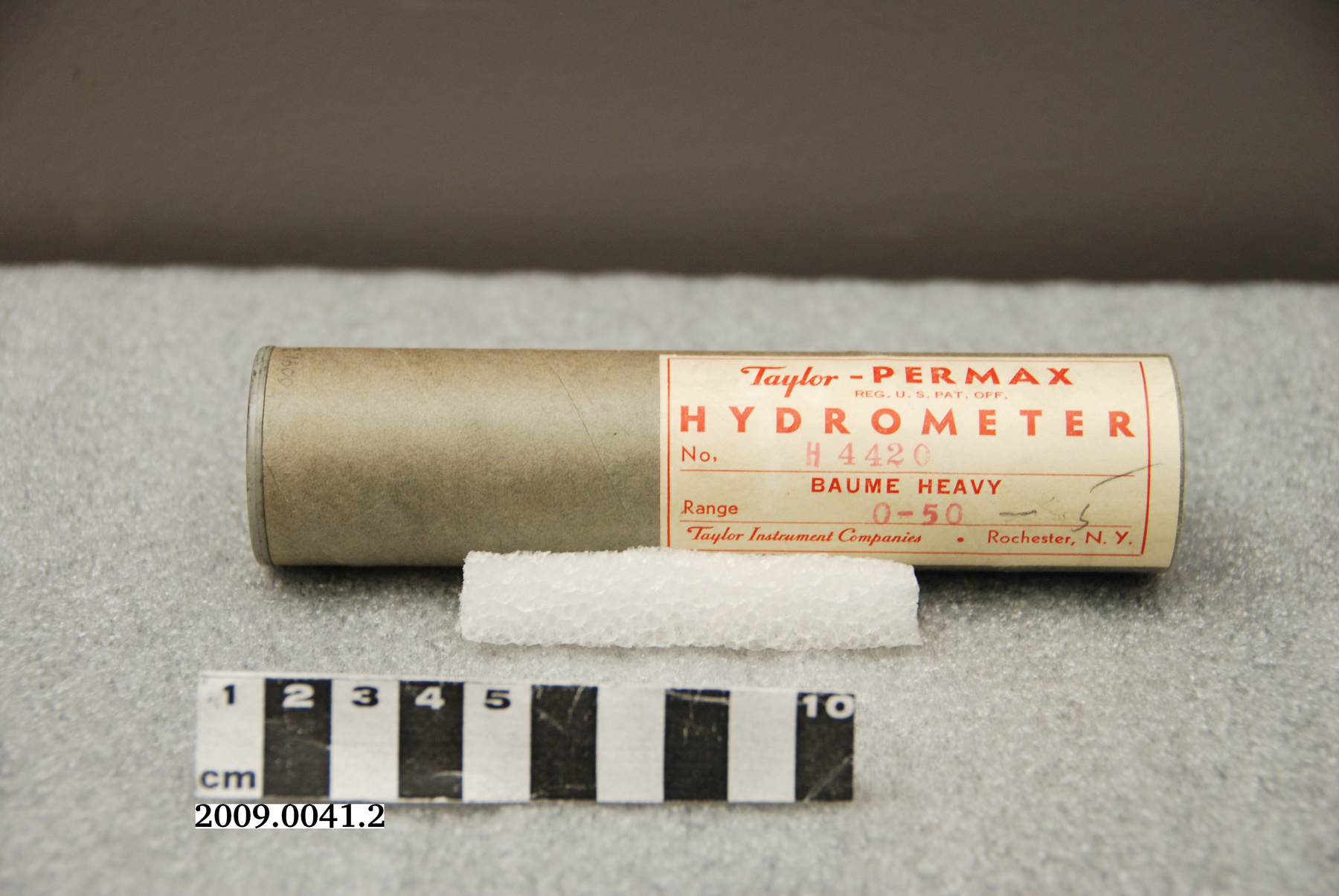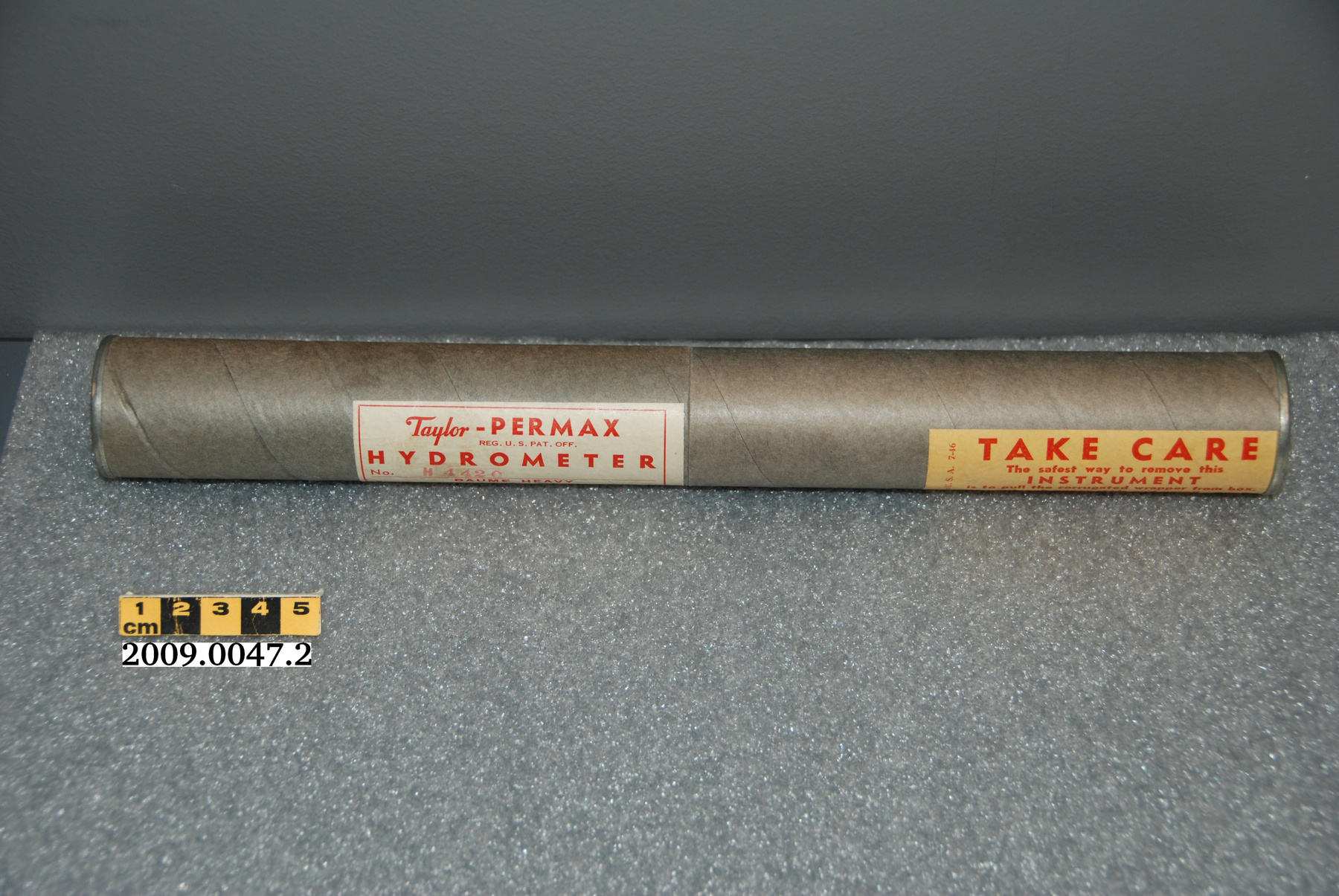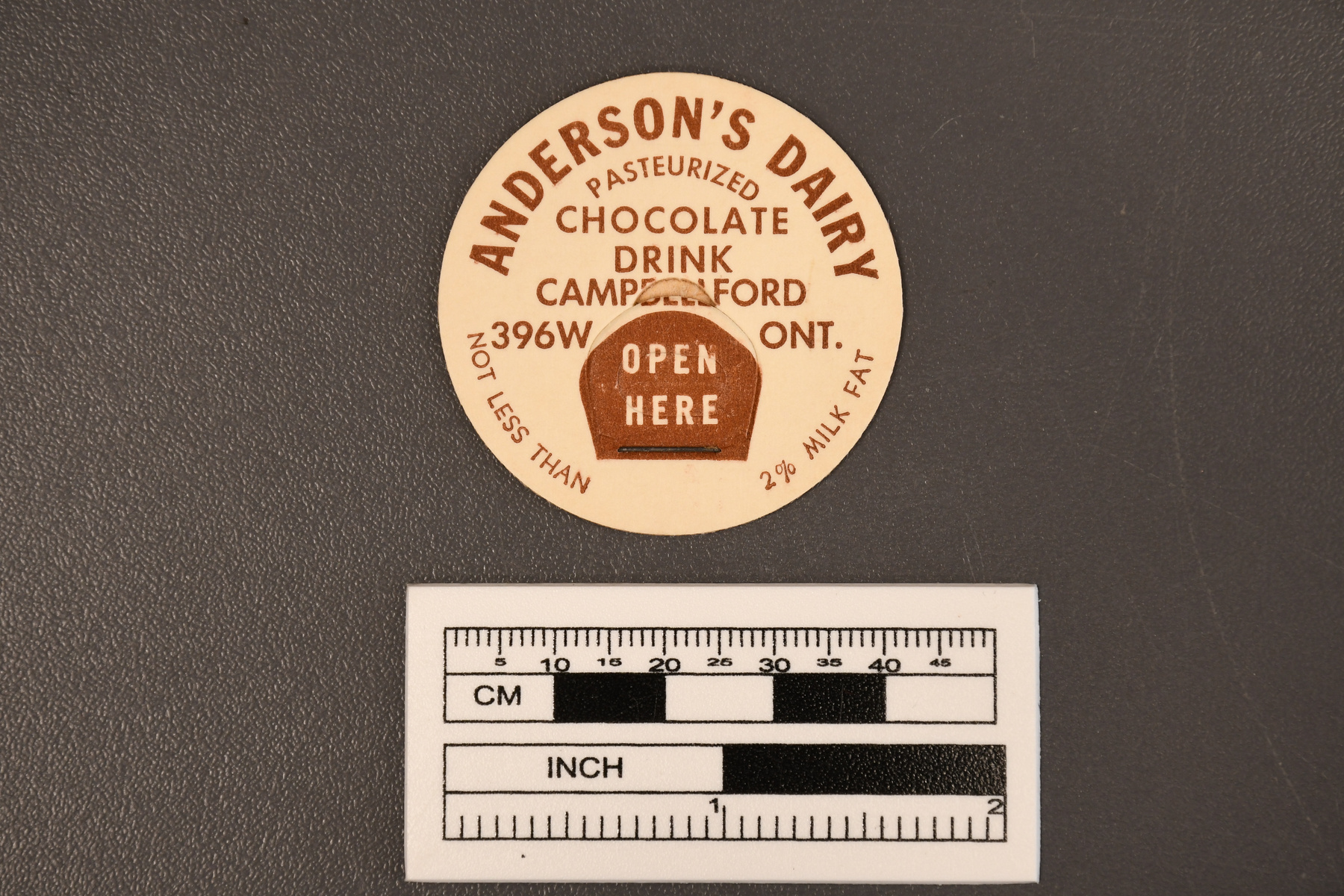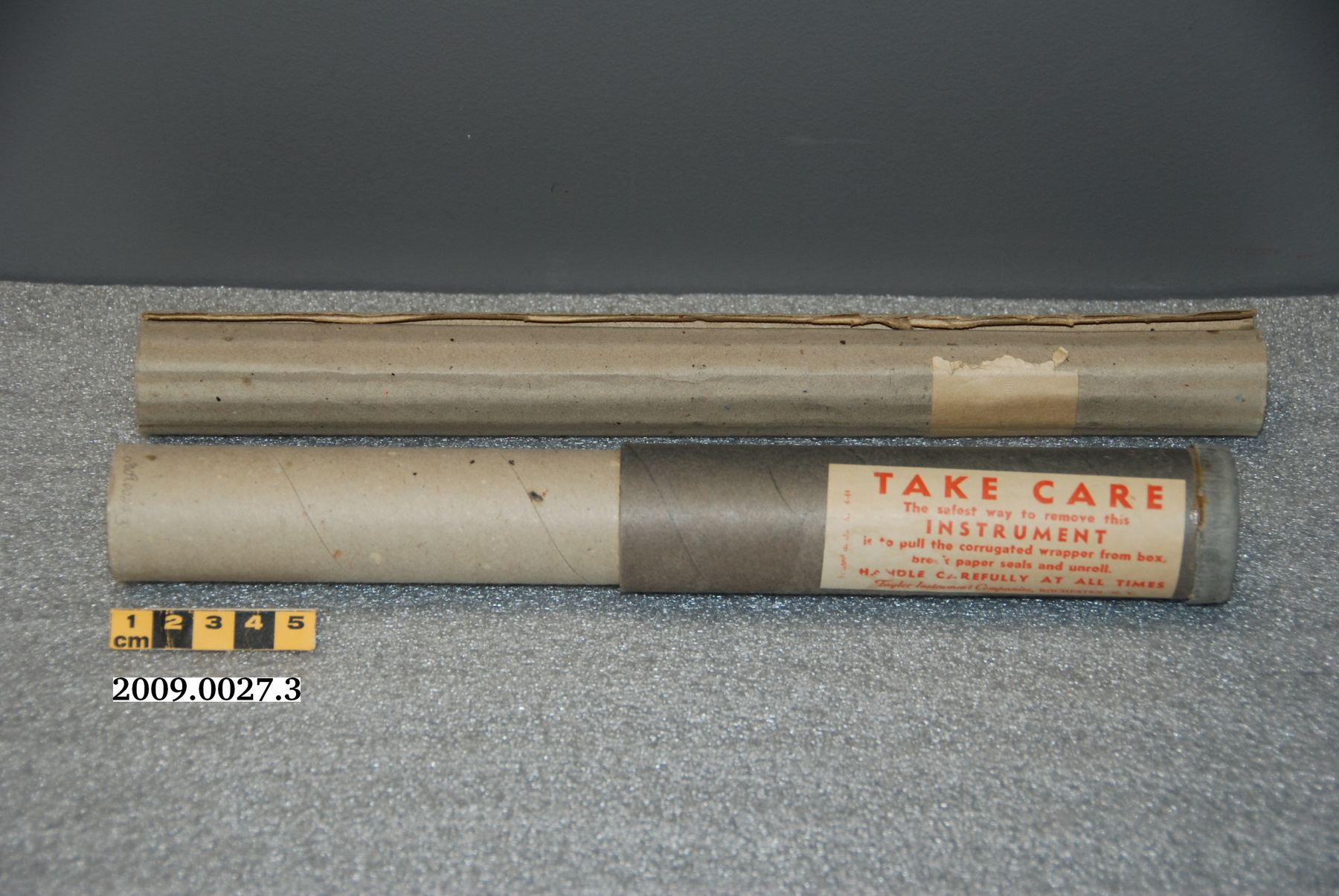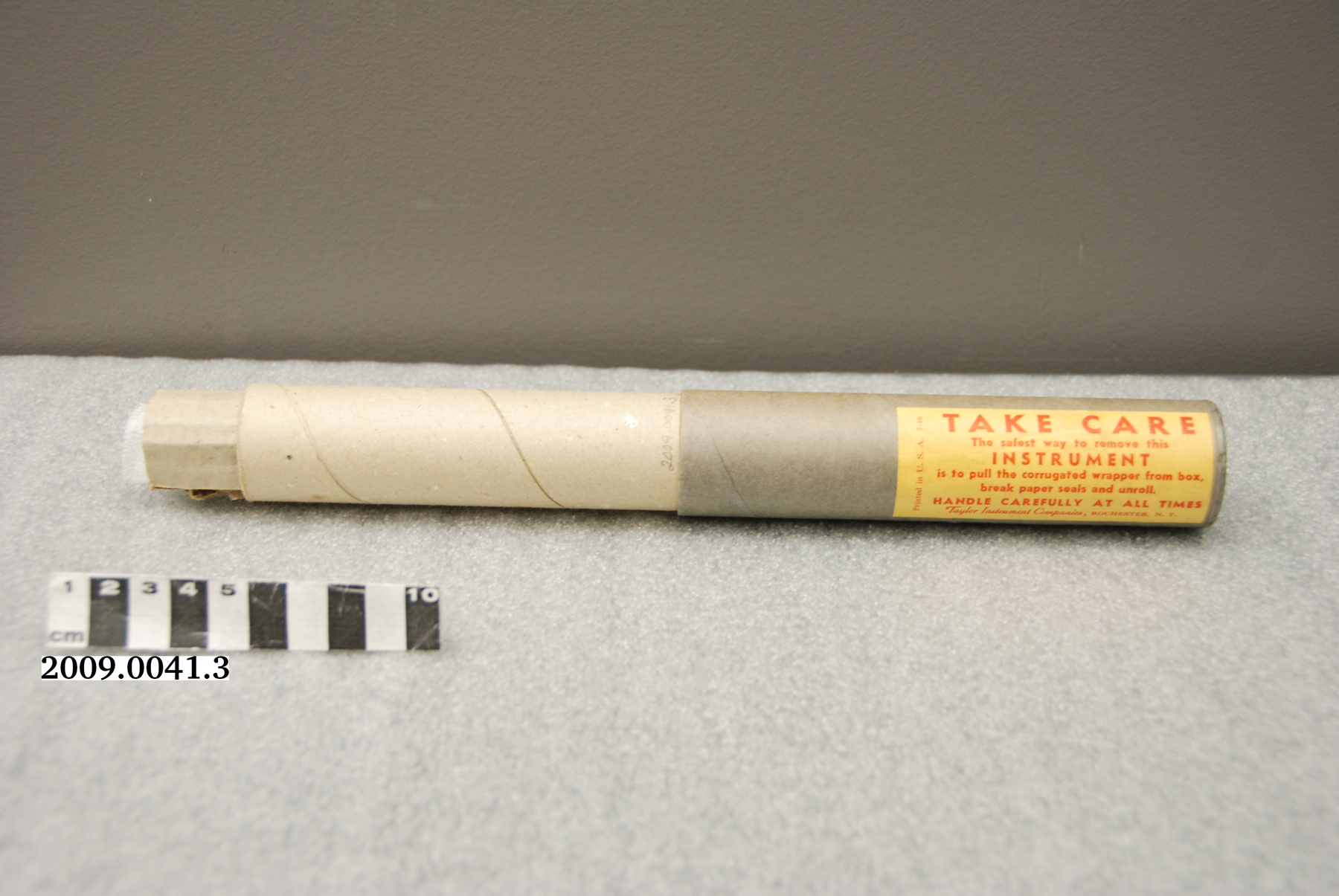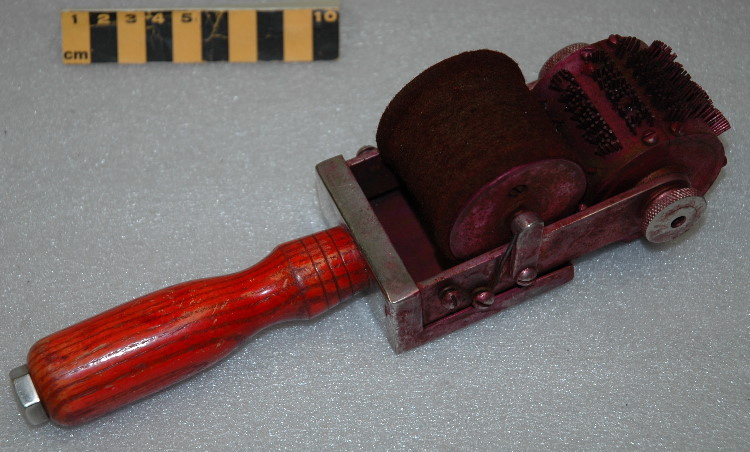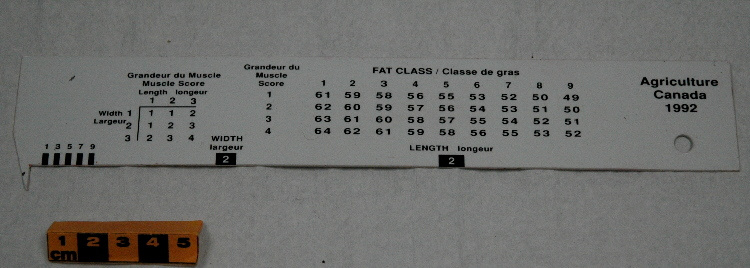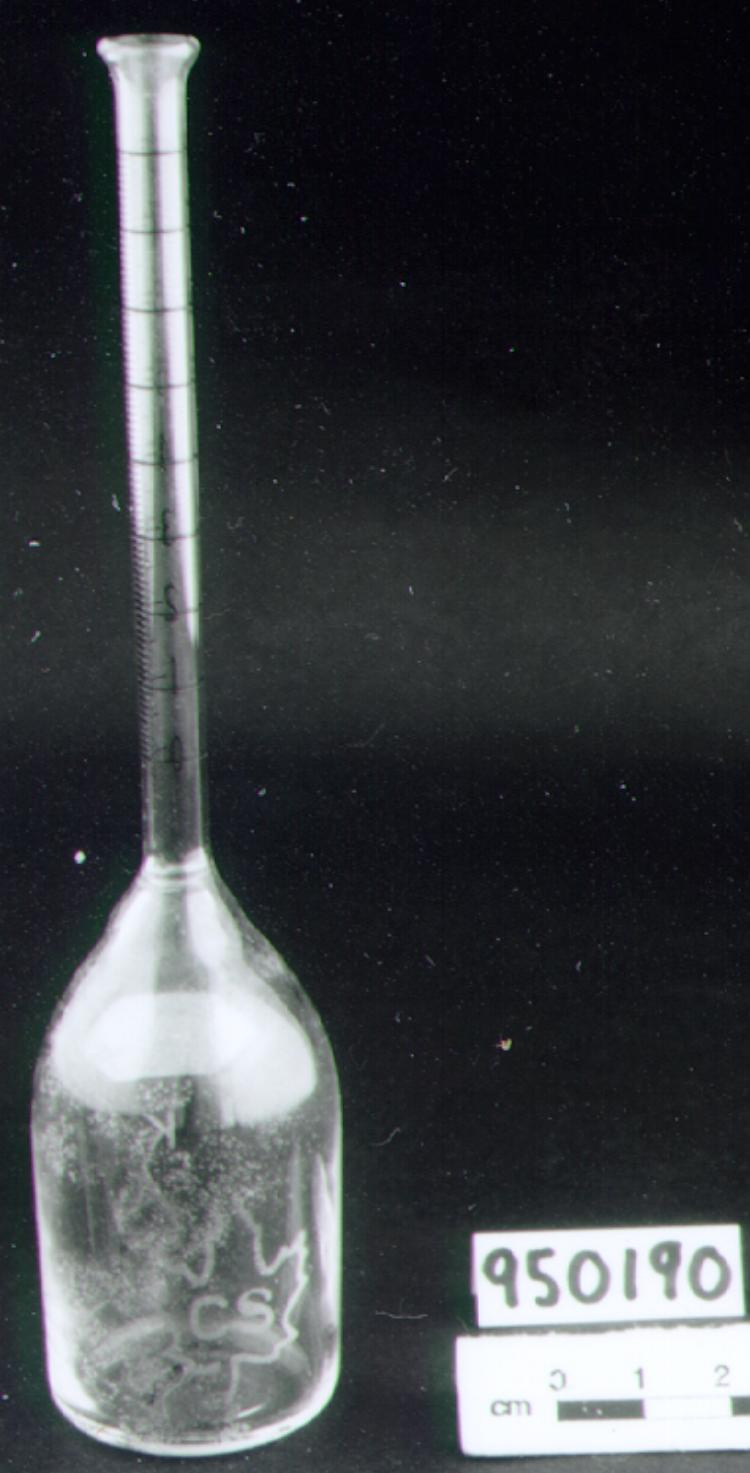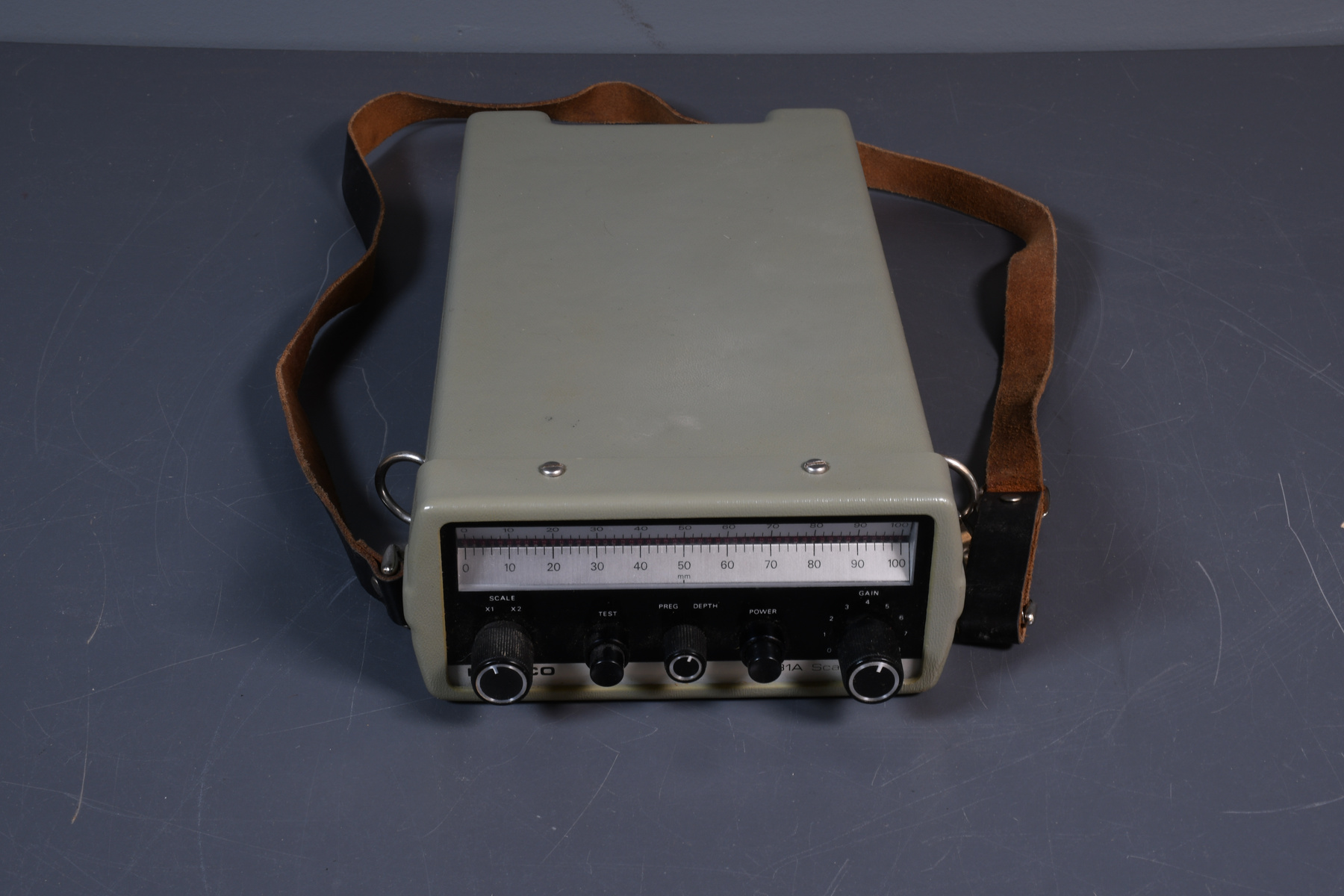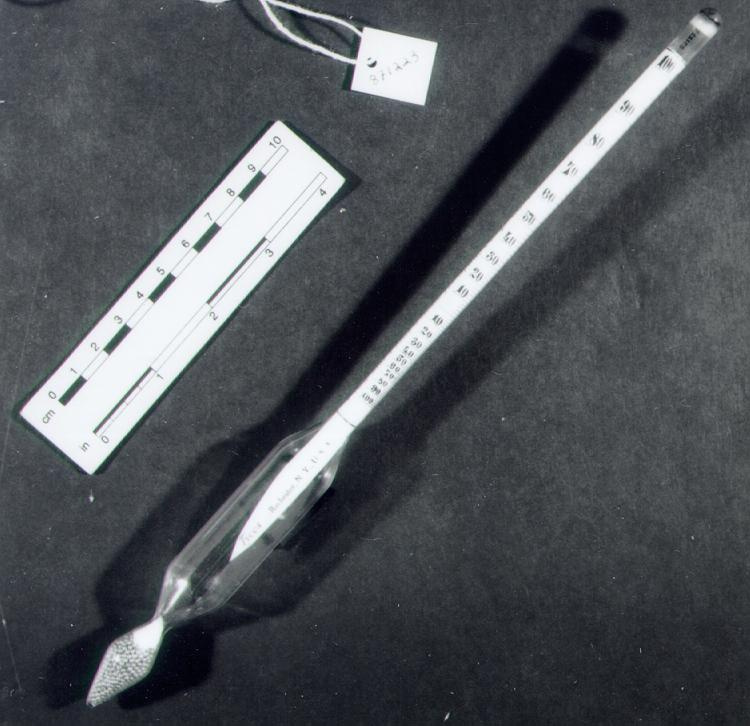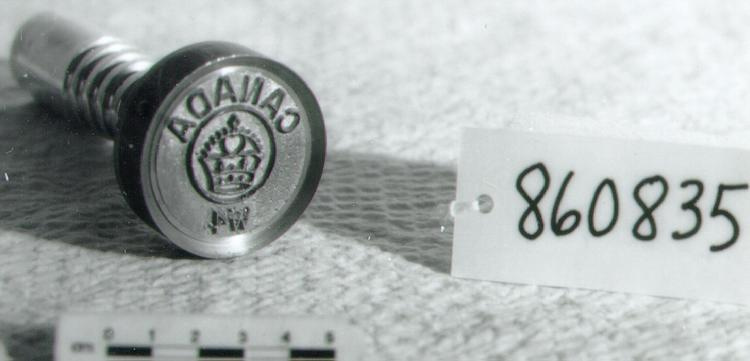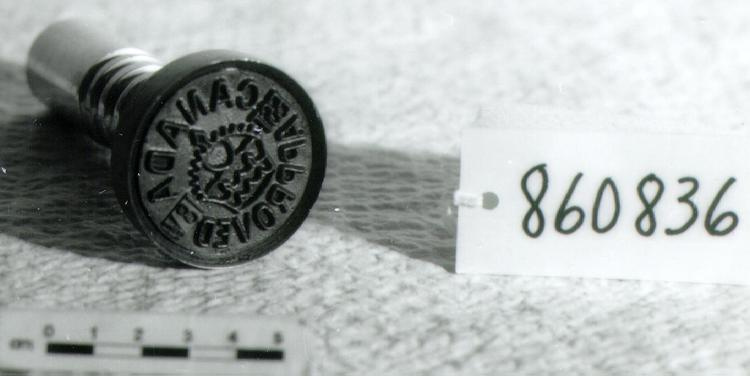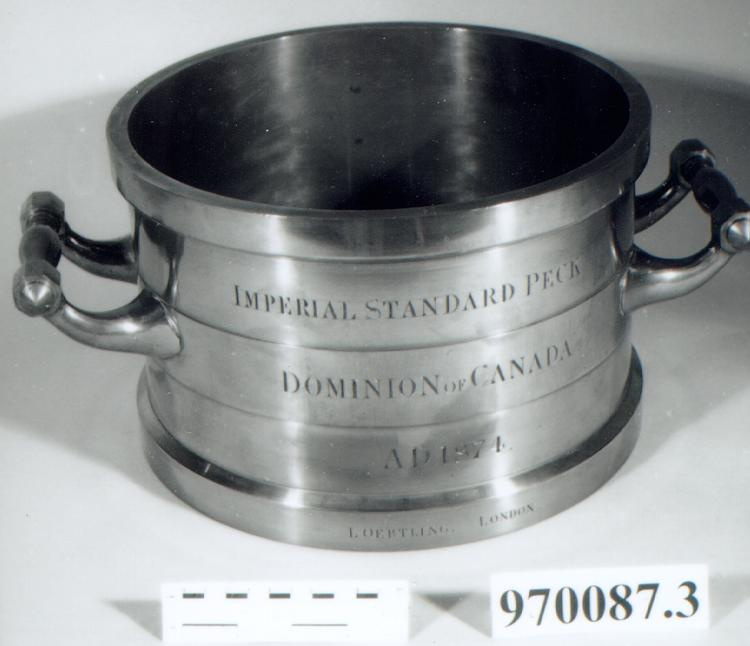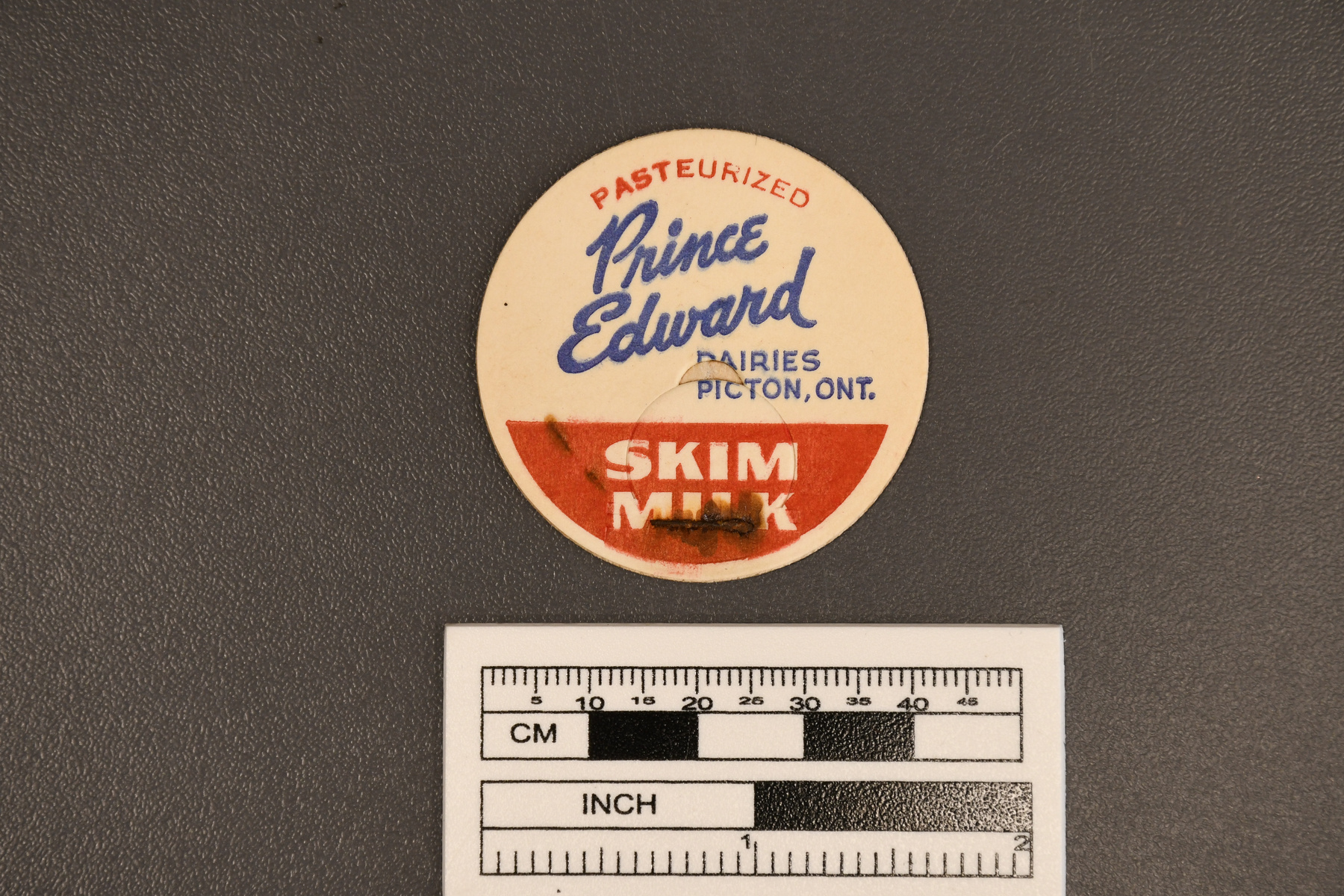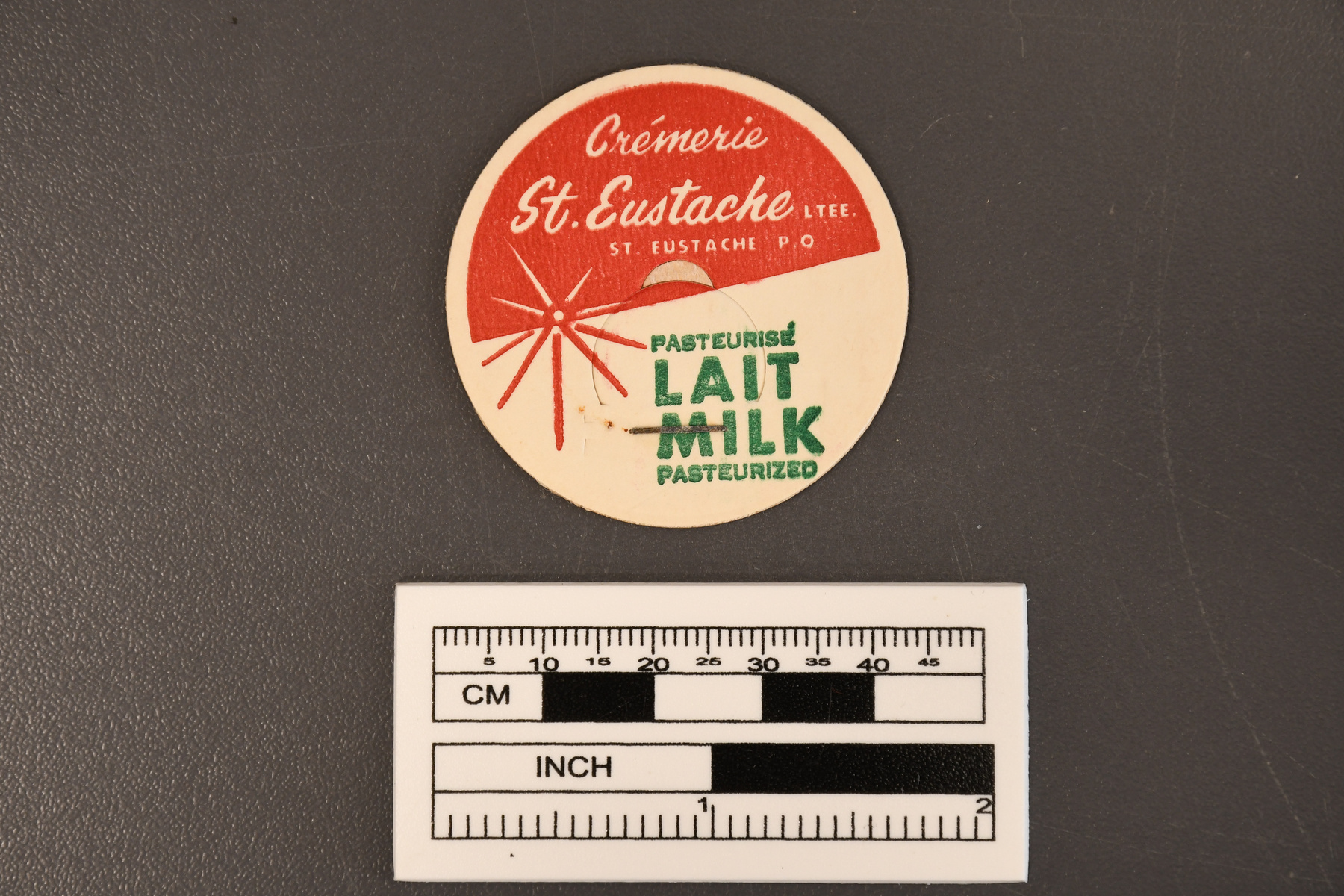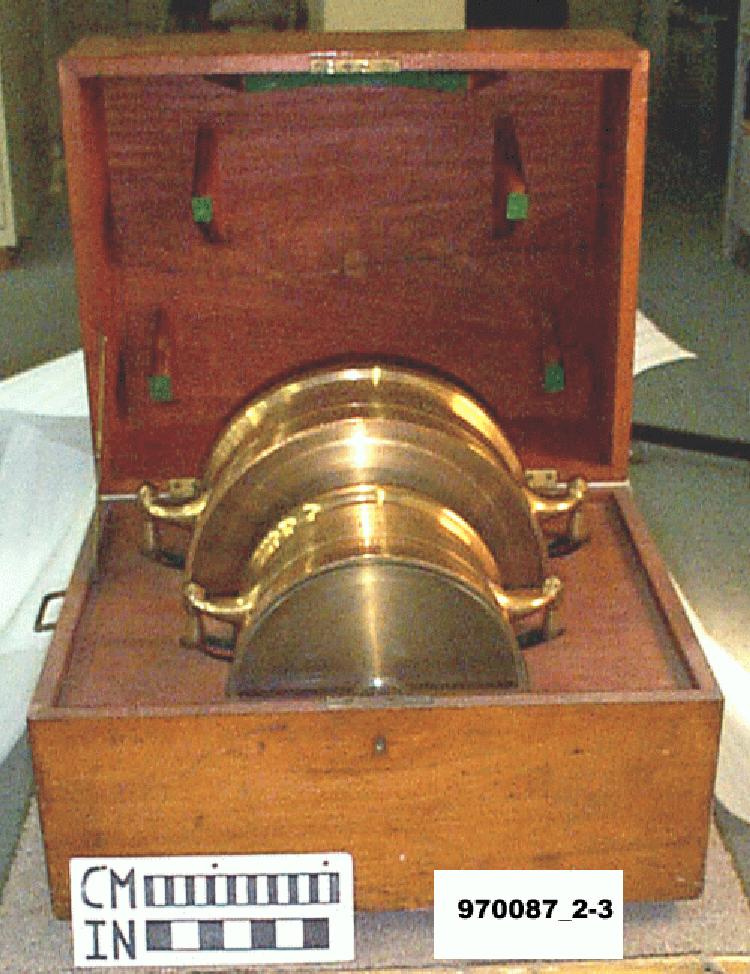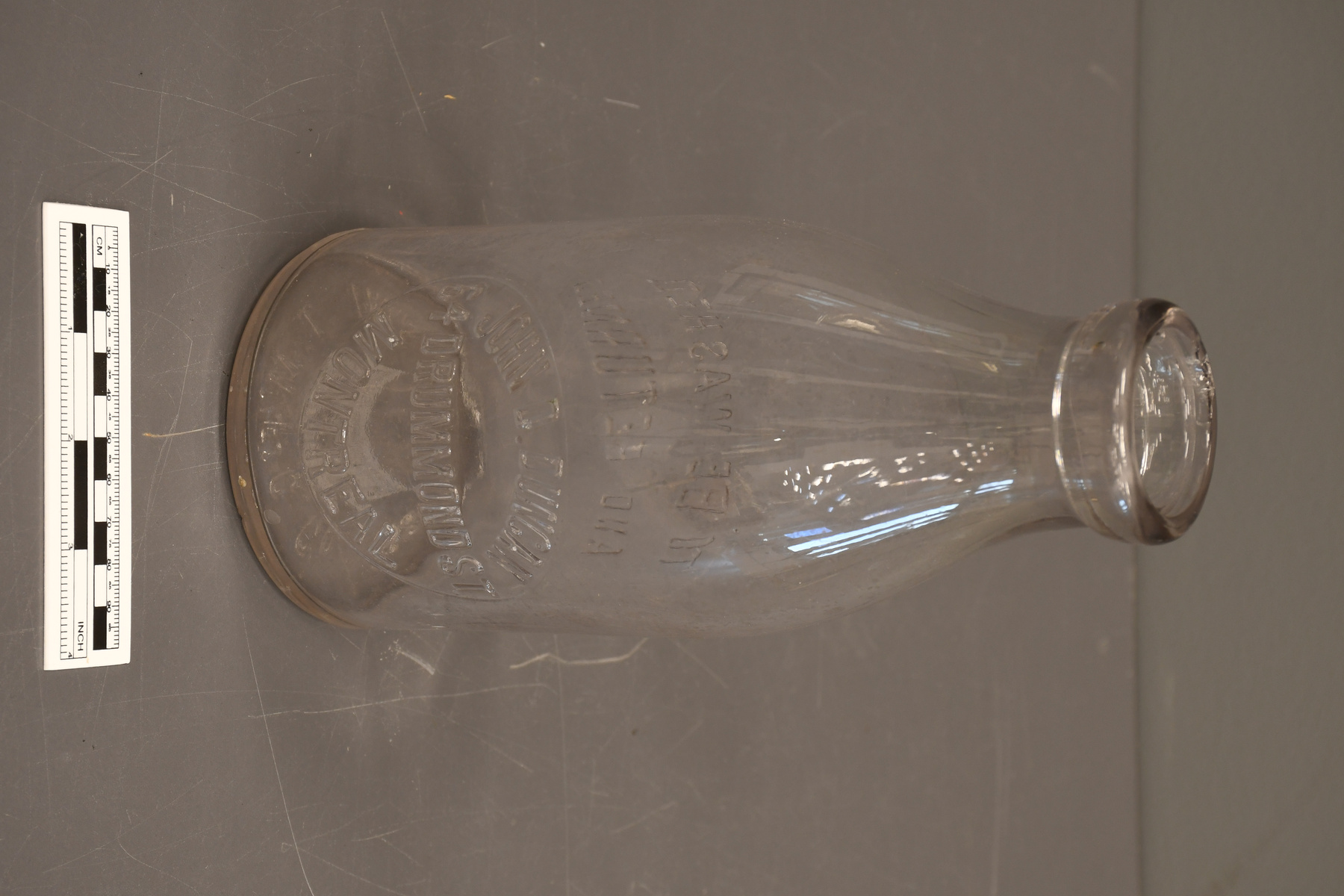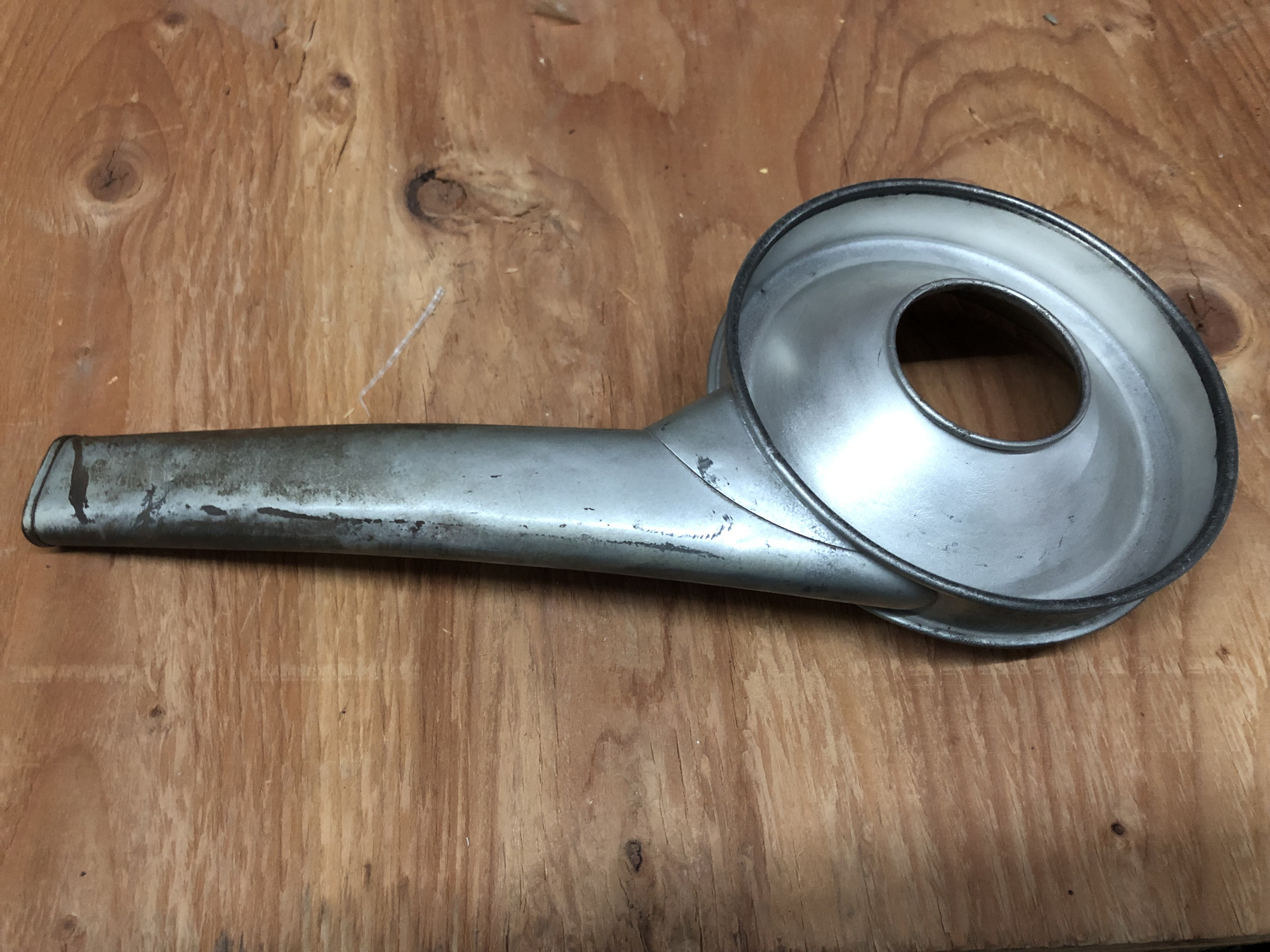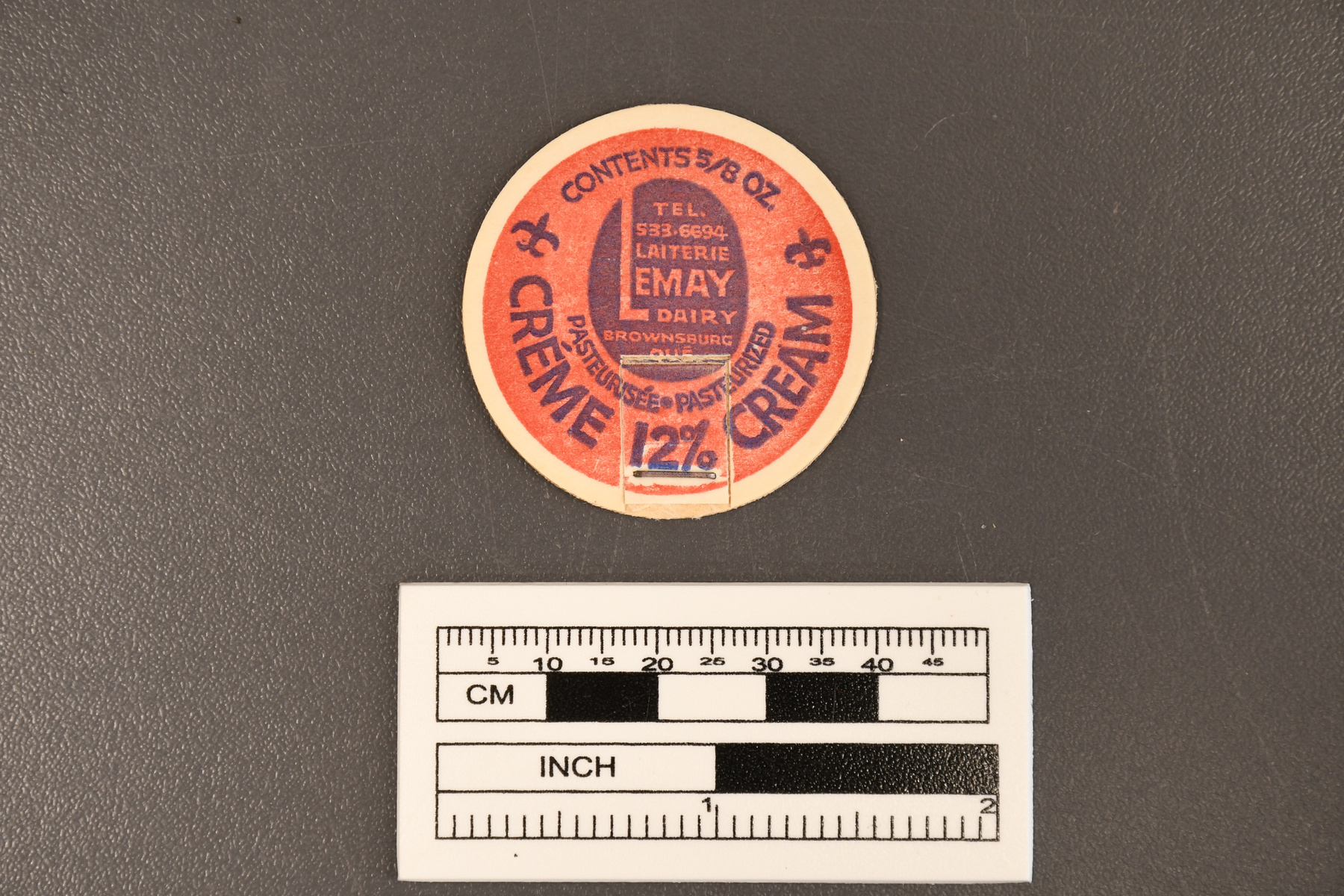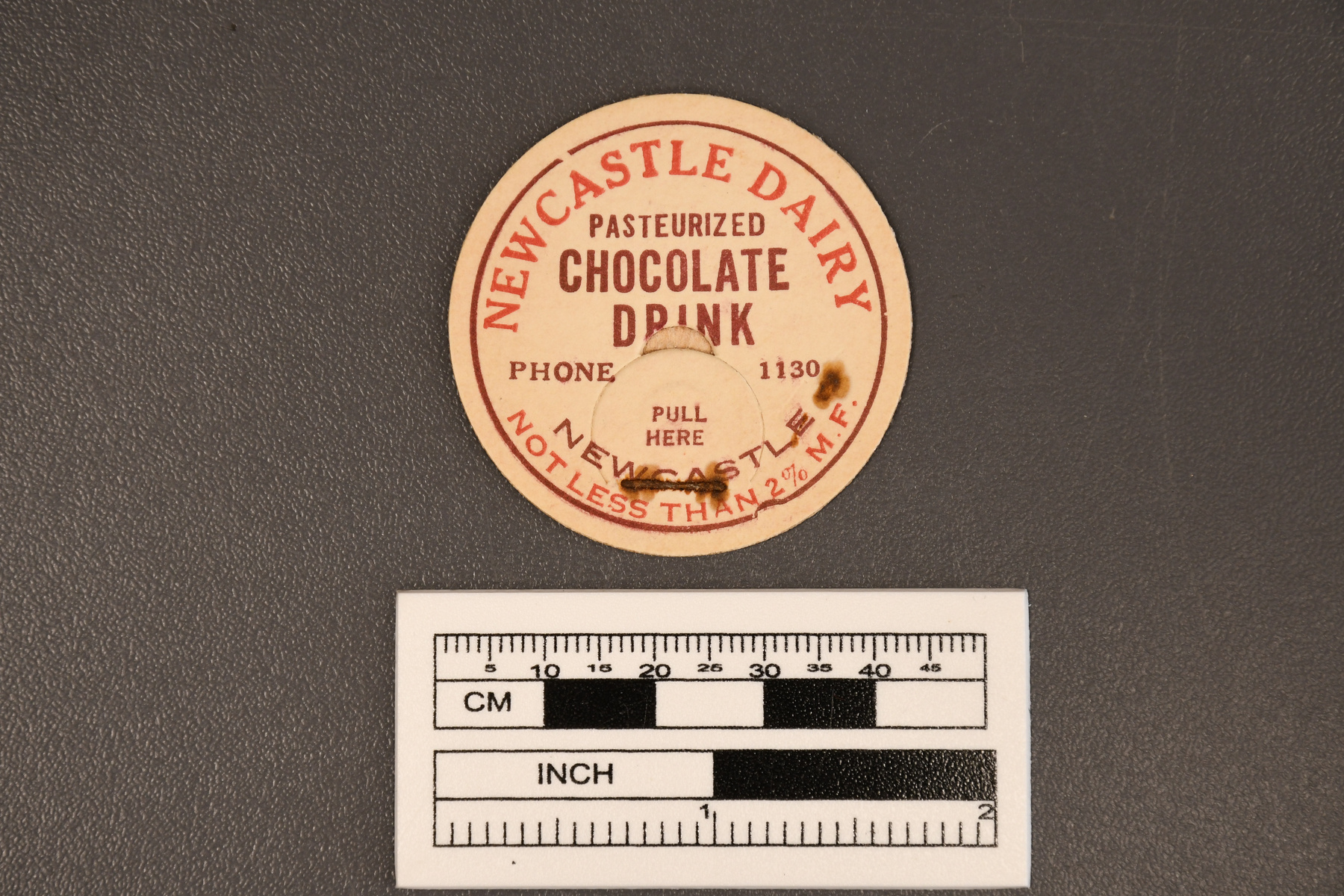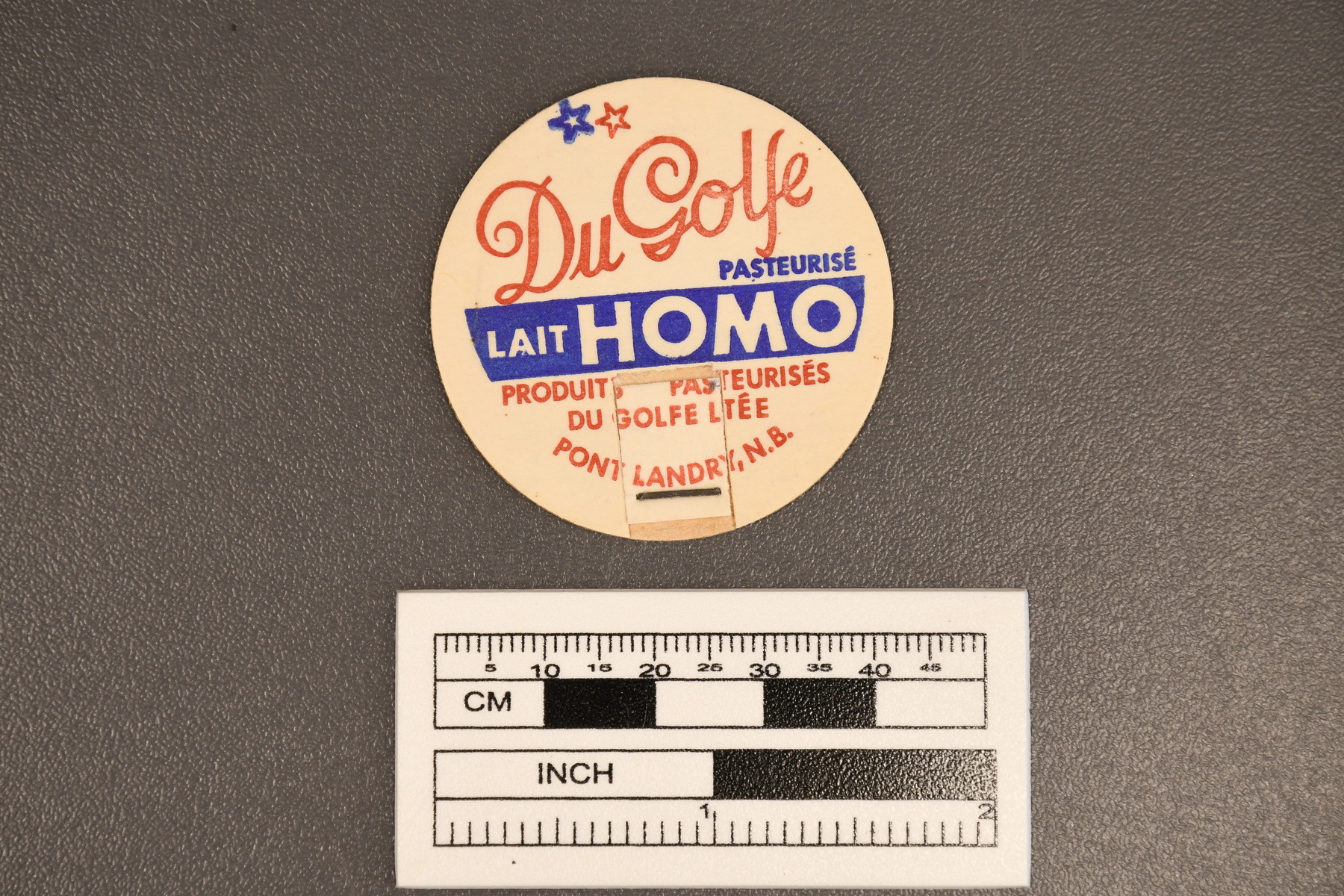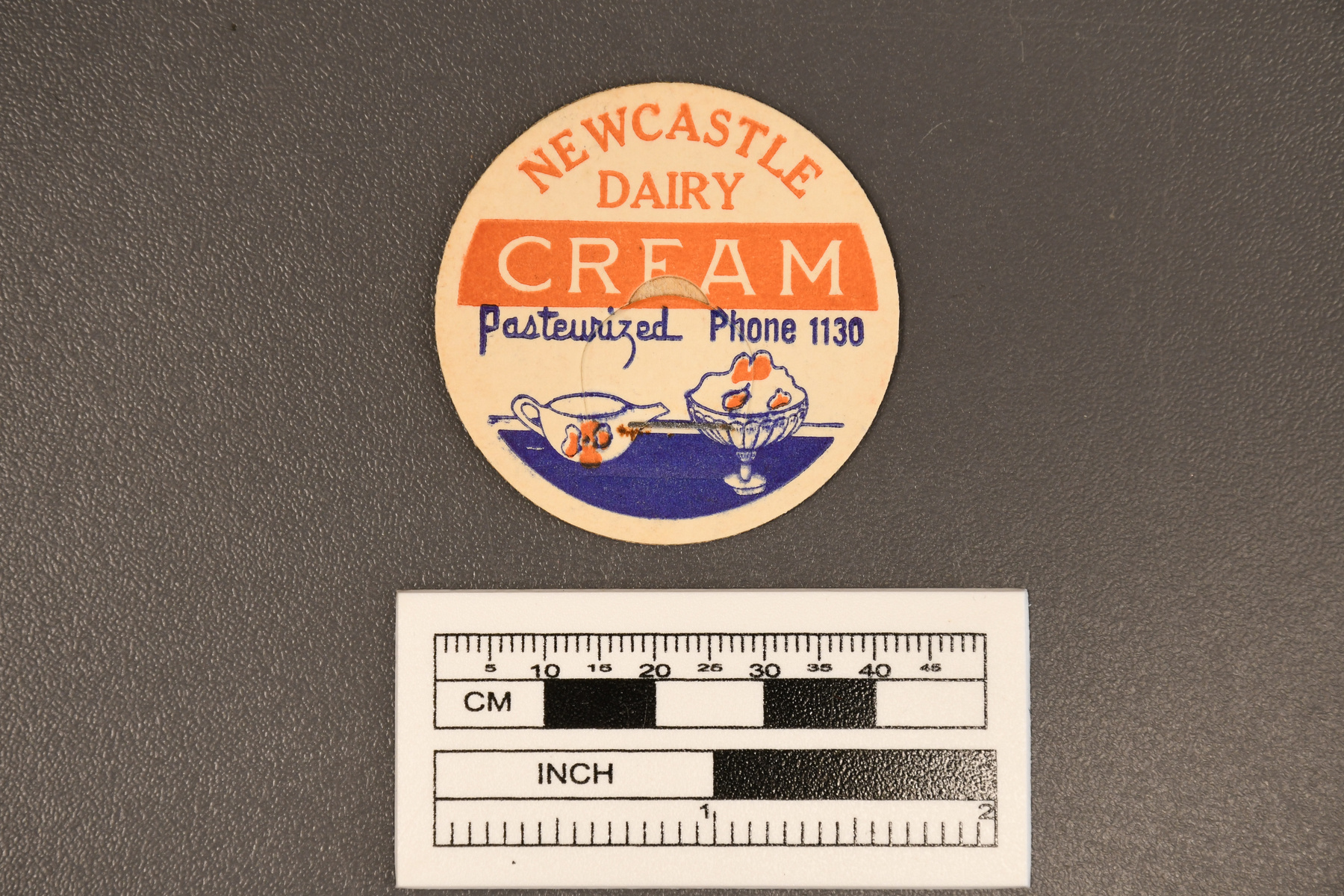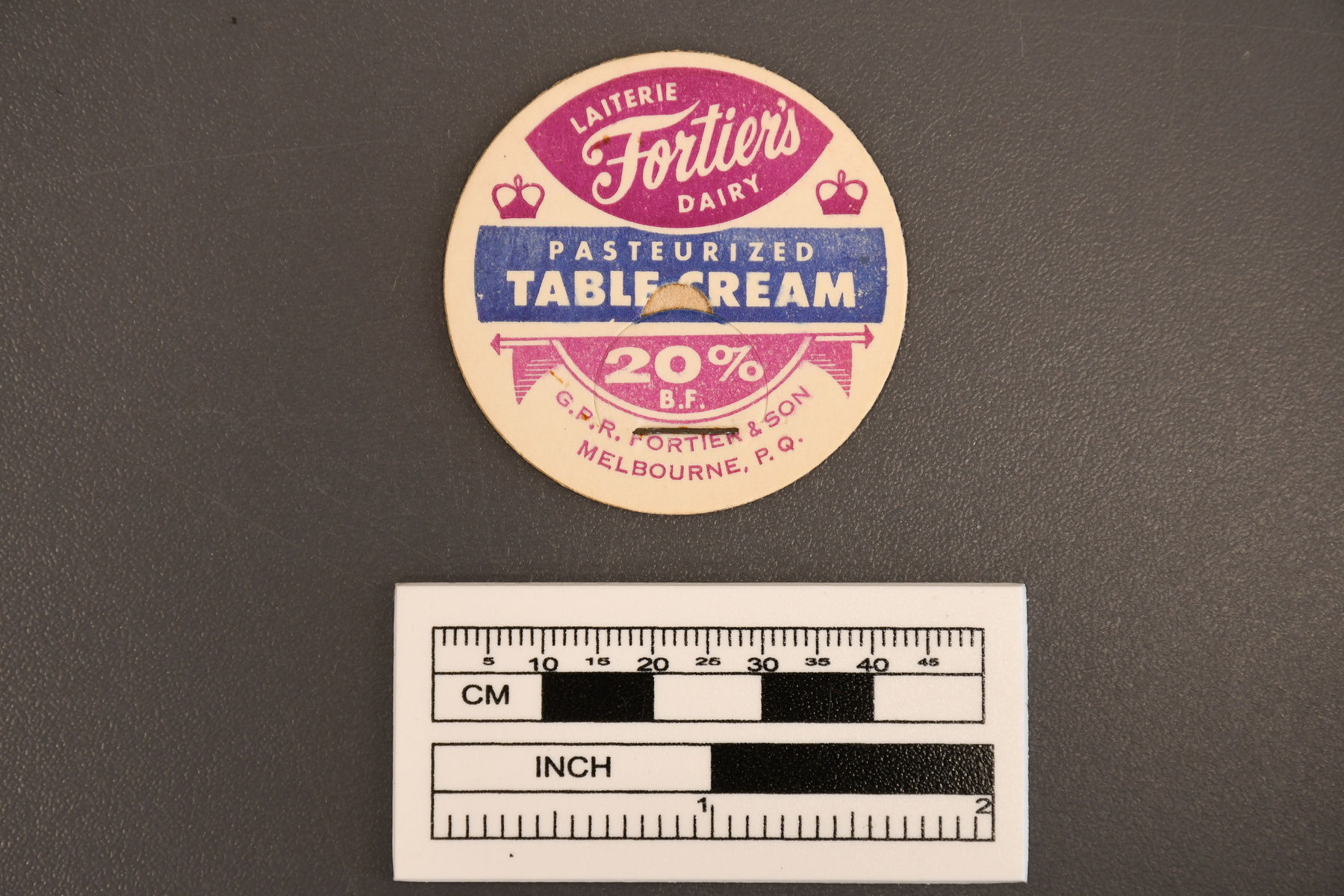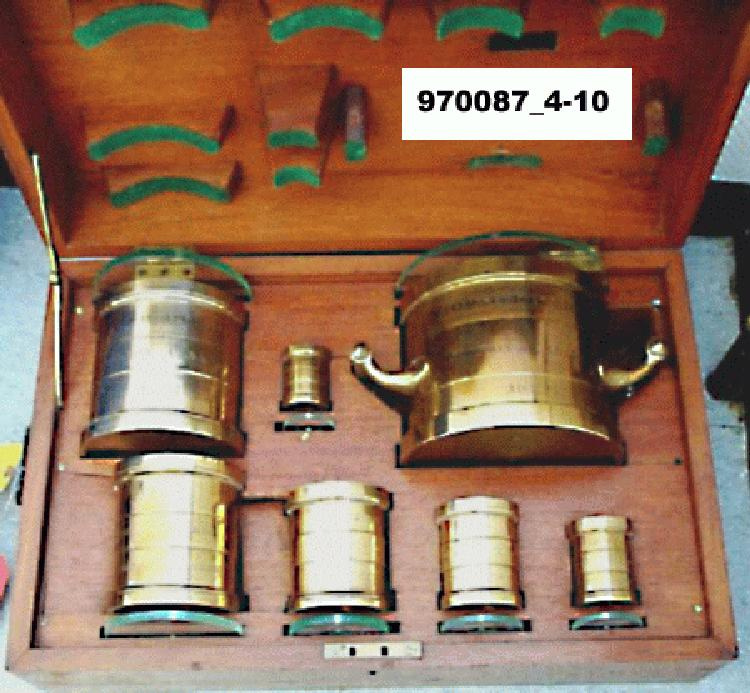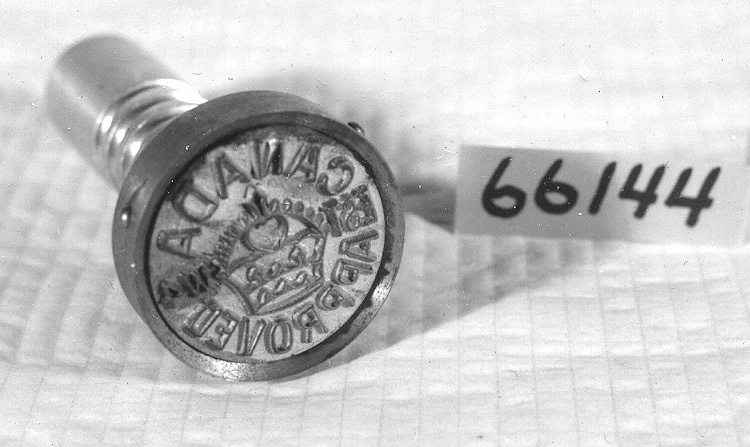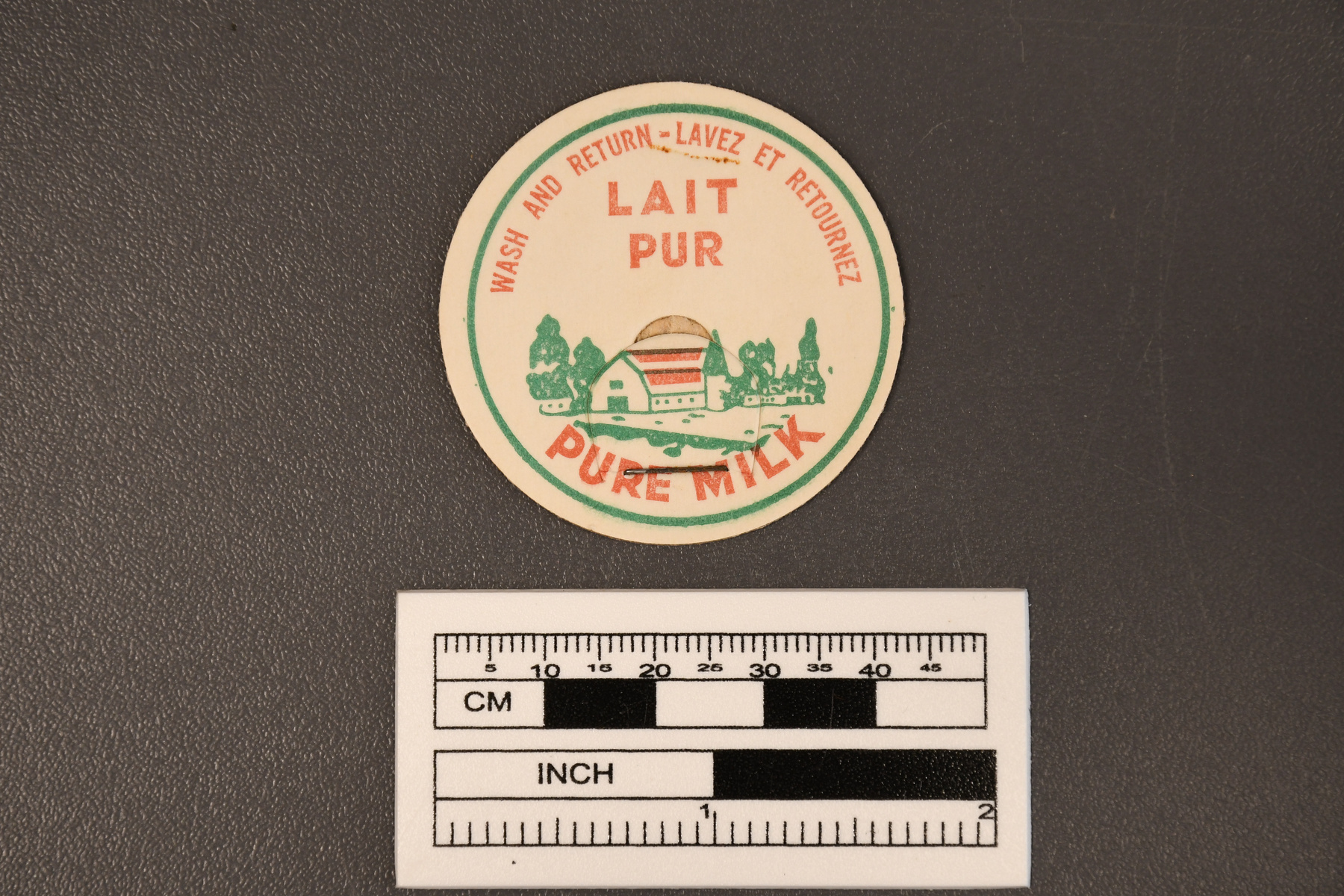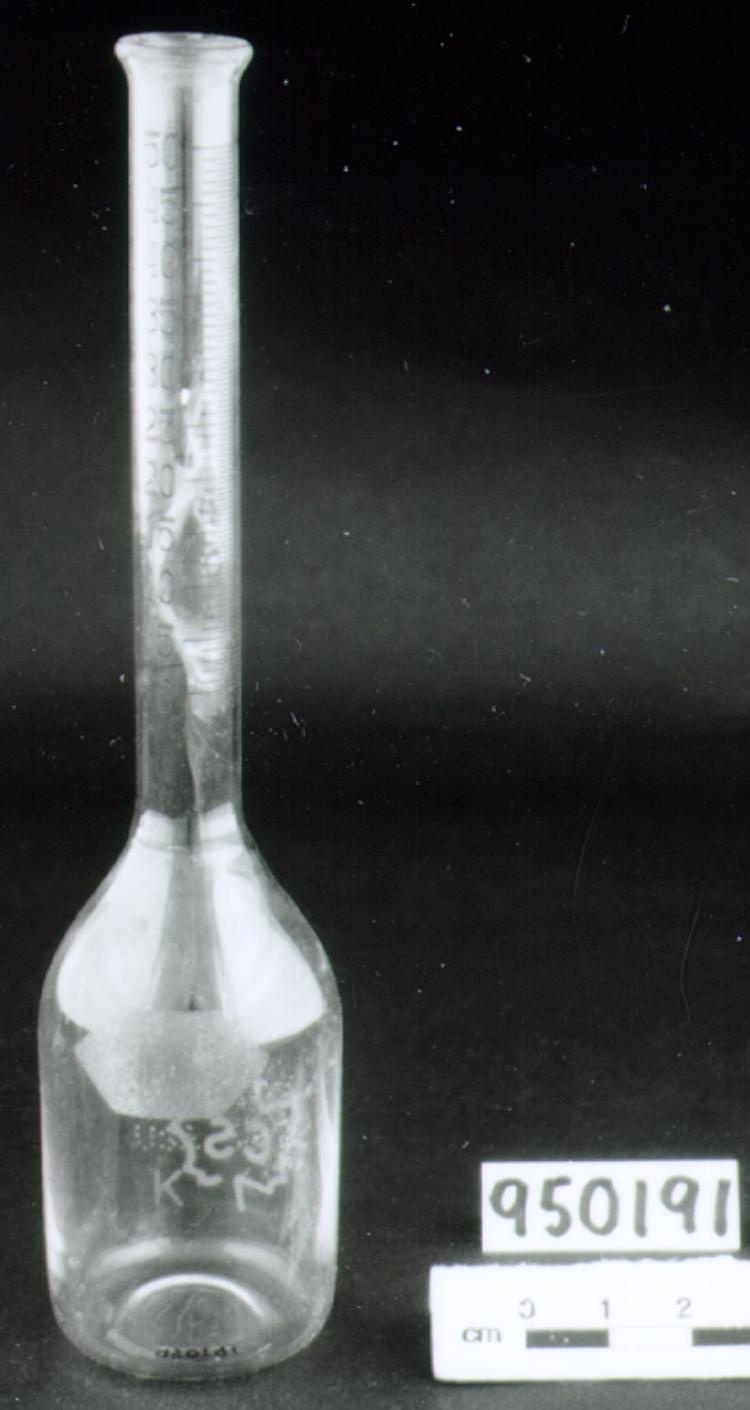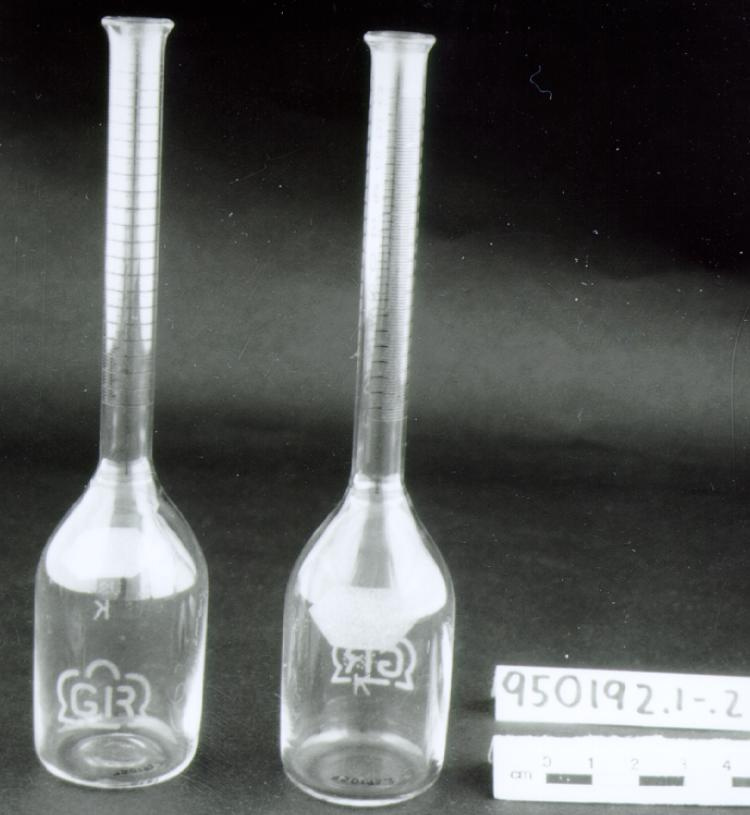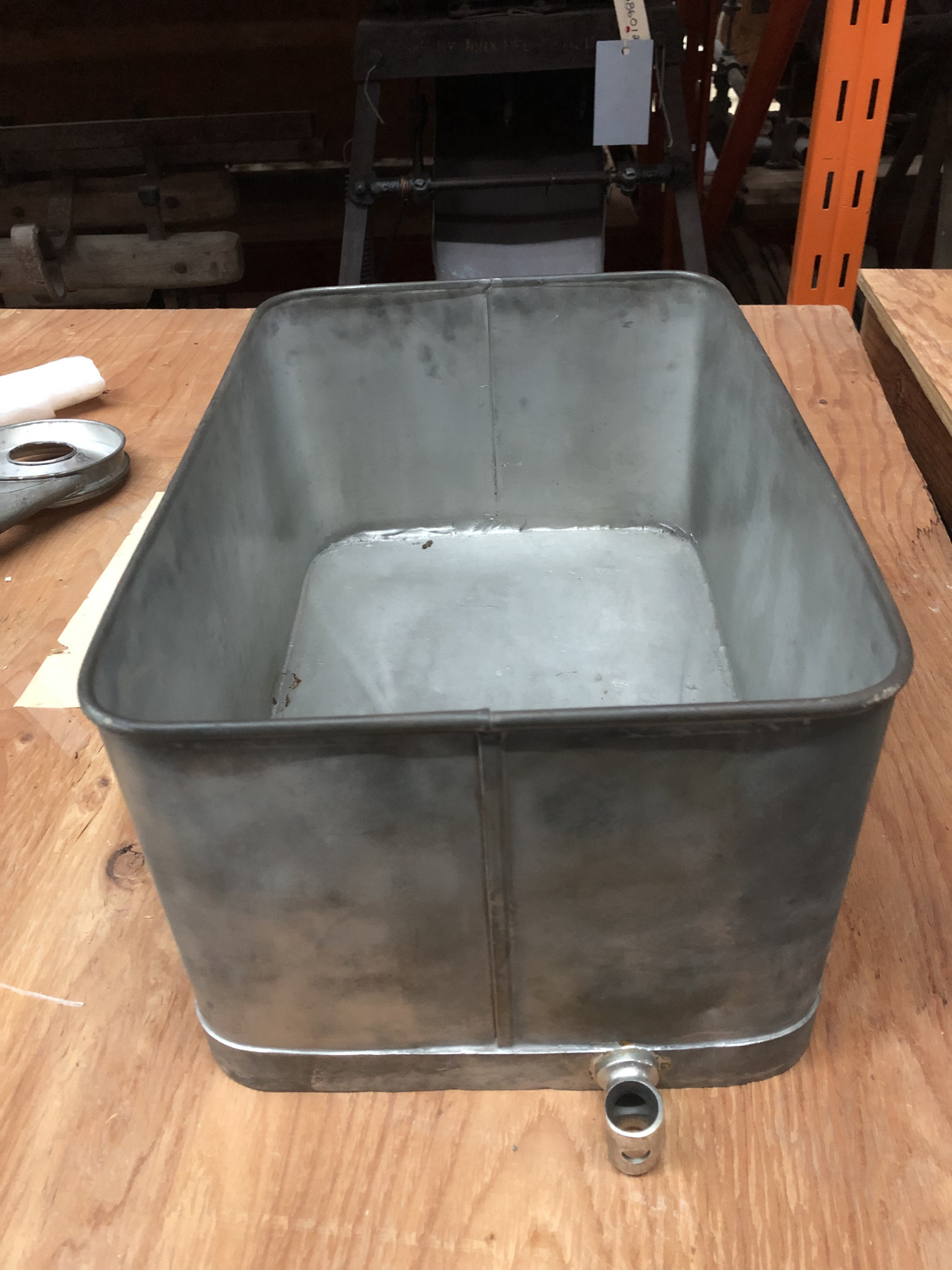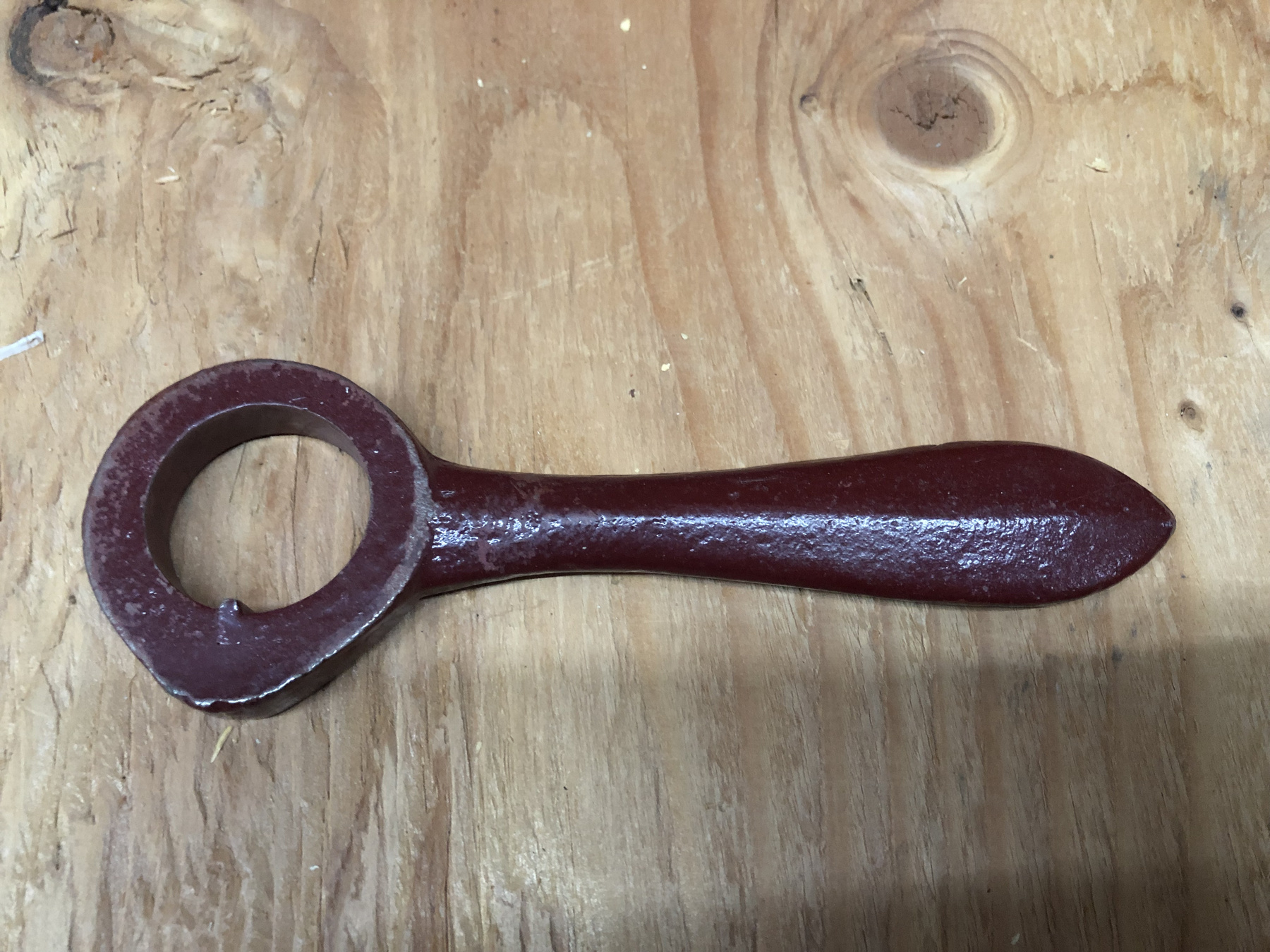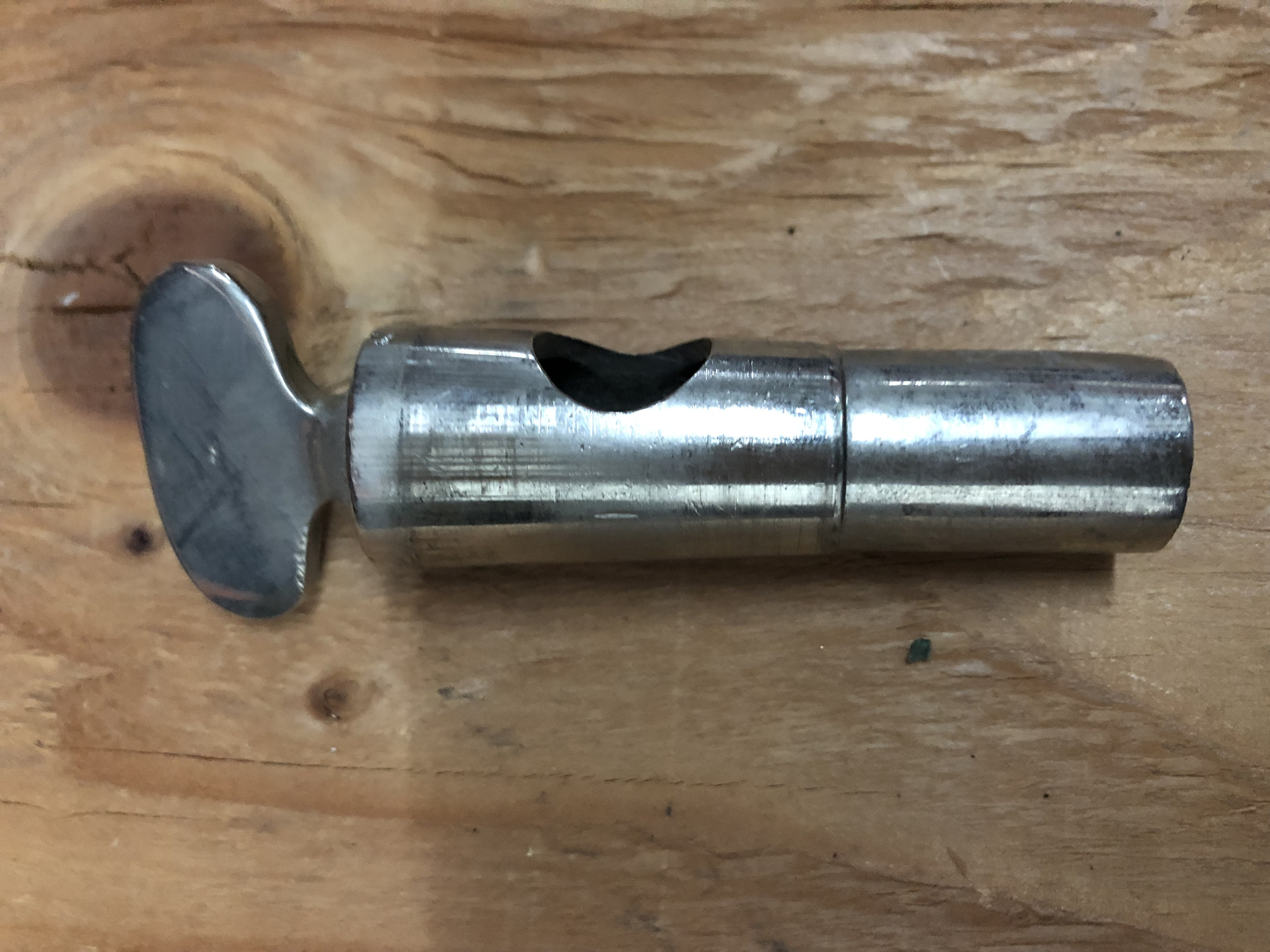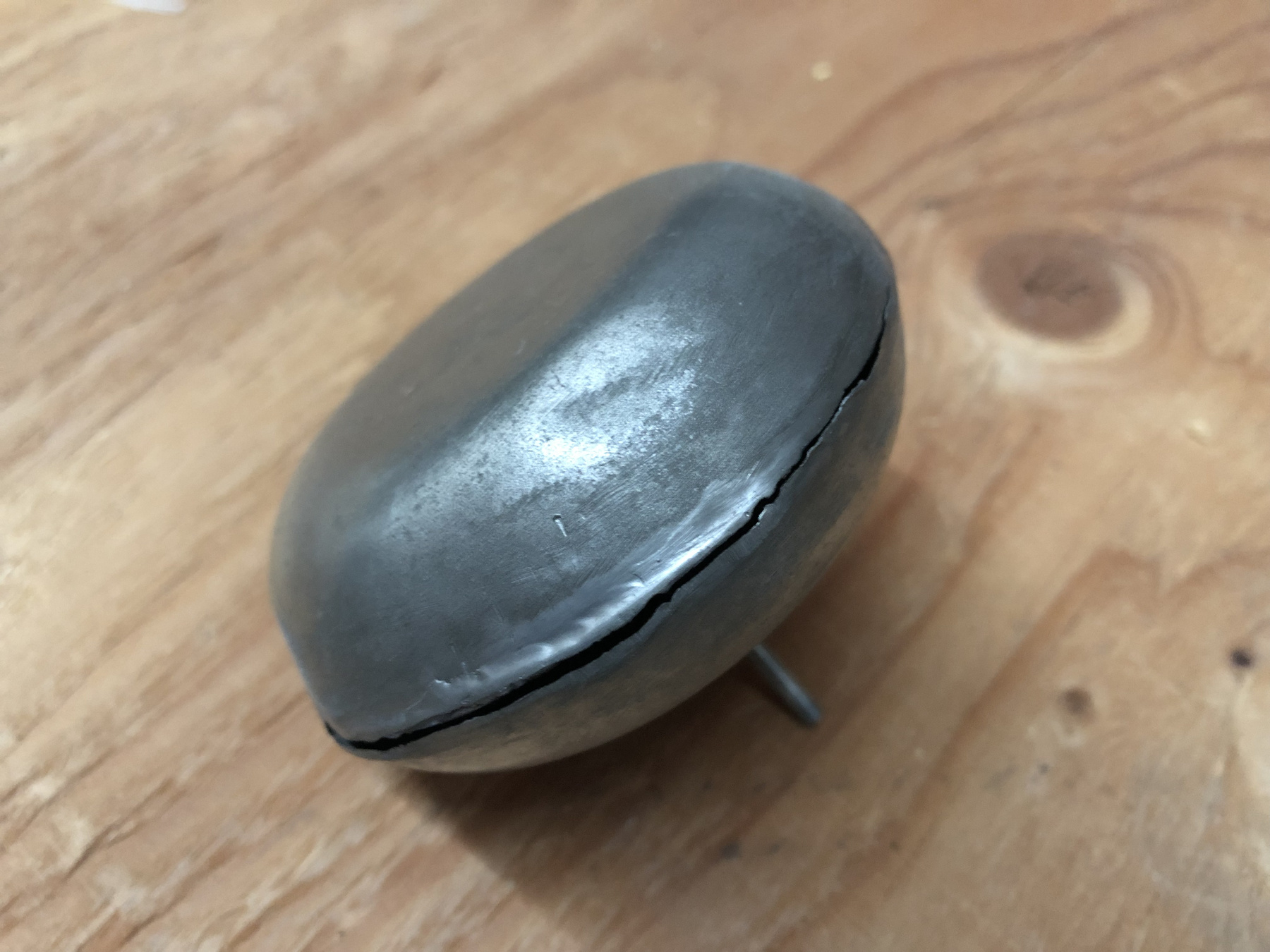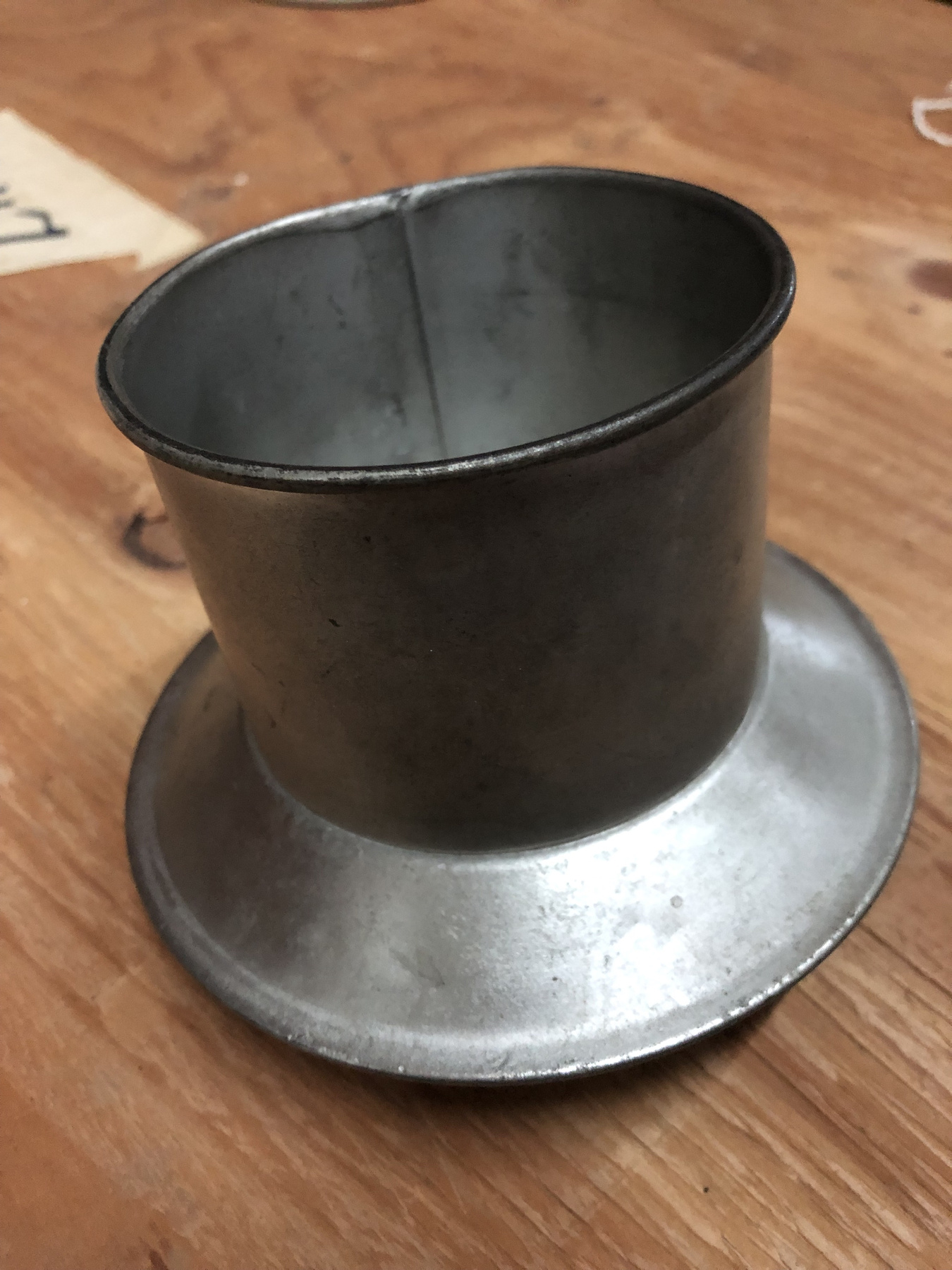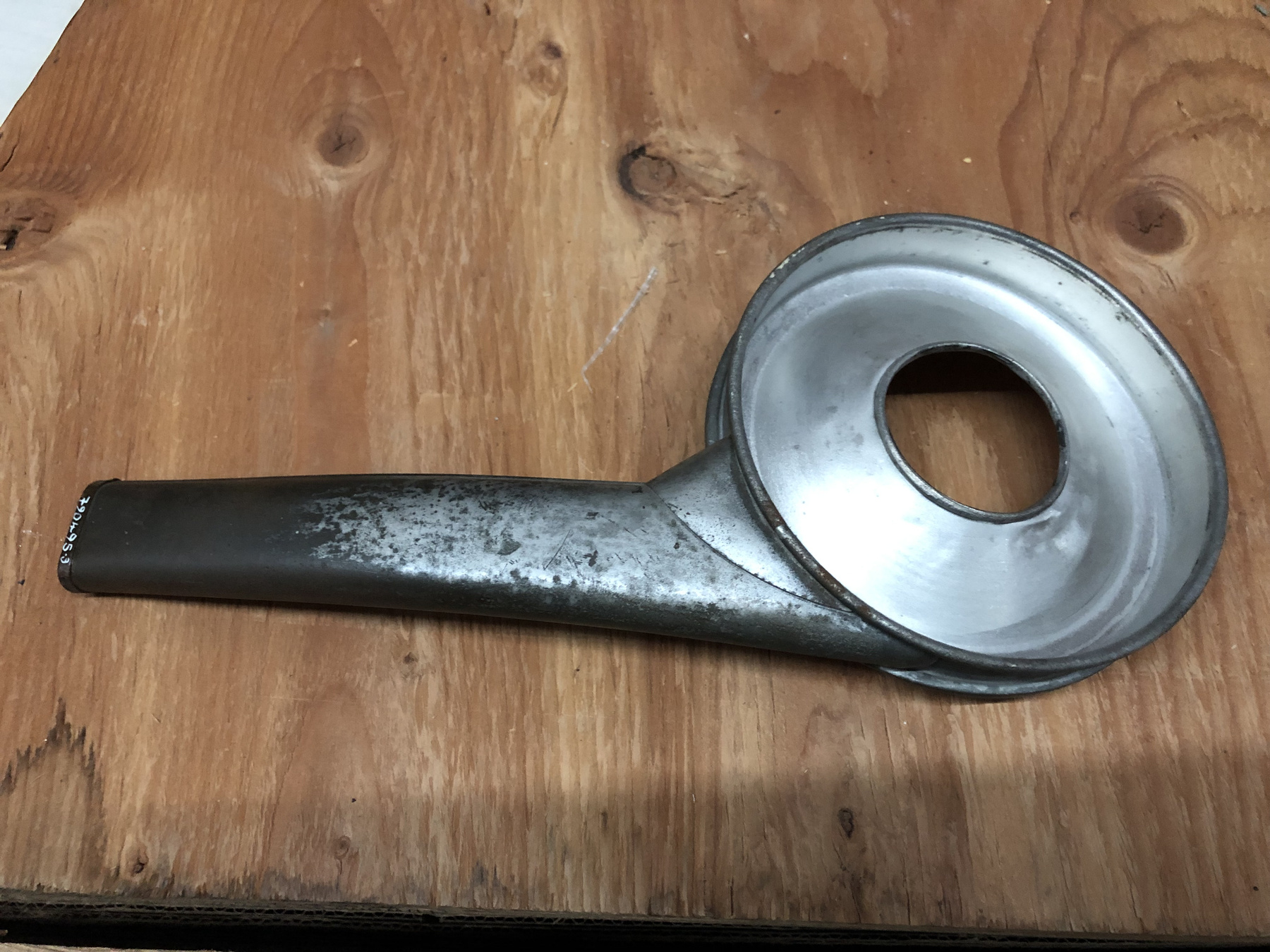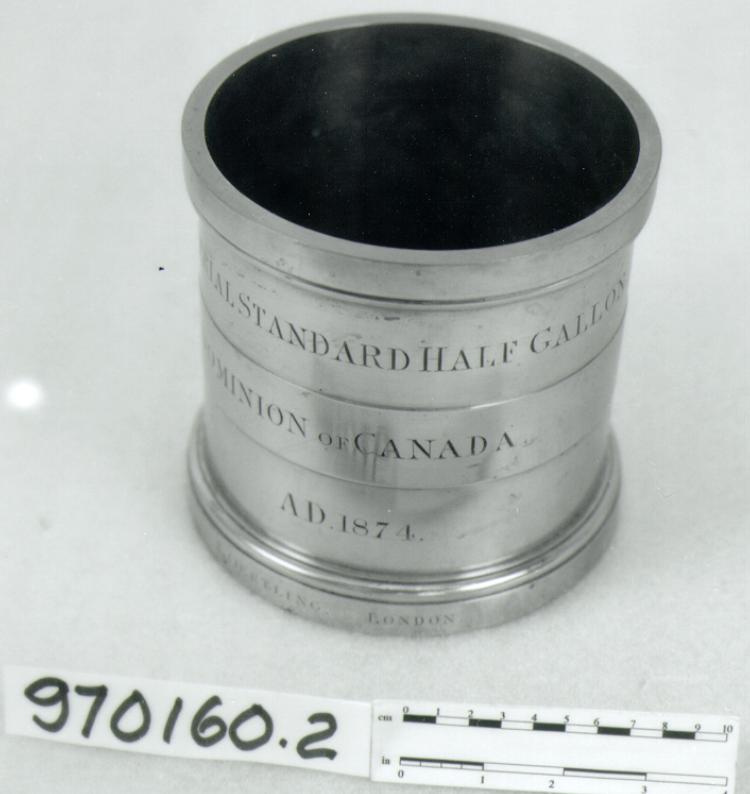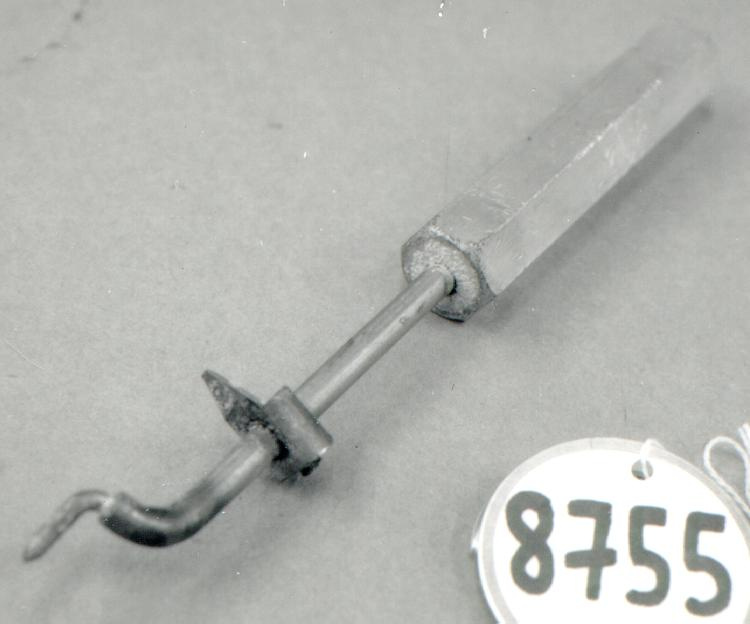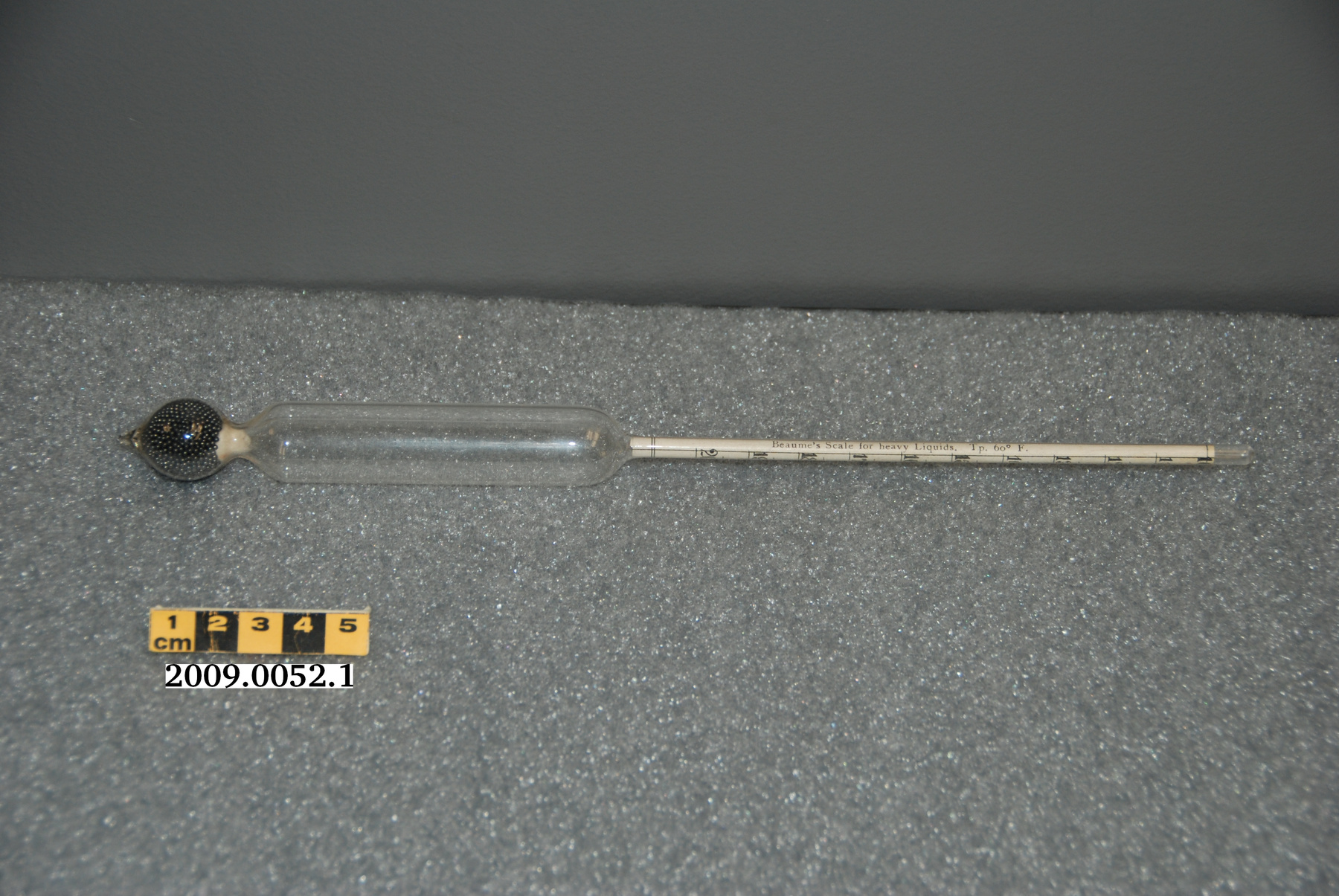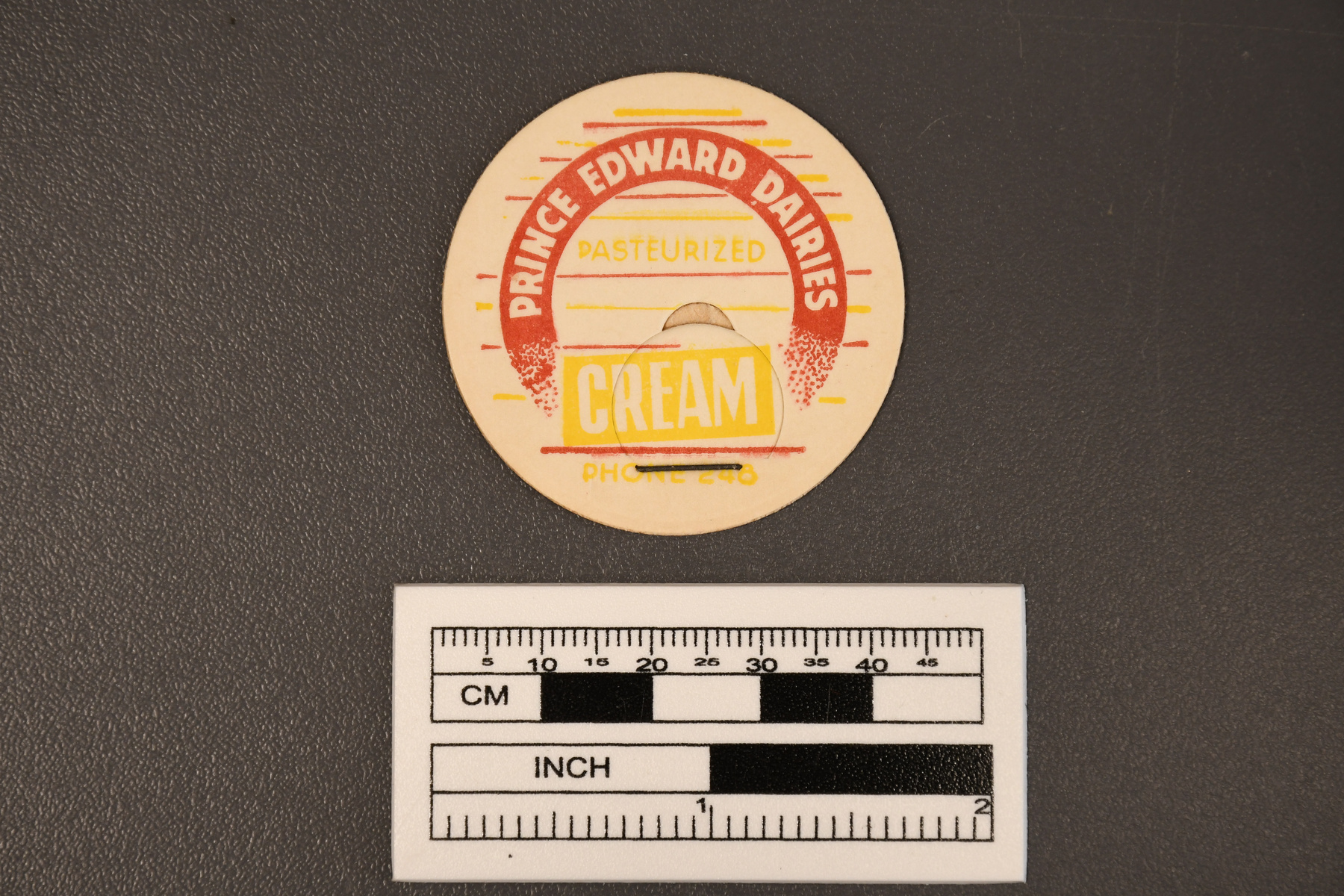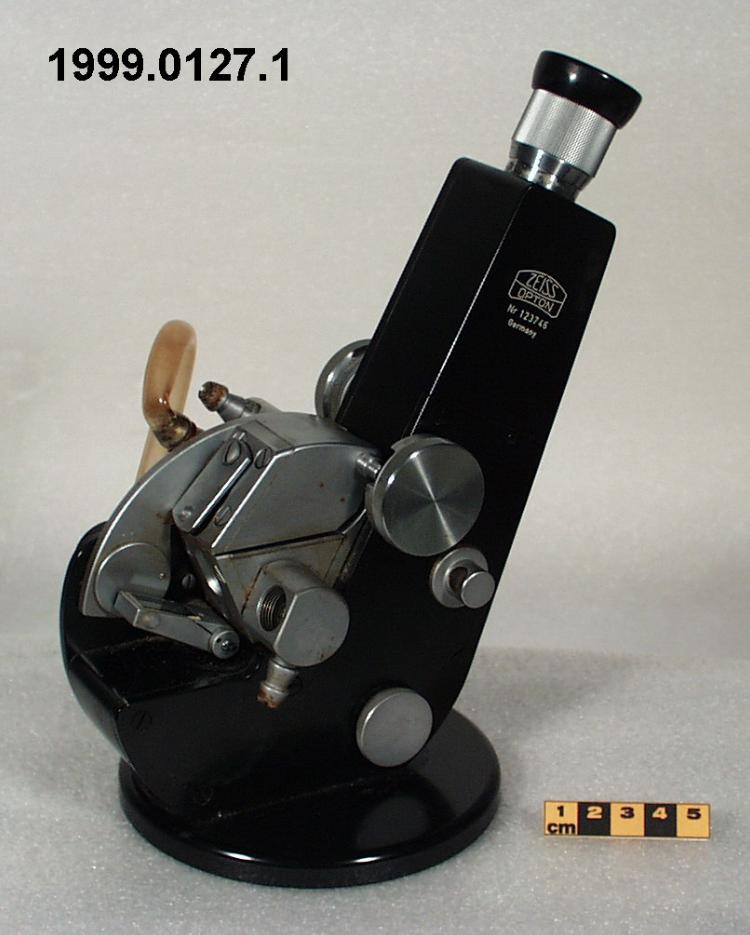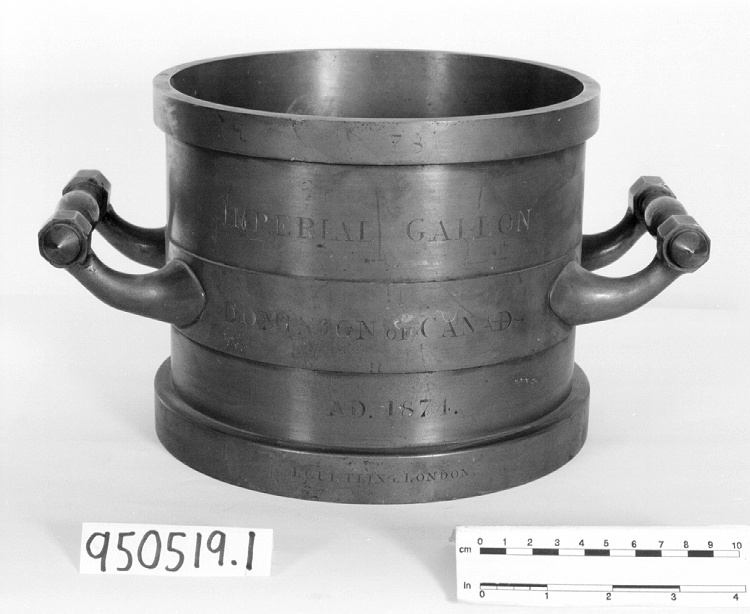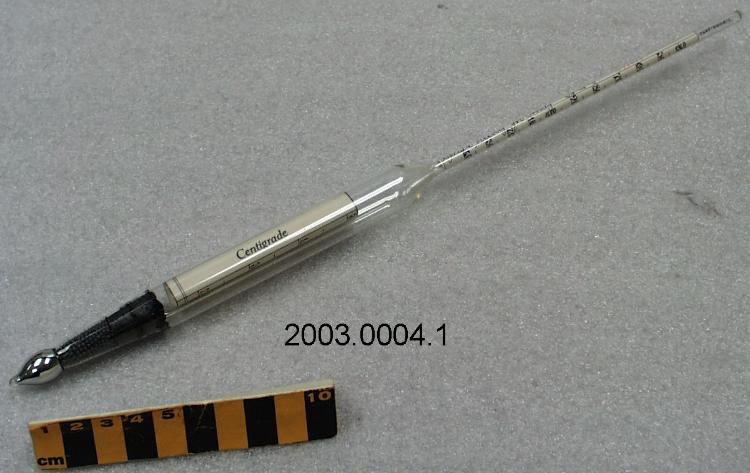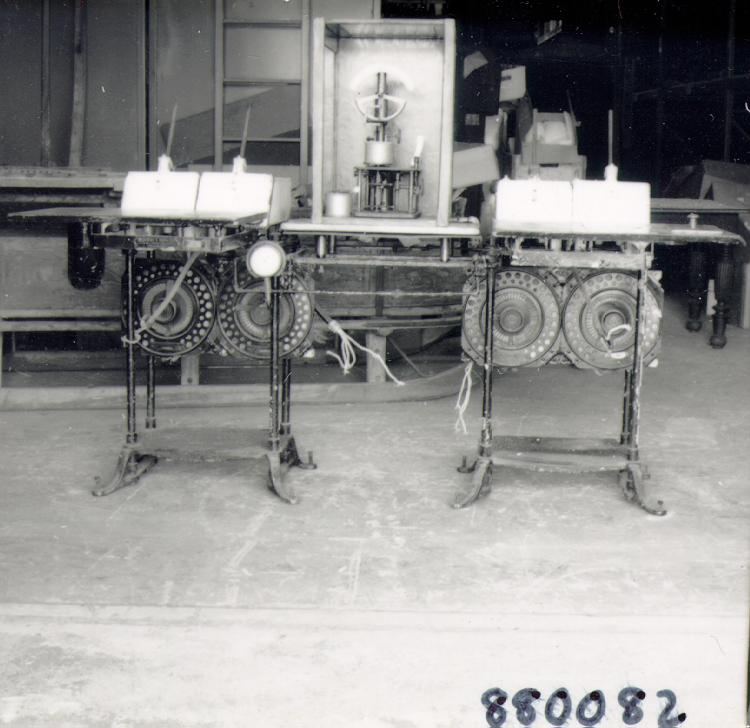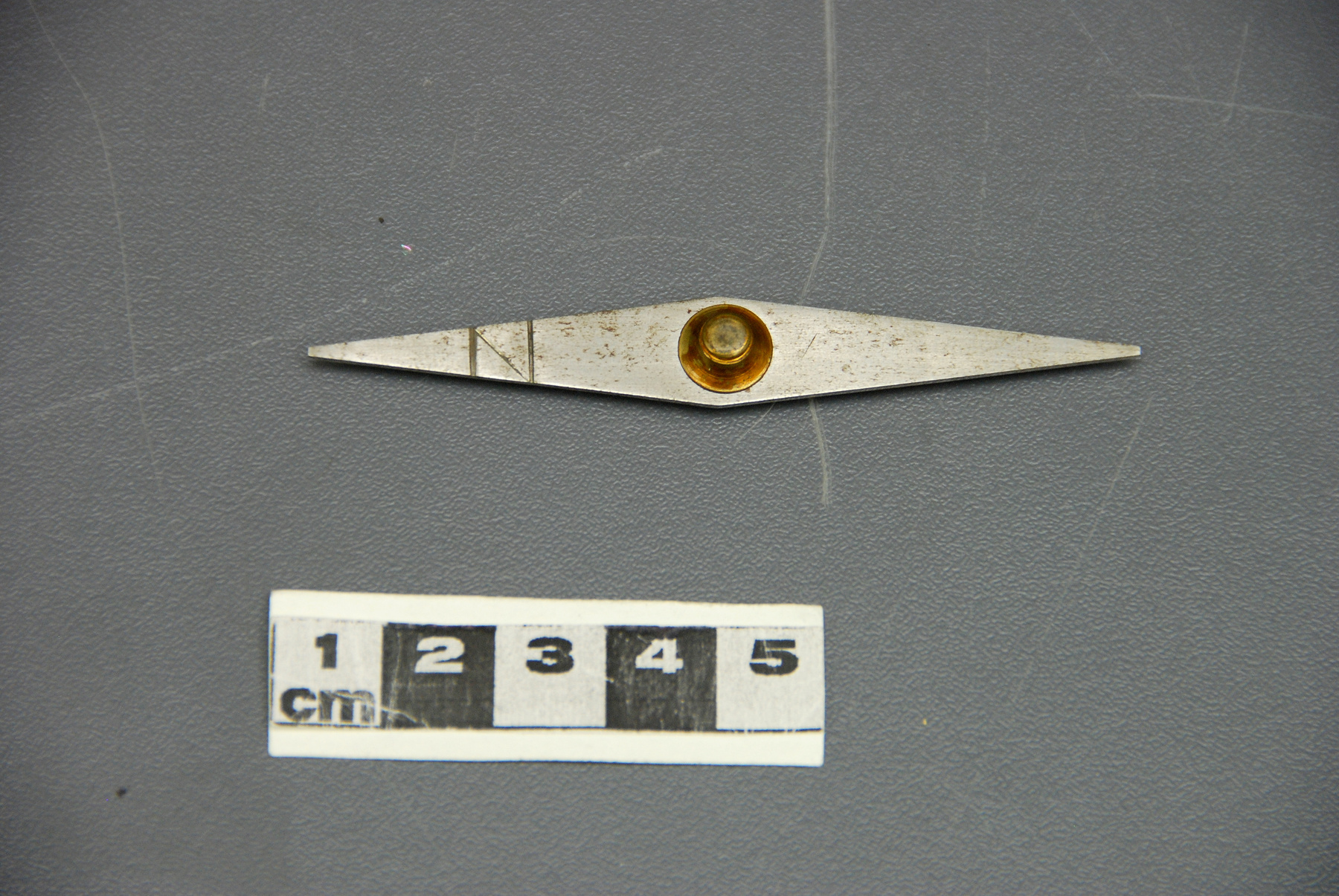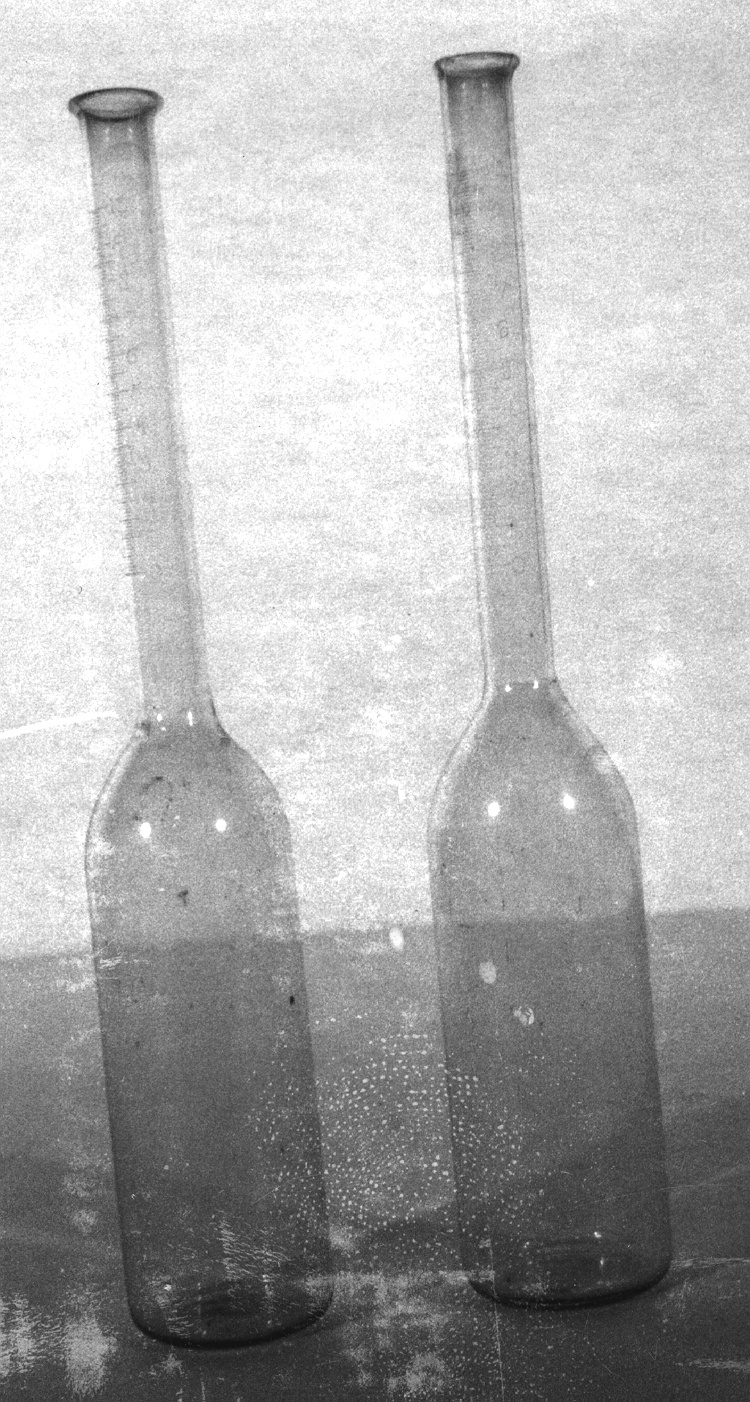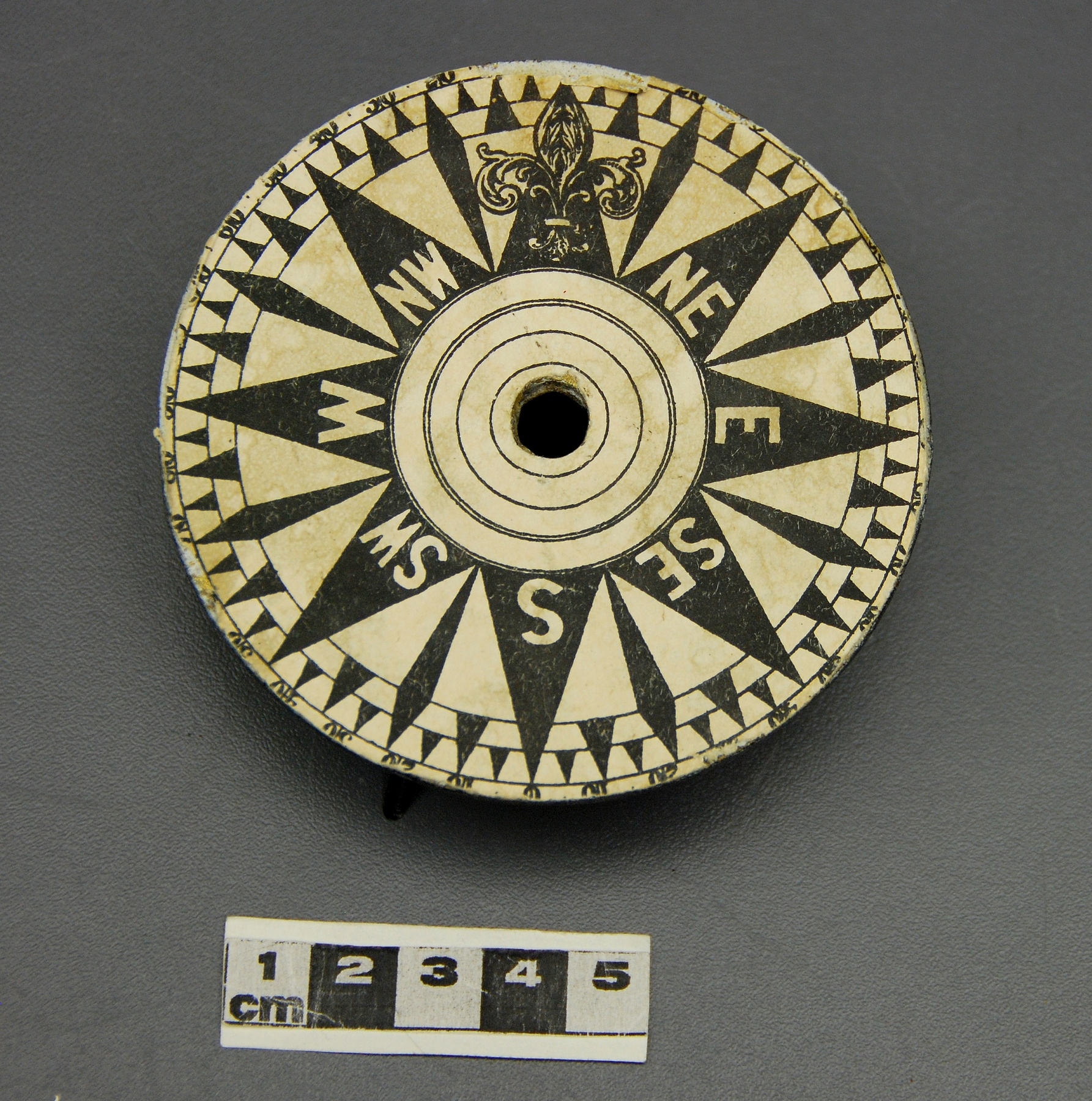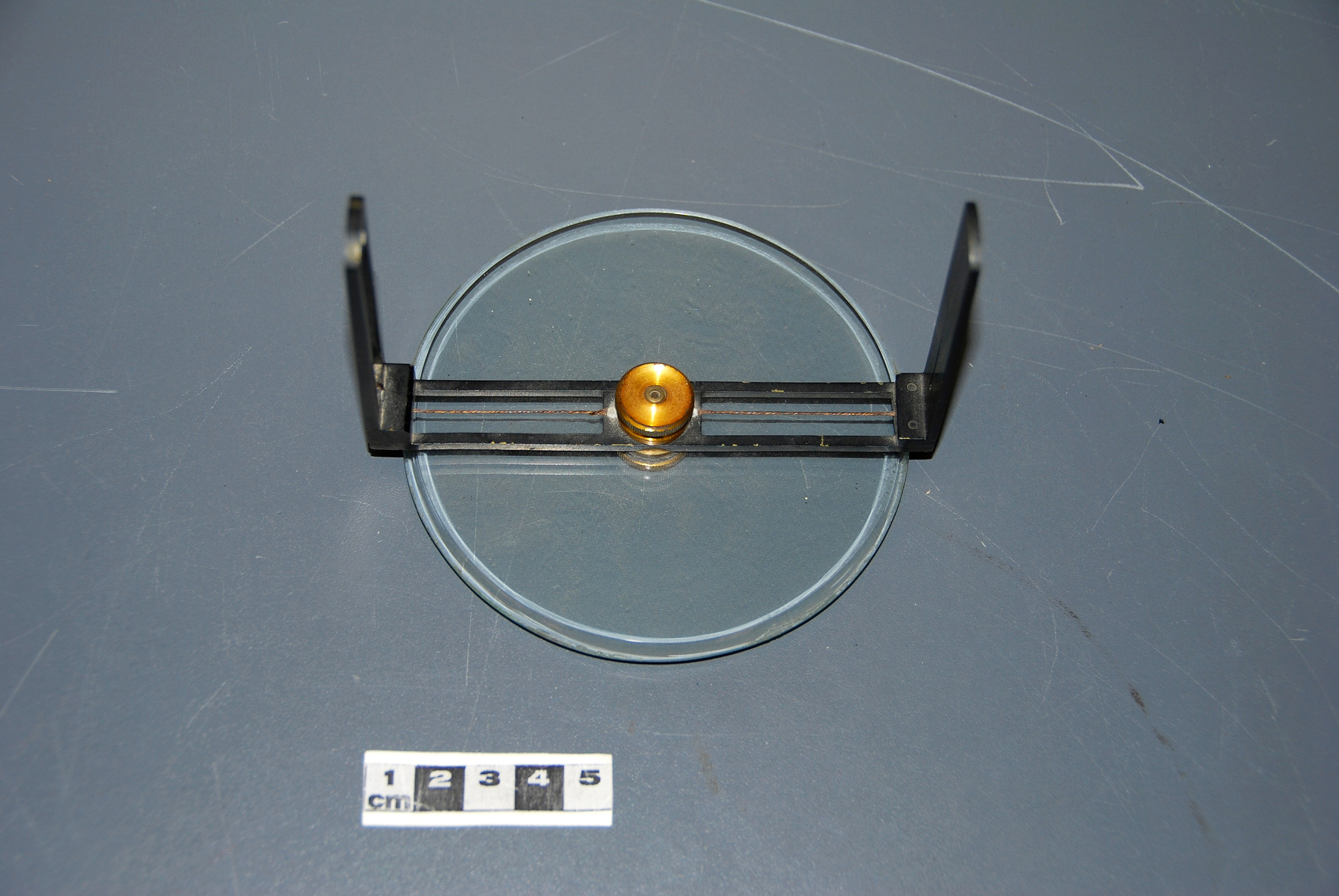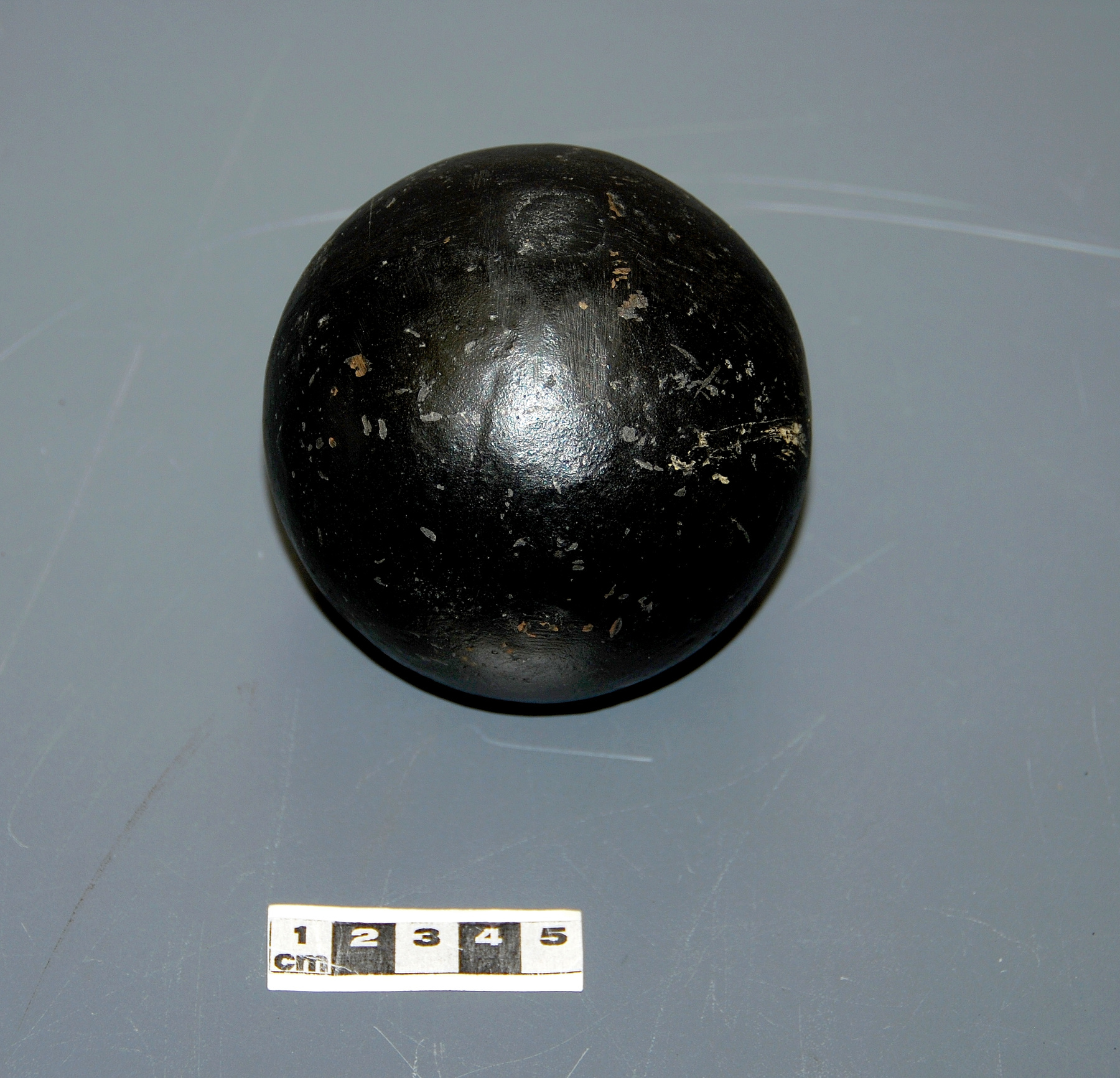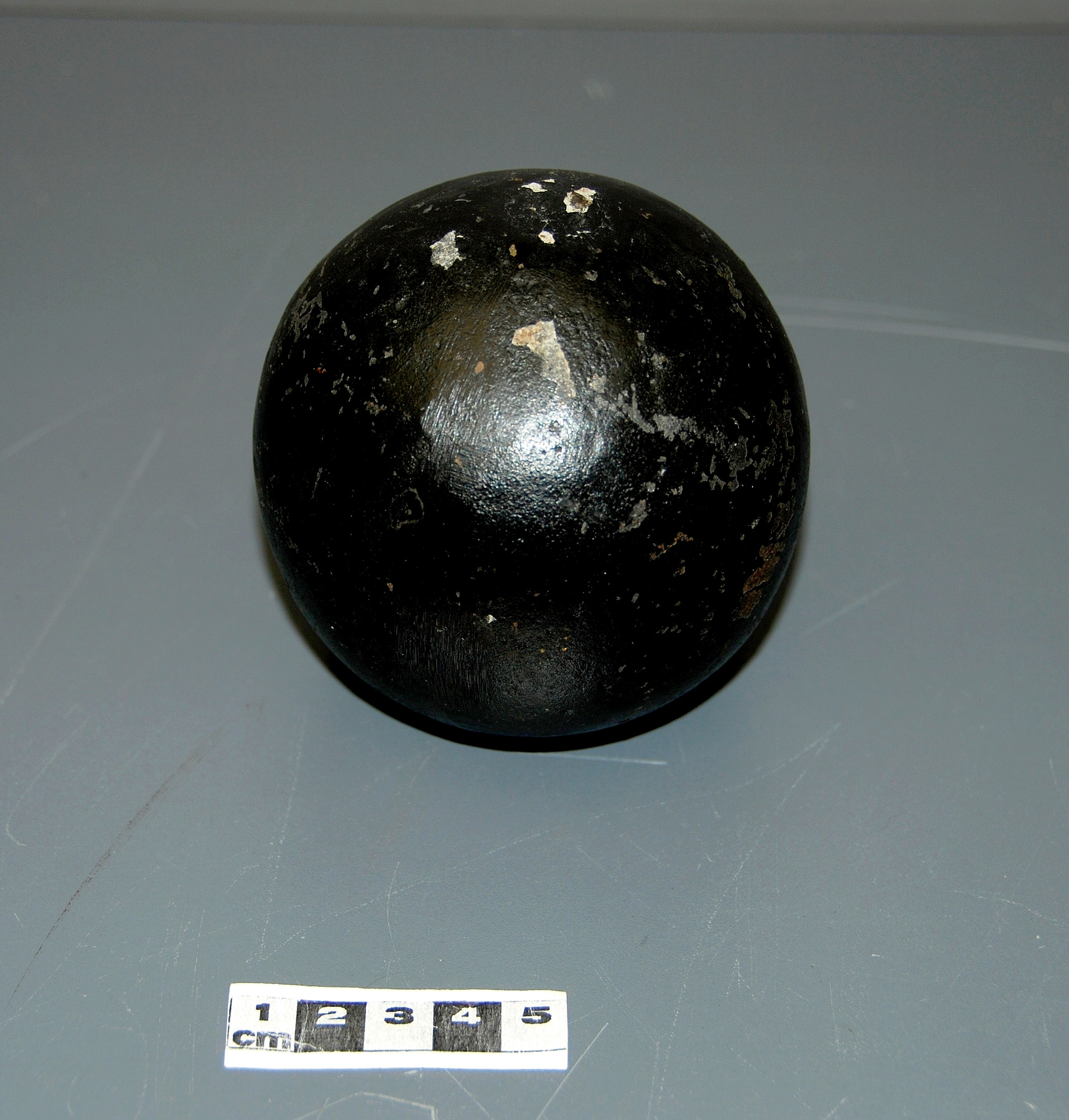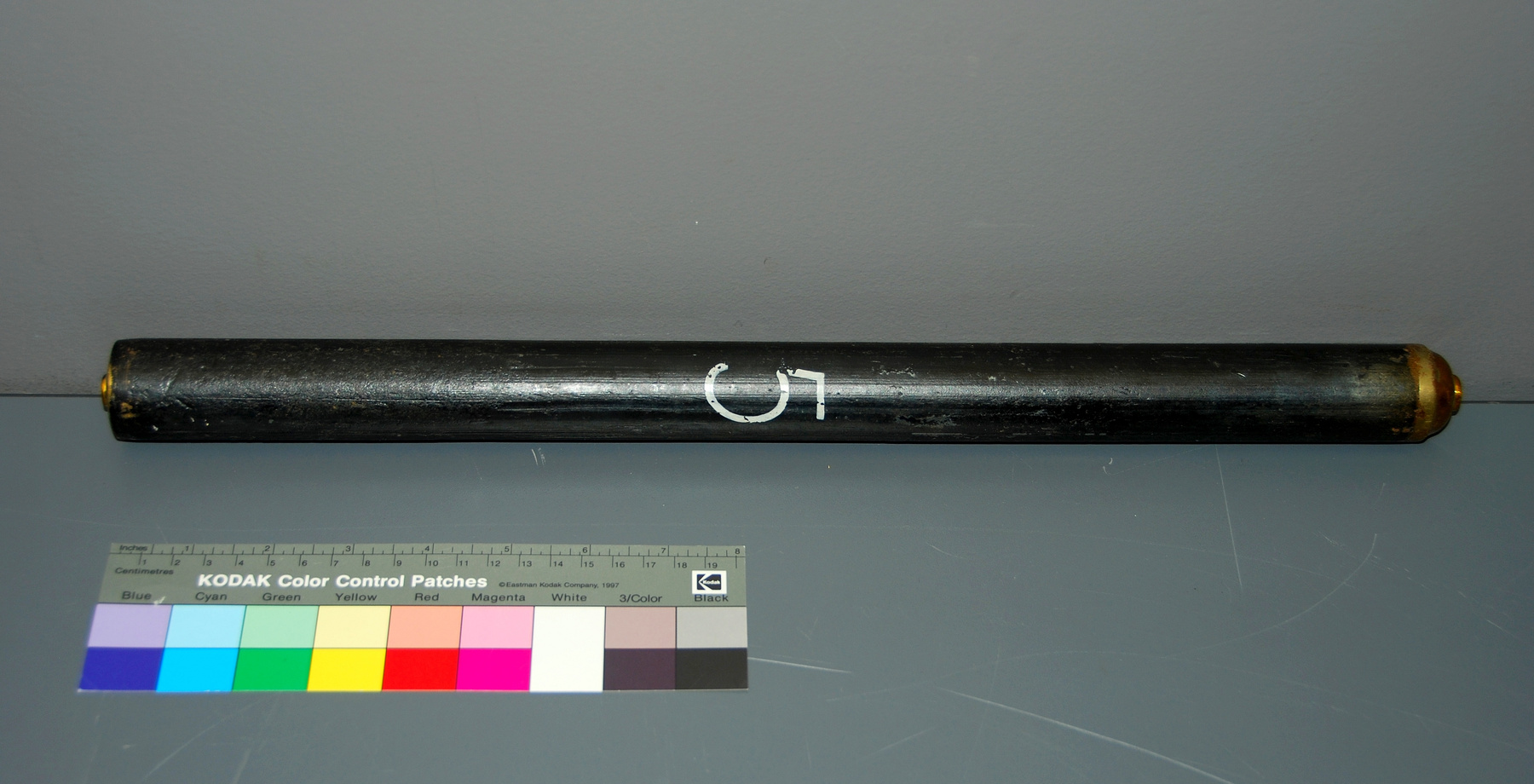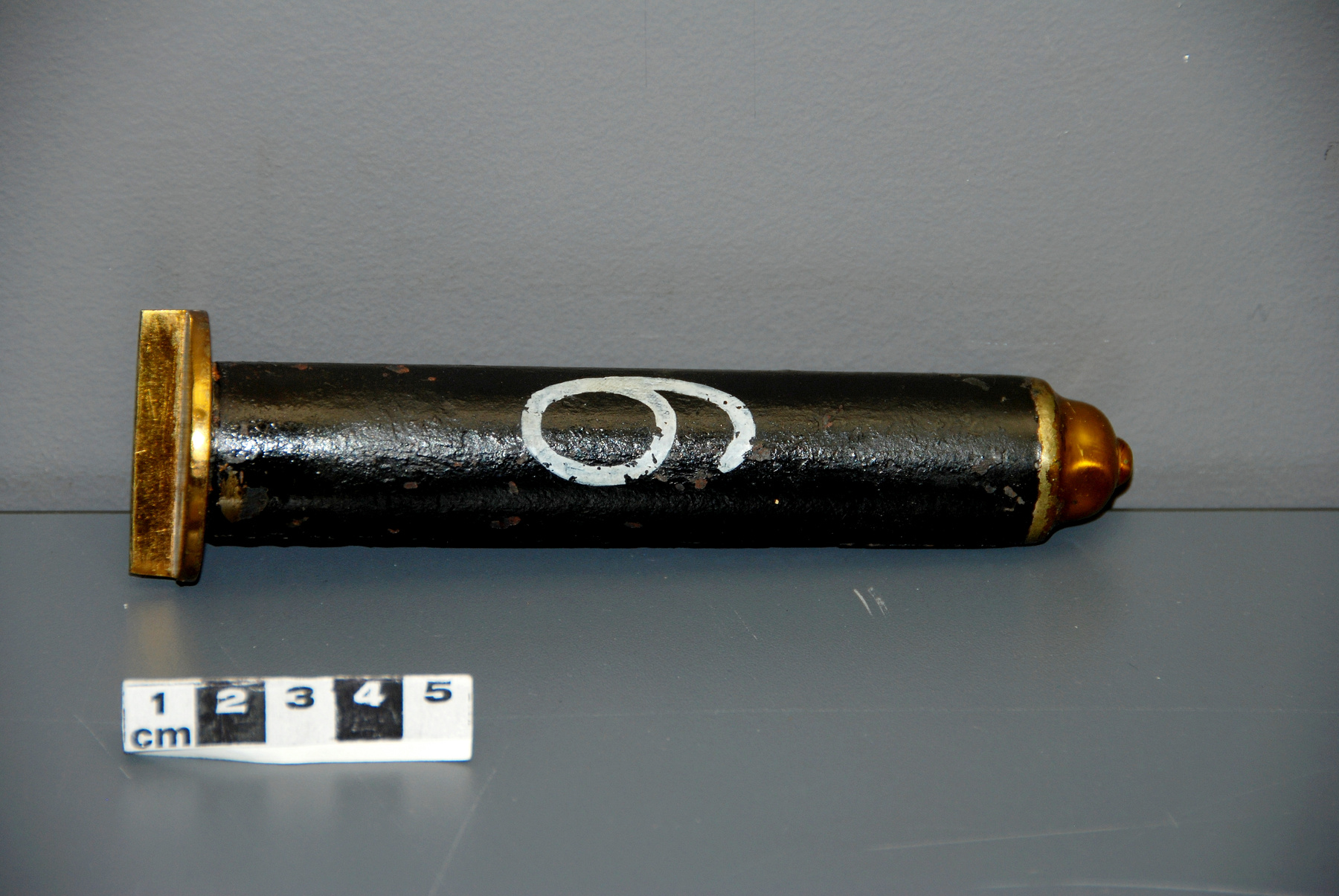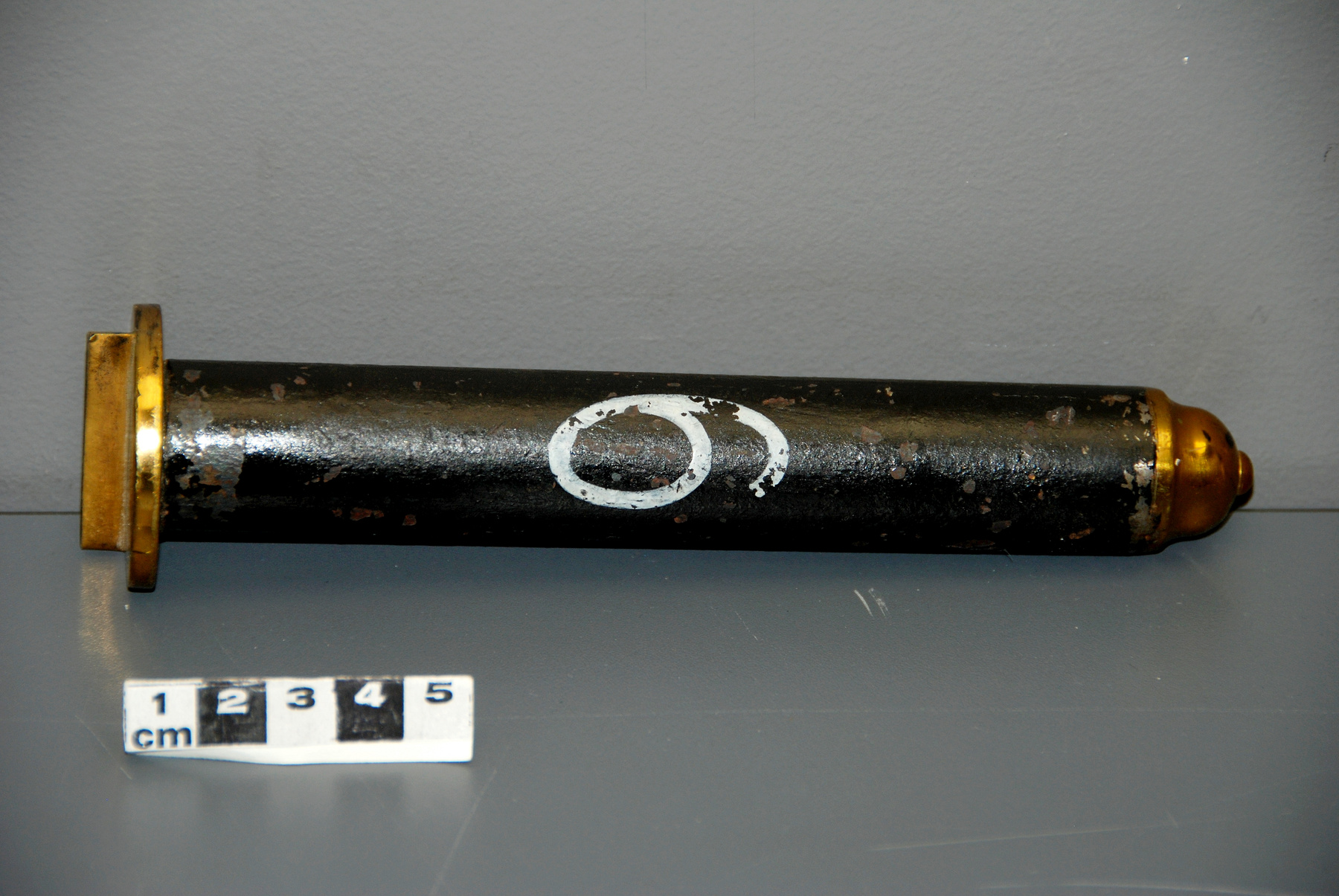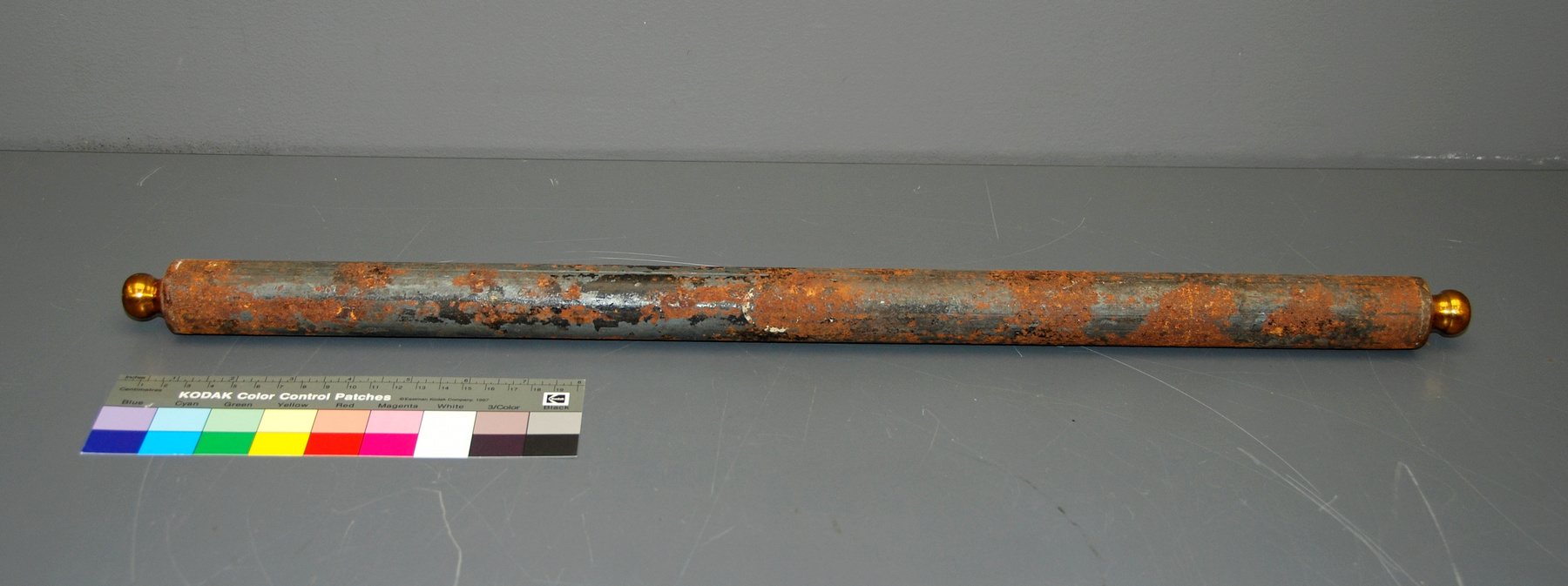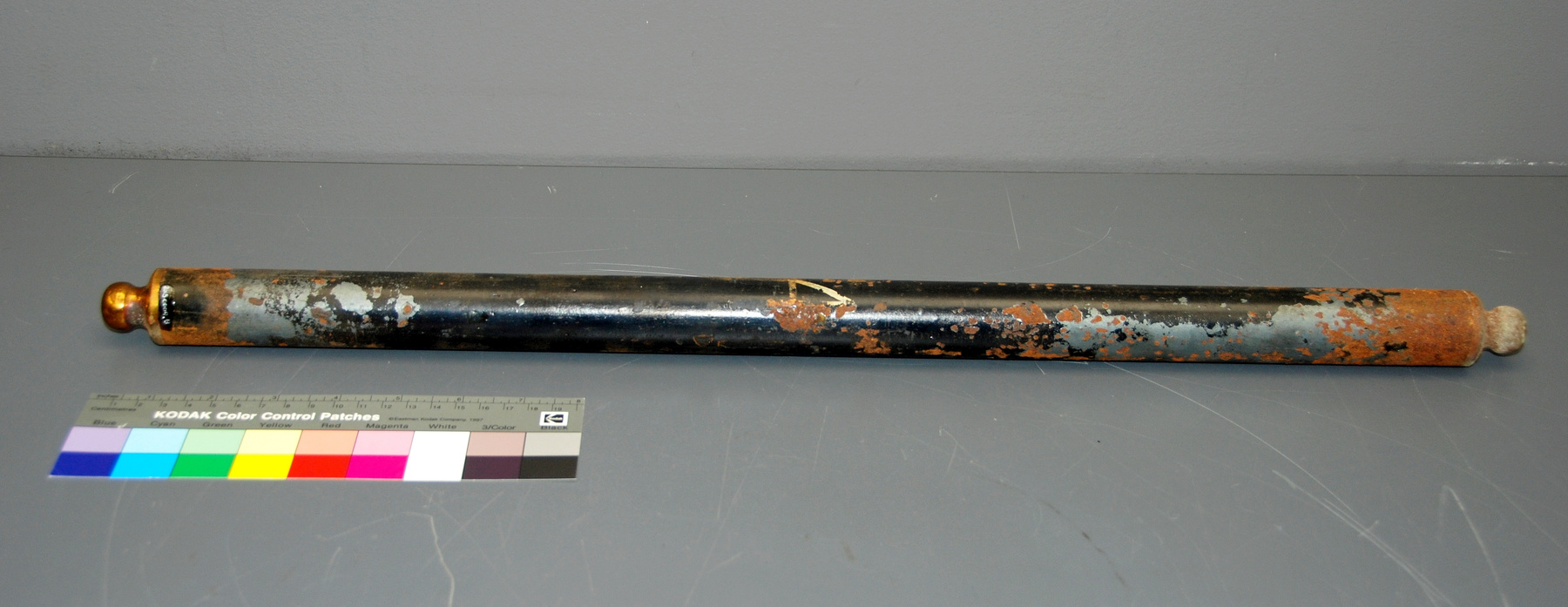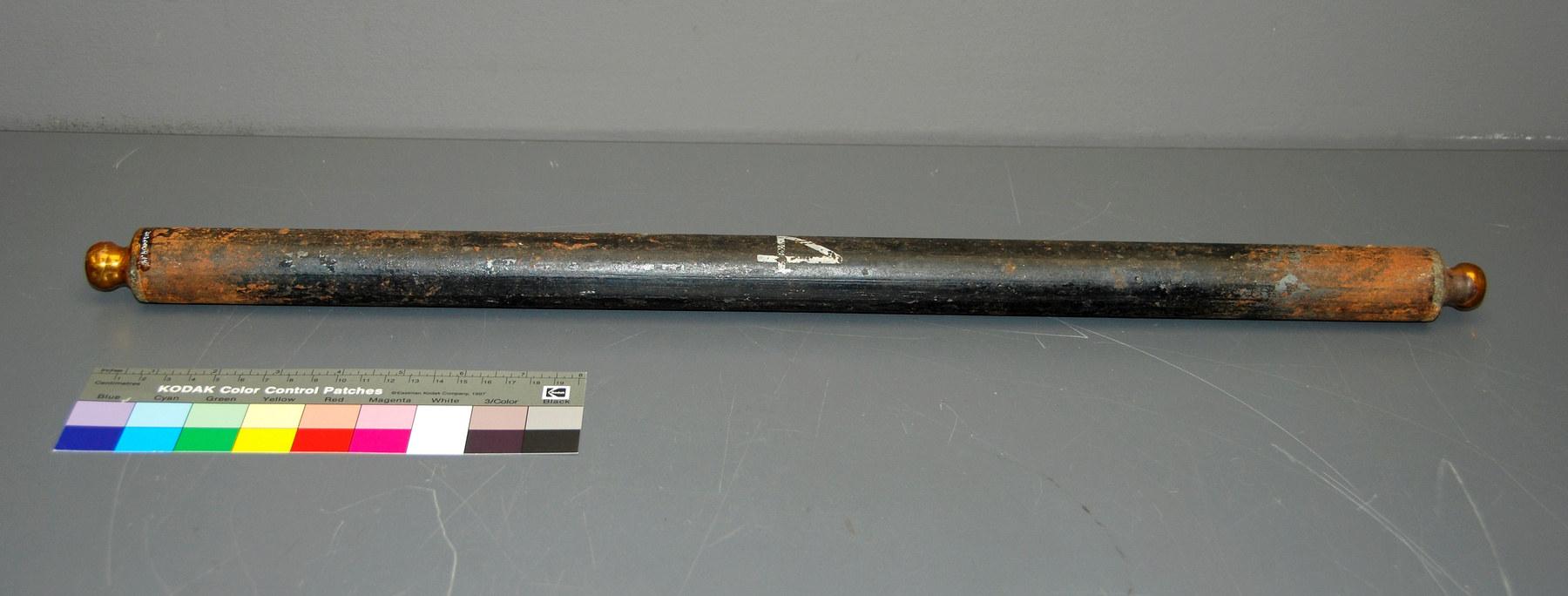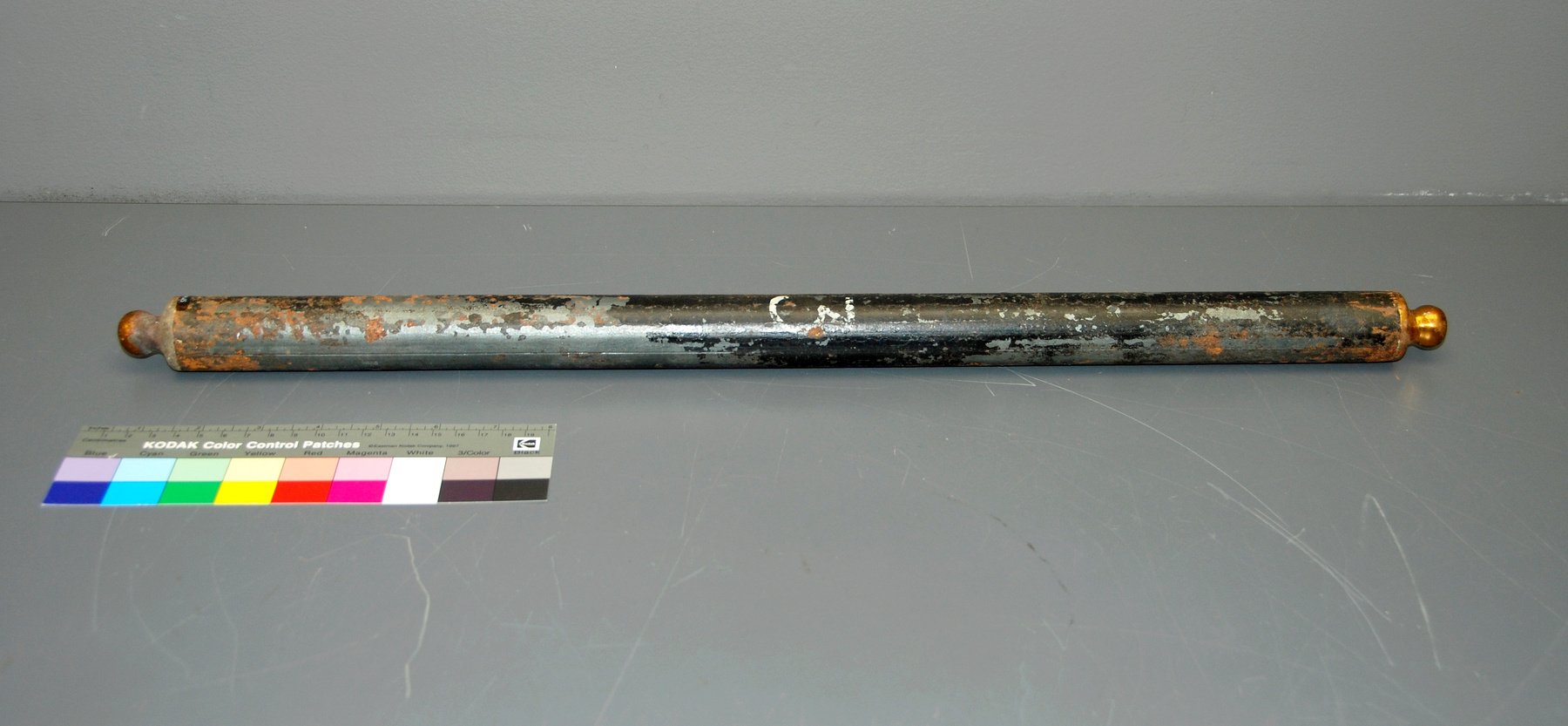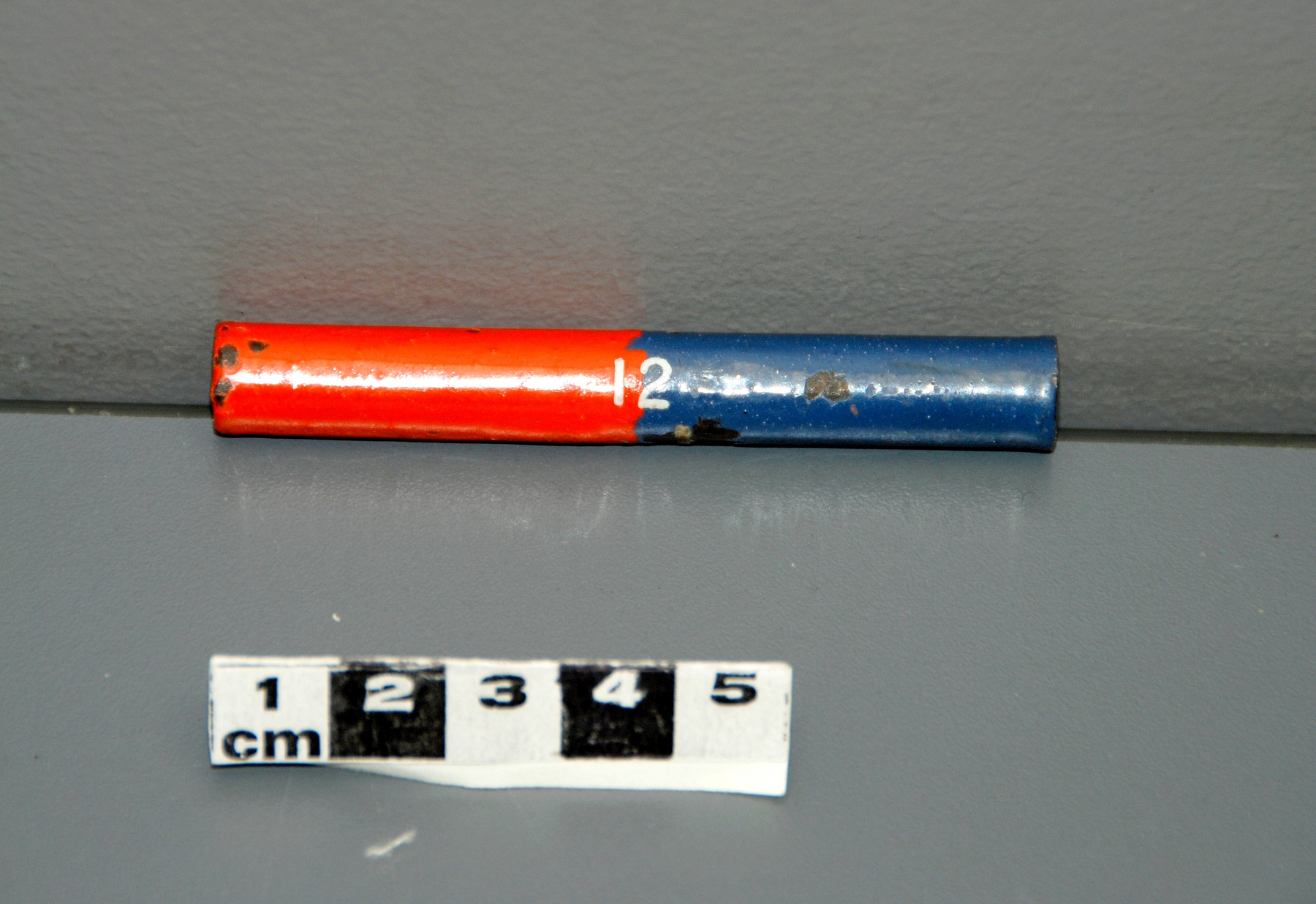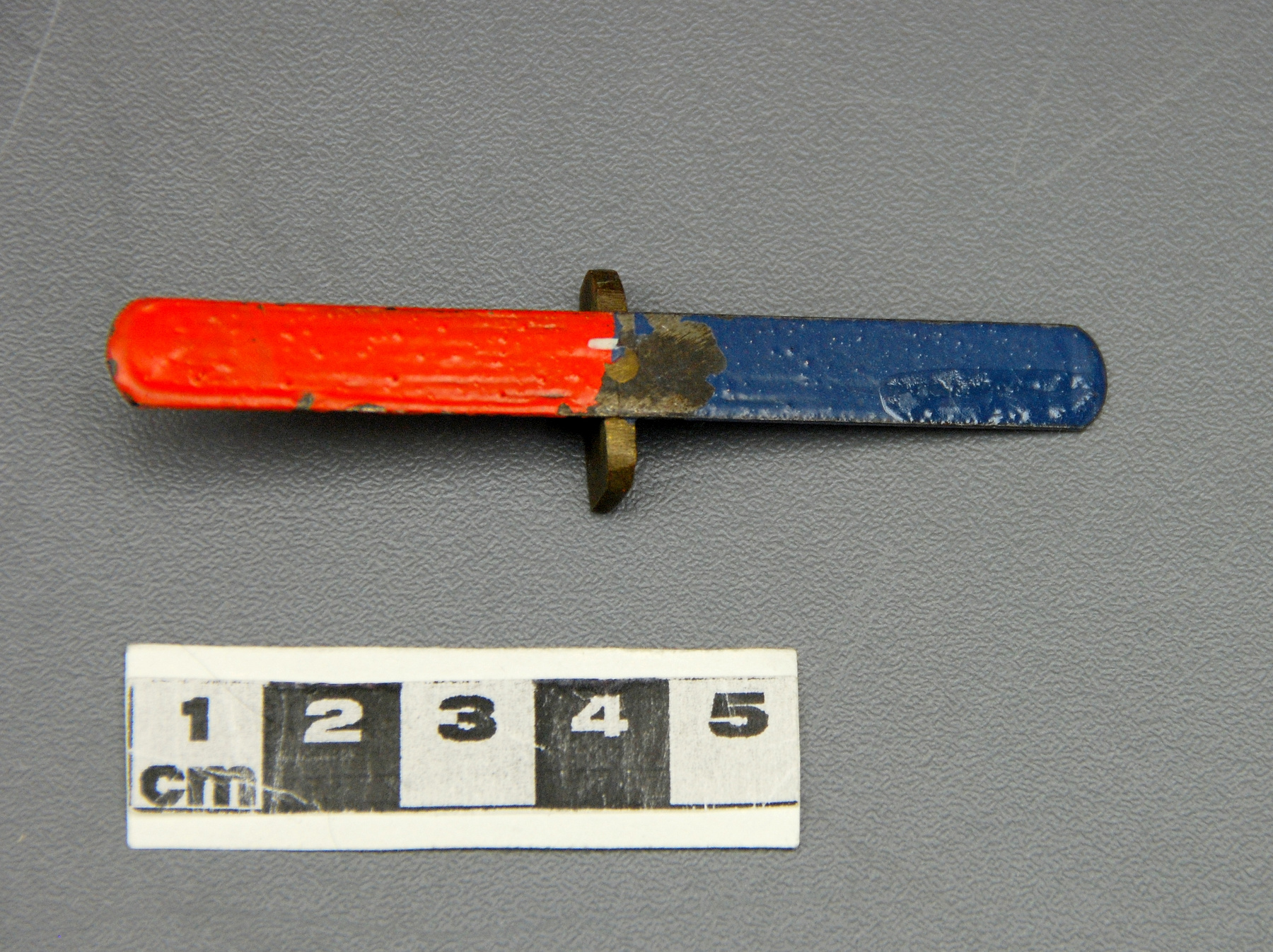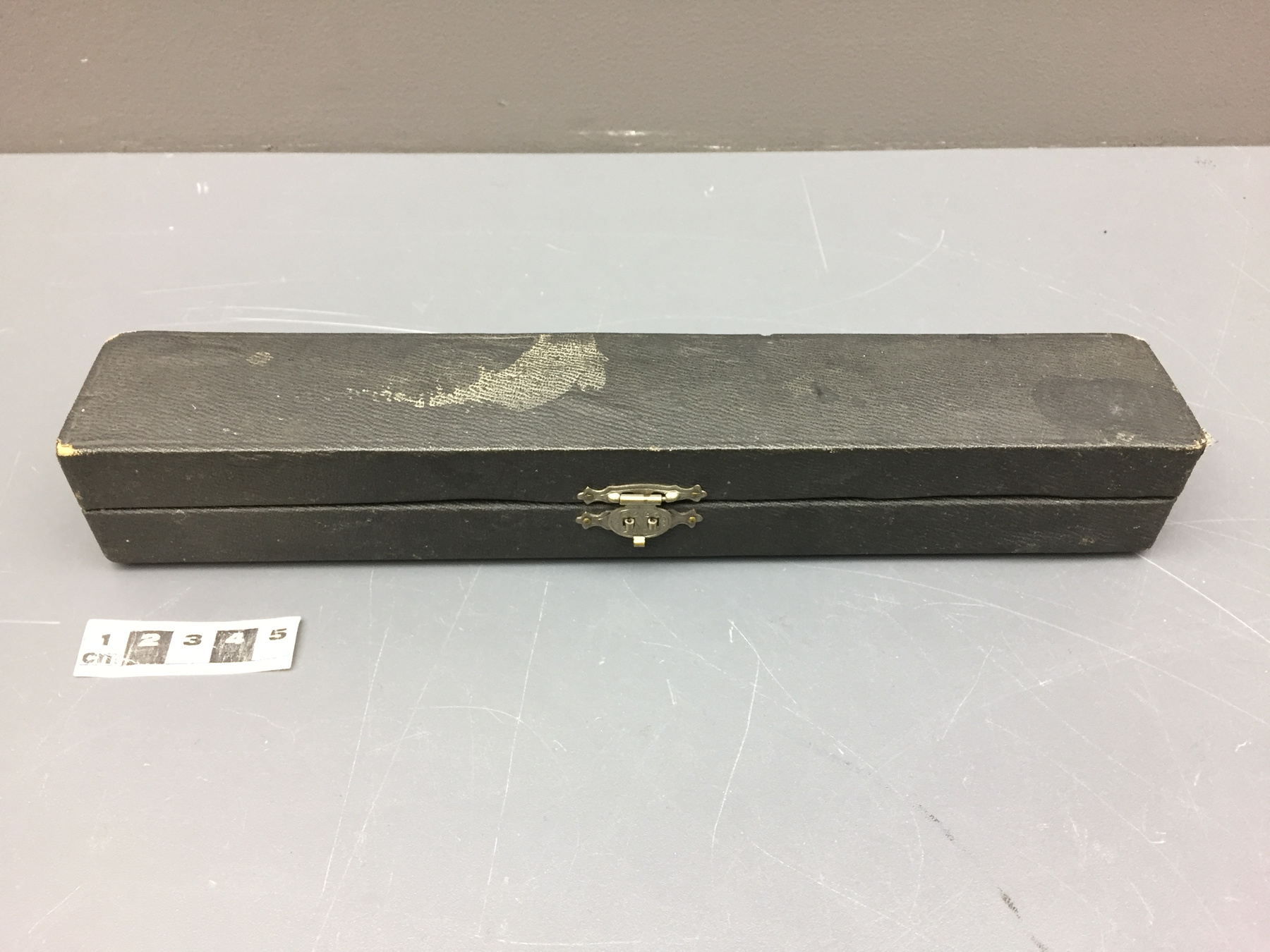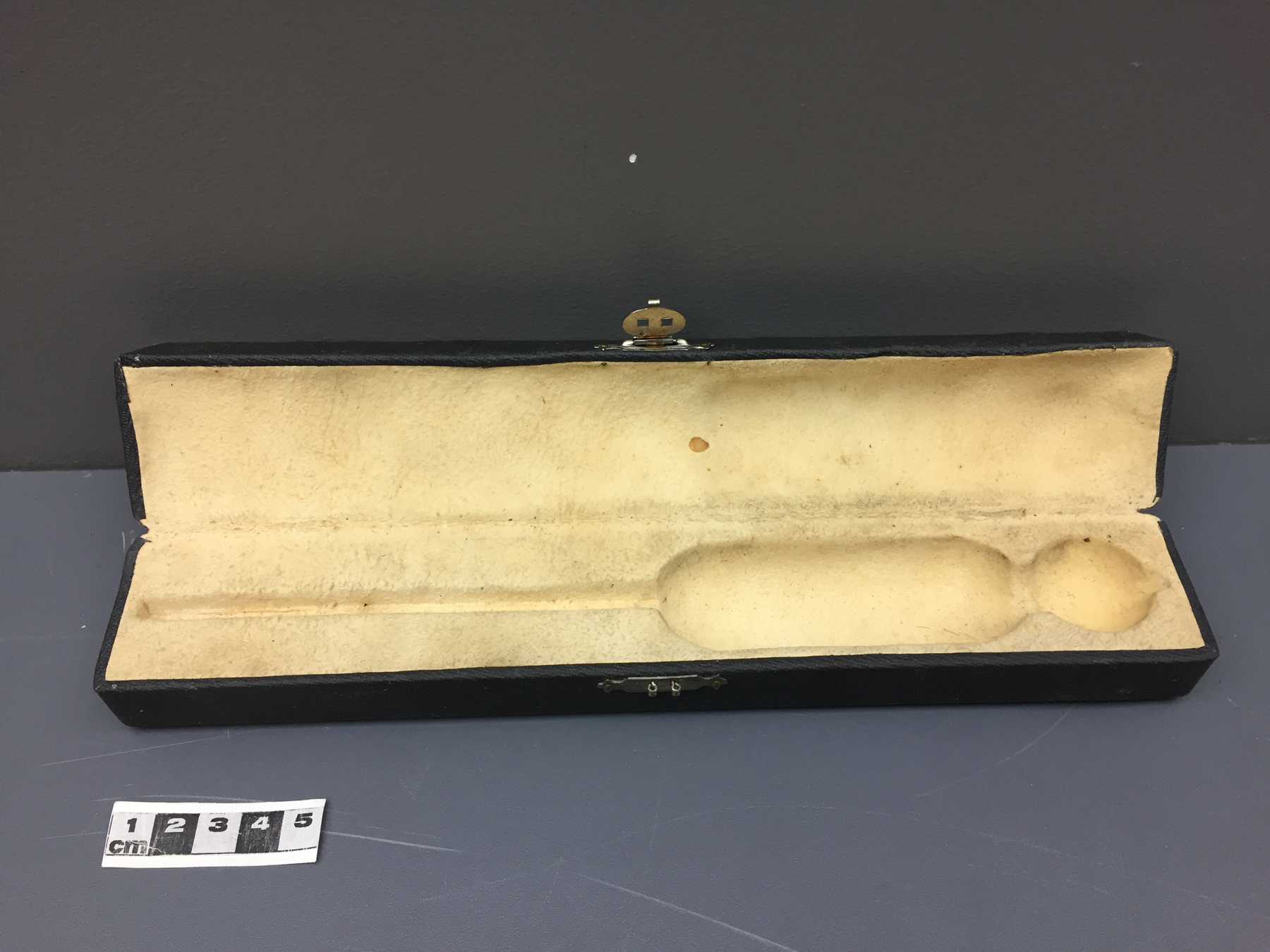Case, hydrometer
Use this image
Can I reuse this image without permission? Yes
Object images on the Ingenium Collection’s portal have the following Creative Commons license:
Copyright Ingenium / CC BY-NC-ND (Attribution-NonCommercial 4.0 International (CC BY-NC 4.0)
ATTRIBUTE THIS IMAGE
Ingenium,
2016.0145.002
Permalink:
Ingenium is releasing this image under the Creative Commons licensing framework, and encourages downloading and reuse for non-commercial purposes. Please acknowledge Ingenium and cite the artifact number.
DOWNLOAD IMAGEPURCHASE THIS IMAGE
This image is free for non-commercial use.
For commercial use, please consult our Reproduction Fees and contact us to purchase the image.
- OBJECT TYPE
- N/A
- DATE
- 1892
- ARTIFACT NUMBER
- 2016.0145.002
- MANUFACTURER
- Unknown
- MODEL
- 112
- LOCATION
- Nuremberg, Germany
More Information
General Information
- Serial #
- N/A
- Part Number
- 2
- Total Parts
- 2
- AKA
- N/A
- Patents
- N/A
- General Description
- Wood, fabric, leather and metal.
Dimensions
Note: These reflect the general size for storage and are not necessarily representative of the object's true dimensions.
- Length
- 27.5 cm
- Width
- 5.0 cm
- Height
- 4.5 cm
- Thickness
- N/A
- Weight
- N/A
- Diameter
- N/A
- Volume
- N/A
Lexicon
- Group
- Agriculture
- Category
- Dairying
- Sub-Category
- N/A
Manufacturer
- AKA
- Unknown
- Country
- Germany
- State/Province
- Unknown
- City
- Nuremberg
Context
- Country
- Unknown
- State/Province
- Unknown
- Period
- Unknown
- Canada
-
Taken from acquisition worksheet: The lactometer belonged to a German veterinarian and meat inspector, Karl Johann Hochstein, whose descendants now live in Canada. Hochstein was born, according to Beate Kuprath, on March 28, 1873 in Ühlfeld Nürnberg (Nuremberg) and died in Lauf/Pegnitz in 1966. - Function
-
A lactometer assesses the purity of a milk sample by measuring its fat content. - Technical
-
Taken from acquisition worksheet: Lactometers such as these were used to assess the purity of milk. The mercury-filled instrument would float in relation to the fat content of the milk. If the milk had been adulterated with water, the lactometer would sink and give a reading indicating water content on a graduated scale. Governments in Europe and North America took responsibility for milk inspection in the last half of the nineteenth century as consumers began protesting about adulterated foods. “Consumer anxieties about hygiene and food safety emerged as food systems expanded and industrialized. Scandals in milk processing and meat-packing revealed lax standards and inspection, and, as Ann Vileisis argues, the increasing “scale, complexity, and anonymity” of North American food production. Governments responded with increased surveillance and regulation: Canada’s Food Adulteration Act of 1874 and the Pure Food and Drug Act in the United States in 1906 sought to restore confidence in food production through regulatory standards and inspection.” While this instrument was used in Germany, it is similar to the type of instrument used in North America. - Area Notes
-
Unknown
Details
- Markings
- None apparent.
- Missing
- Appears complete
- Finish
- Exterior: Wooden case wrapped in black fabric?. Non-ferrous silver metal clasp. Interior: Lined in cream coloured leather. Lining is molded to fit hydrometer securely.
- Decoration
- N/A
CITE THIS OBJECT
If you choose to share our information about this collection object, please cite:
Unknown Manufacturer, Case, hydrometer, circa 1892, Artifact no. 2016.0145, Ingenium – Canada’s Museums of Science and Innovation, http://collections.ingeniumcanada.org/en/id/2016.0145.002/
FEEDBACK
Submit a question or comment about this artifact.
More Like This
